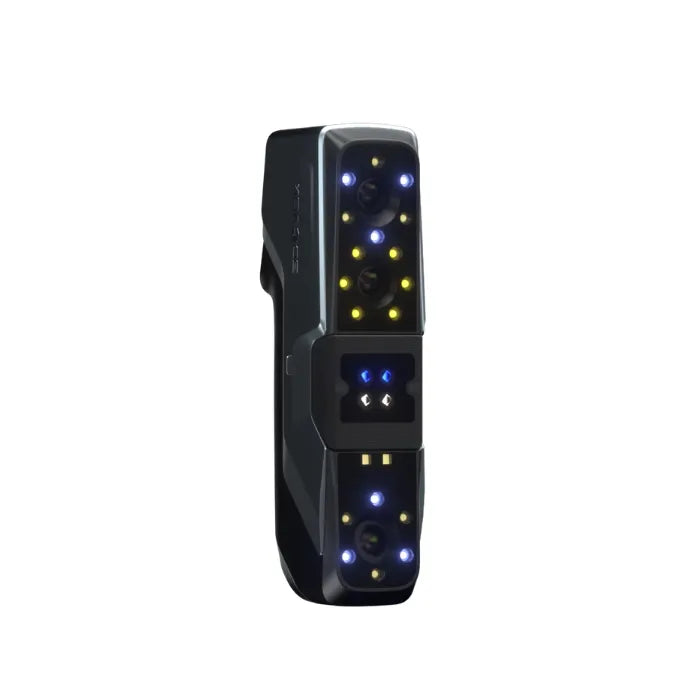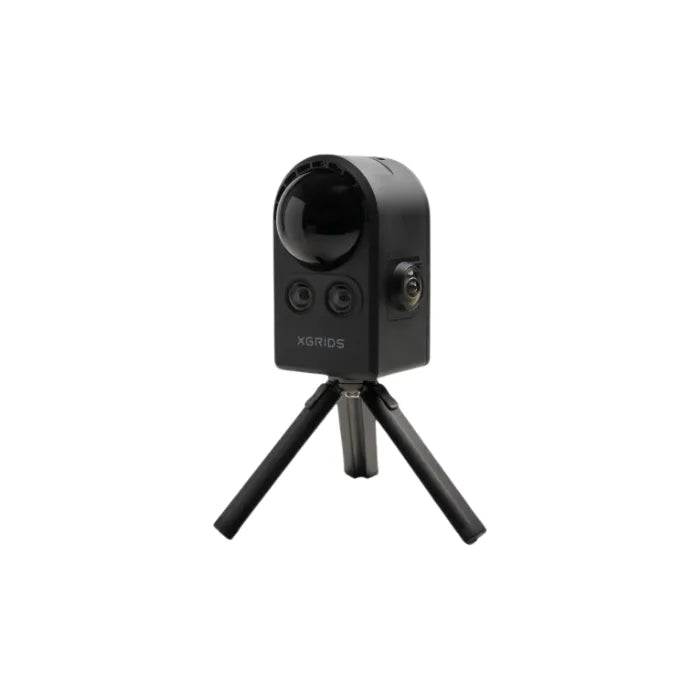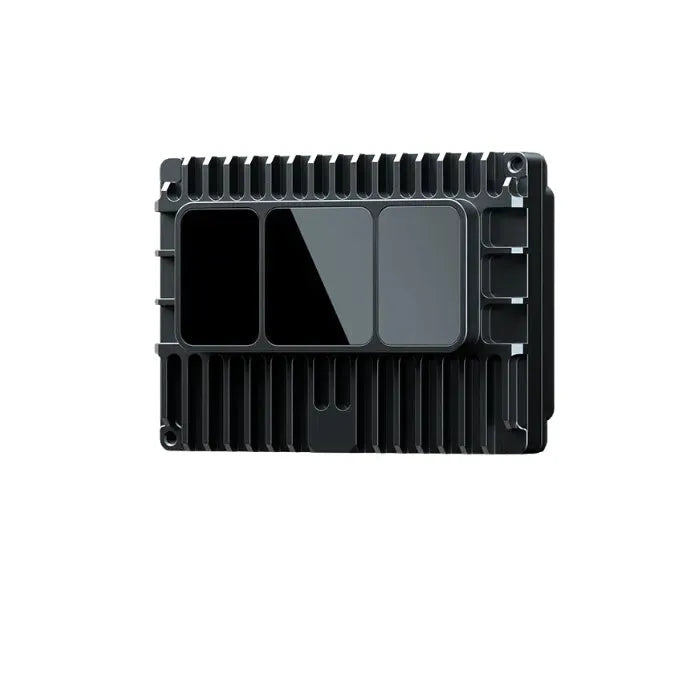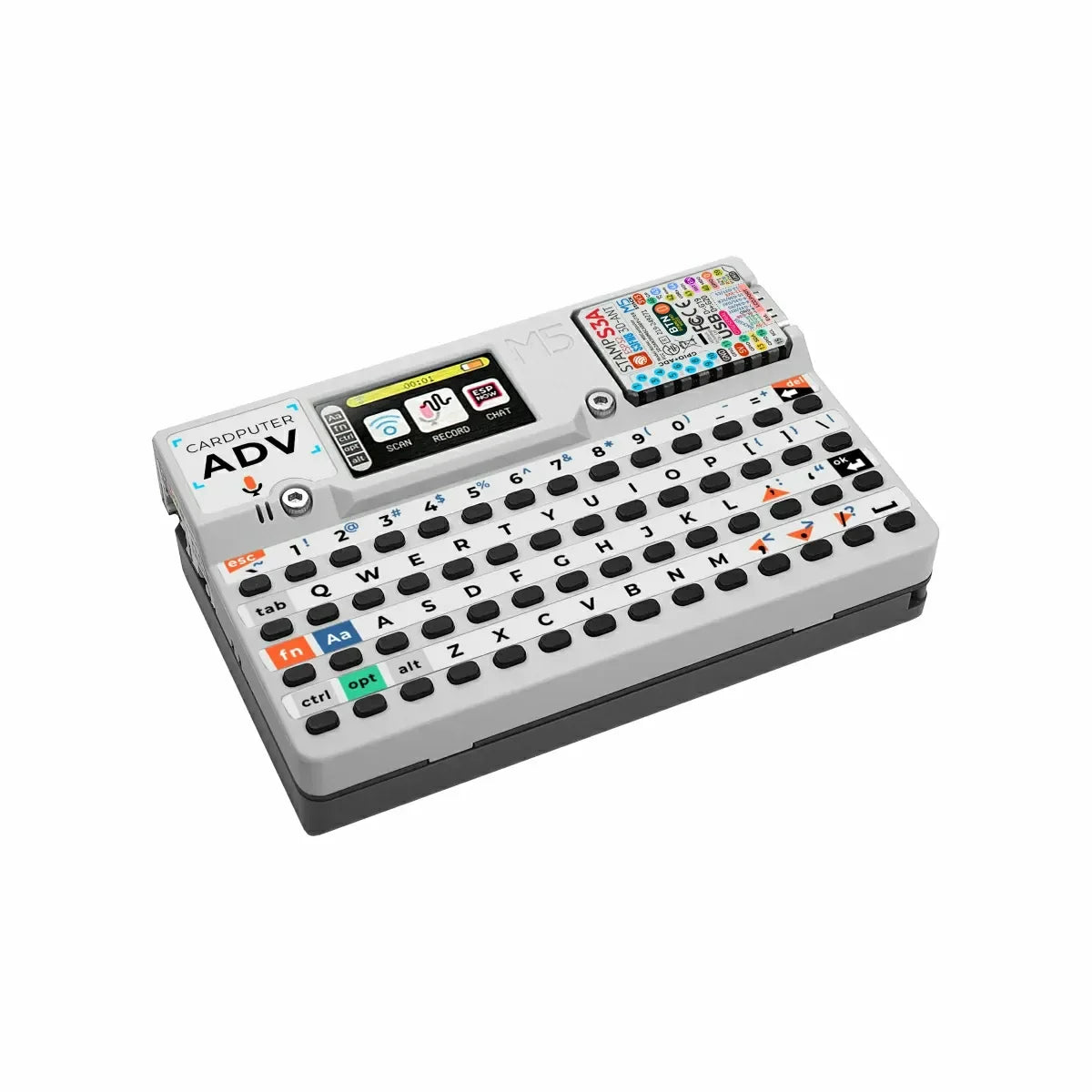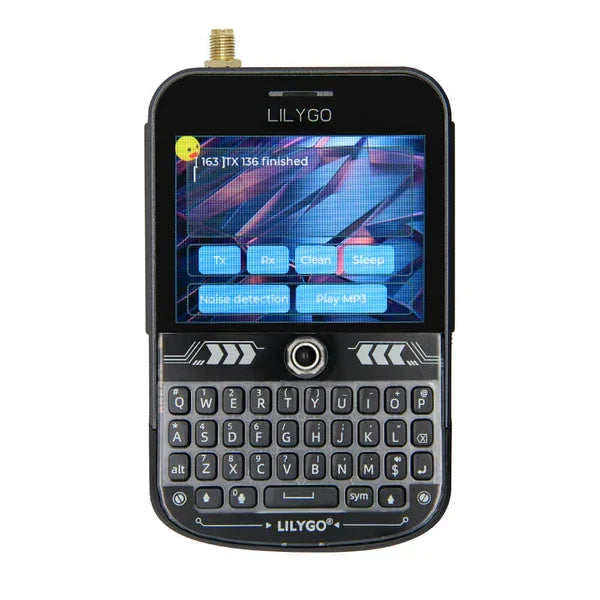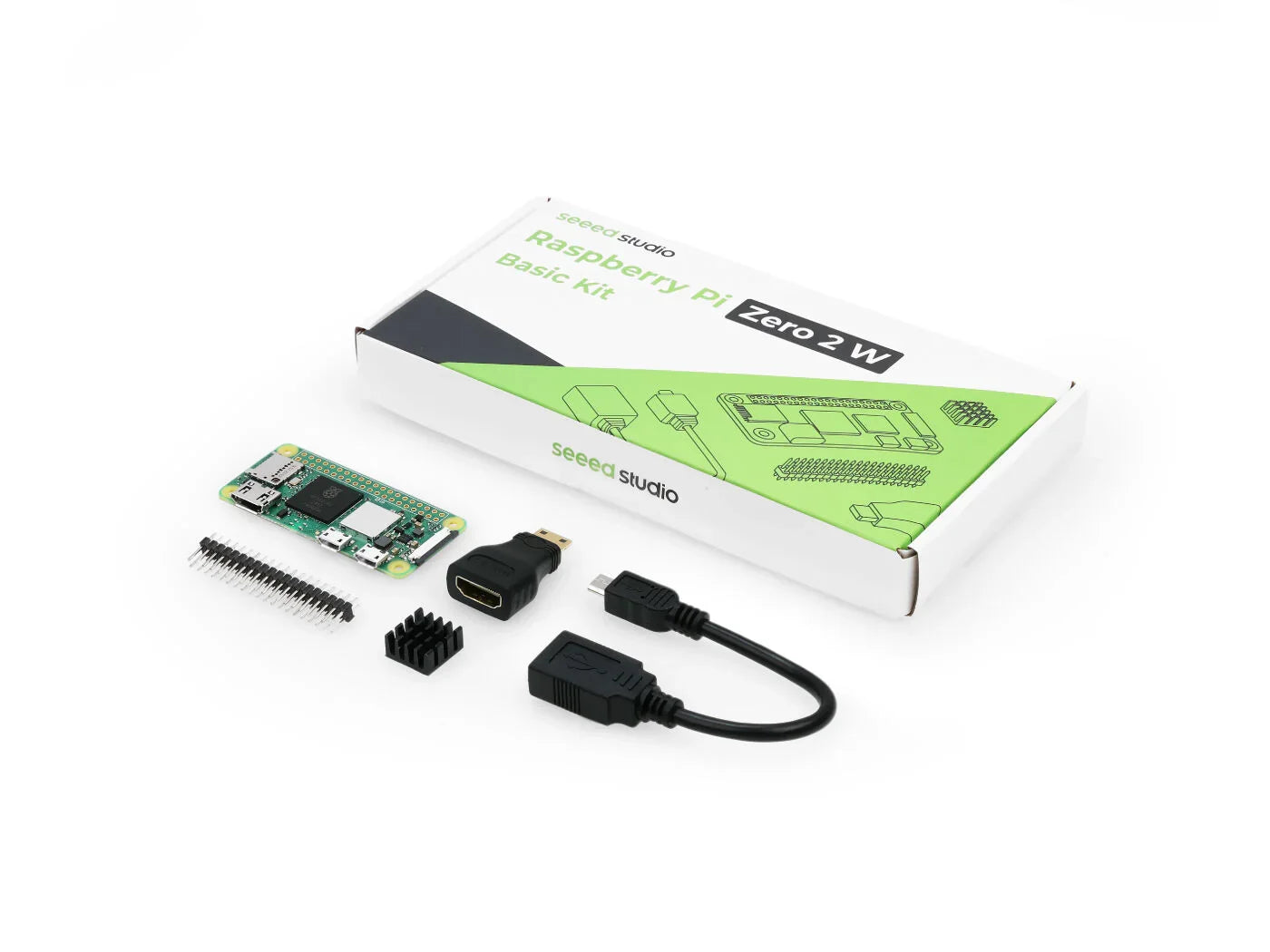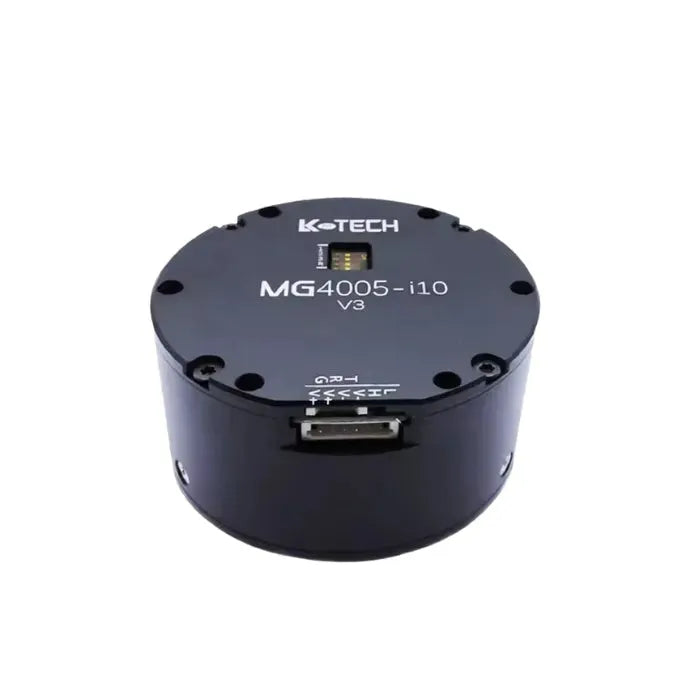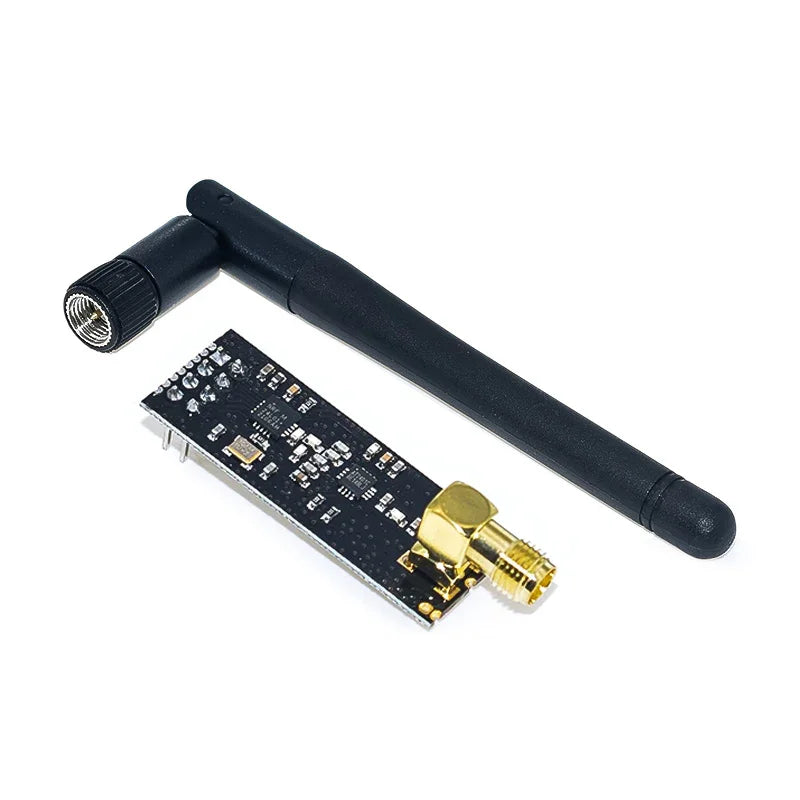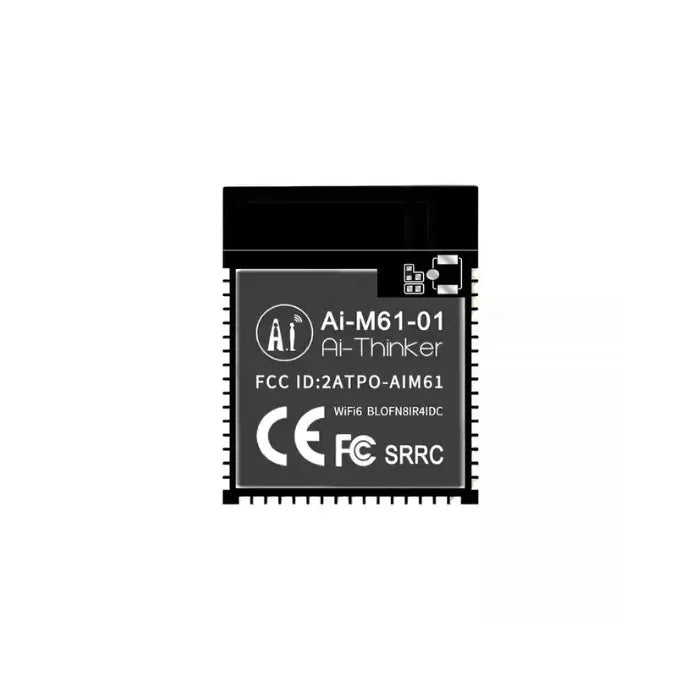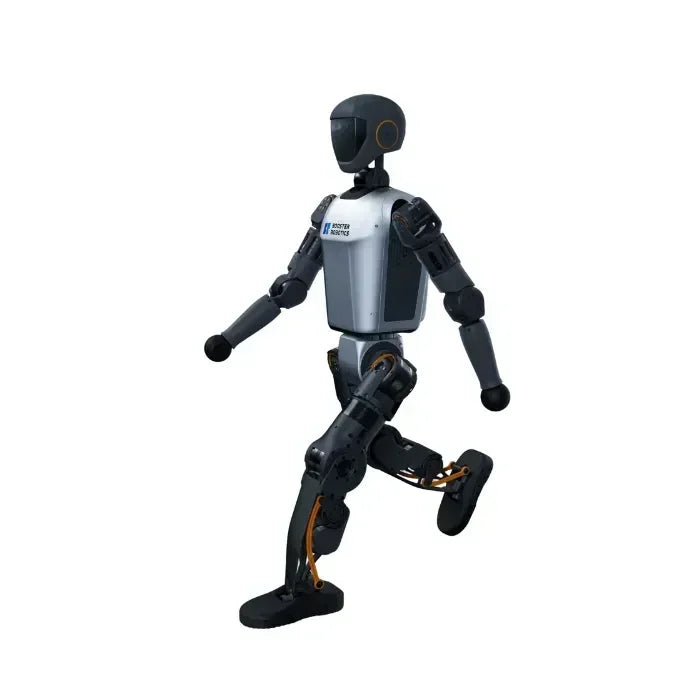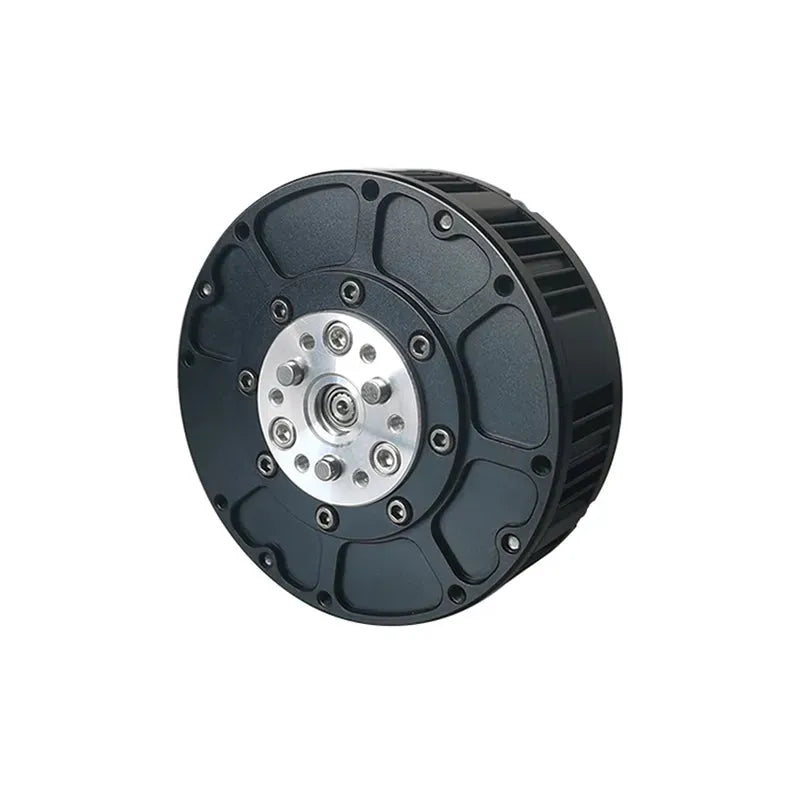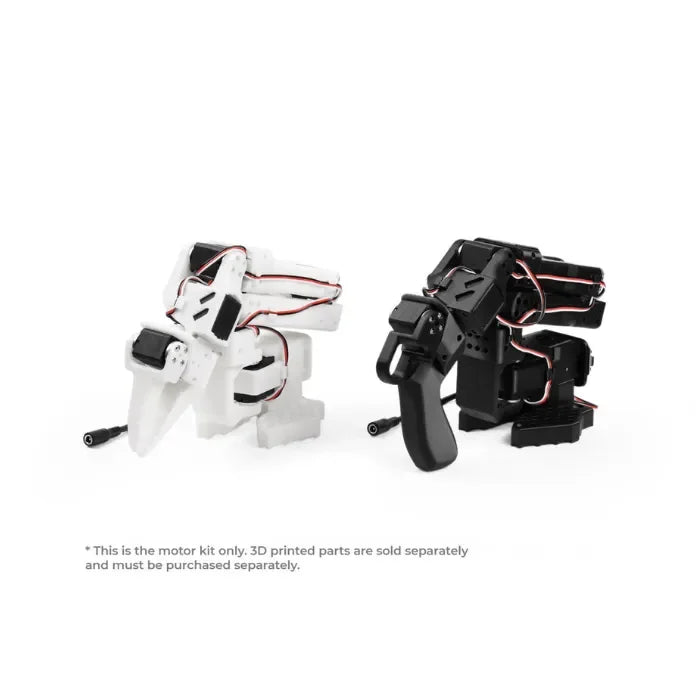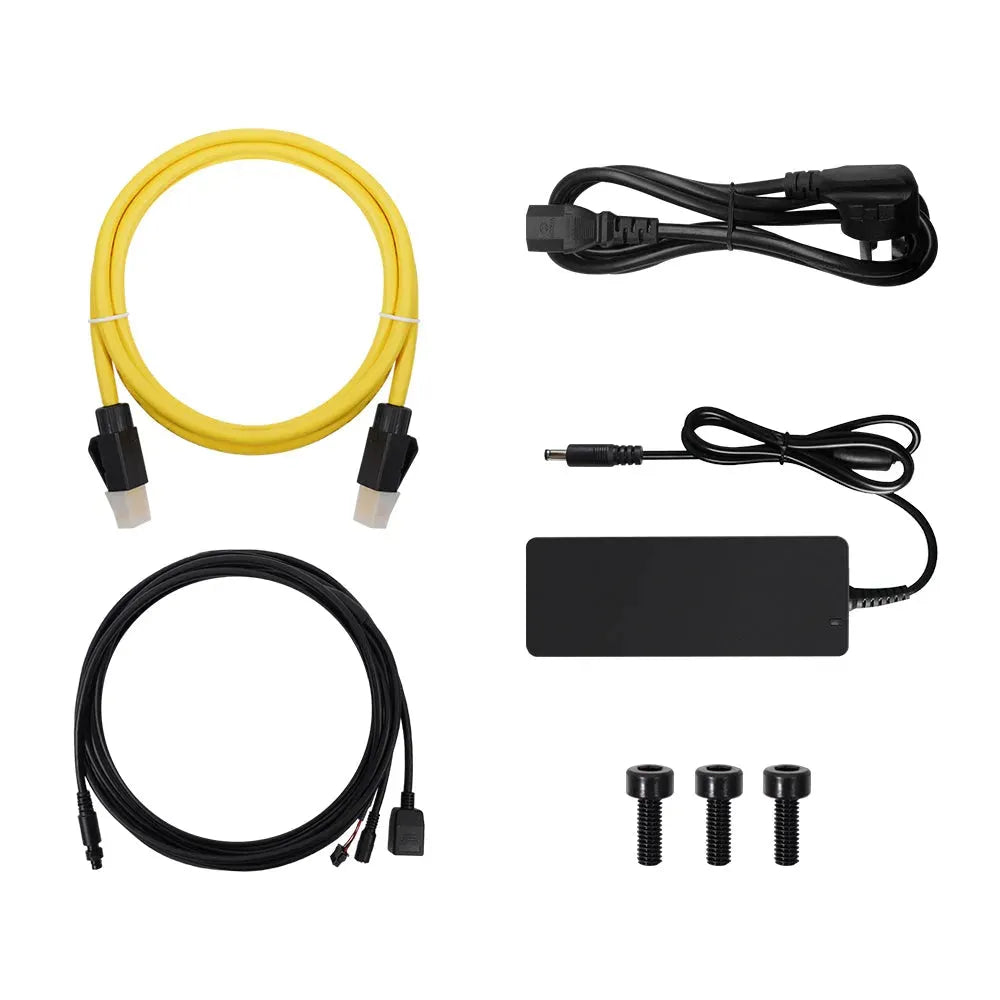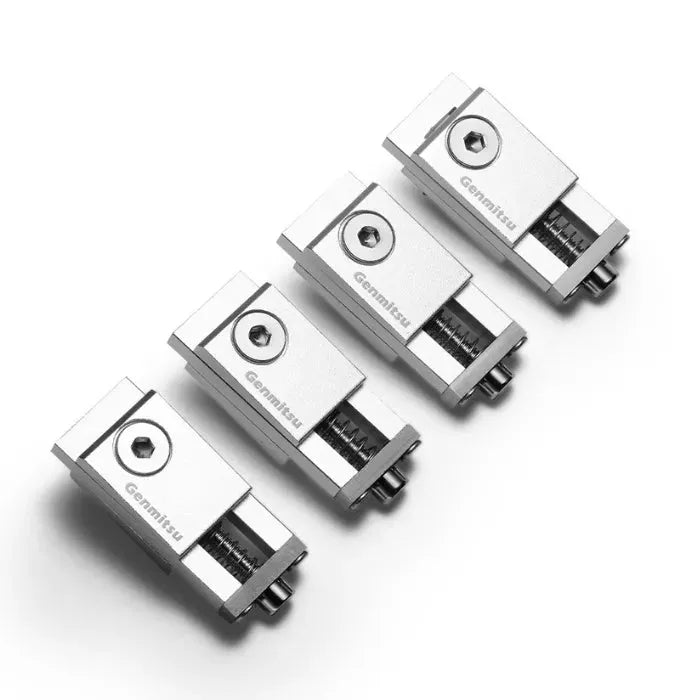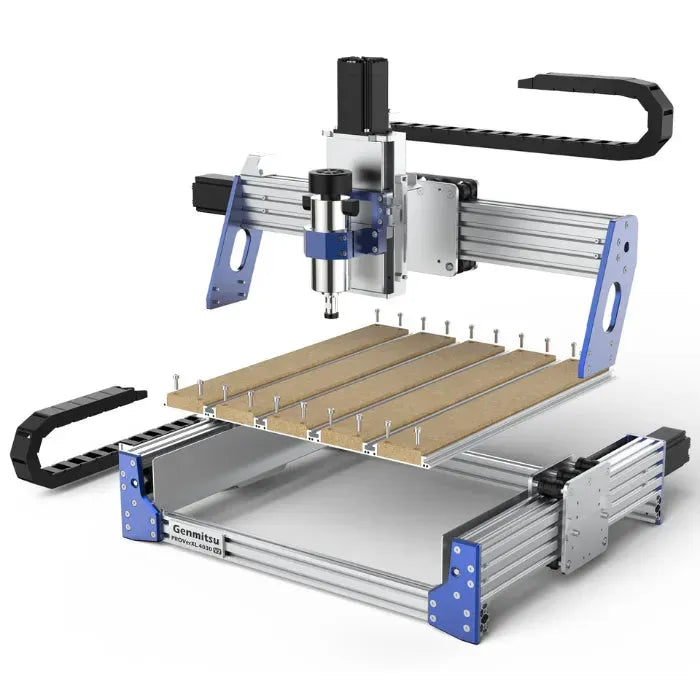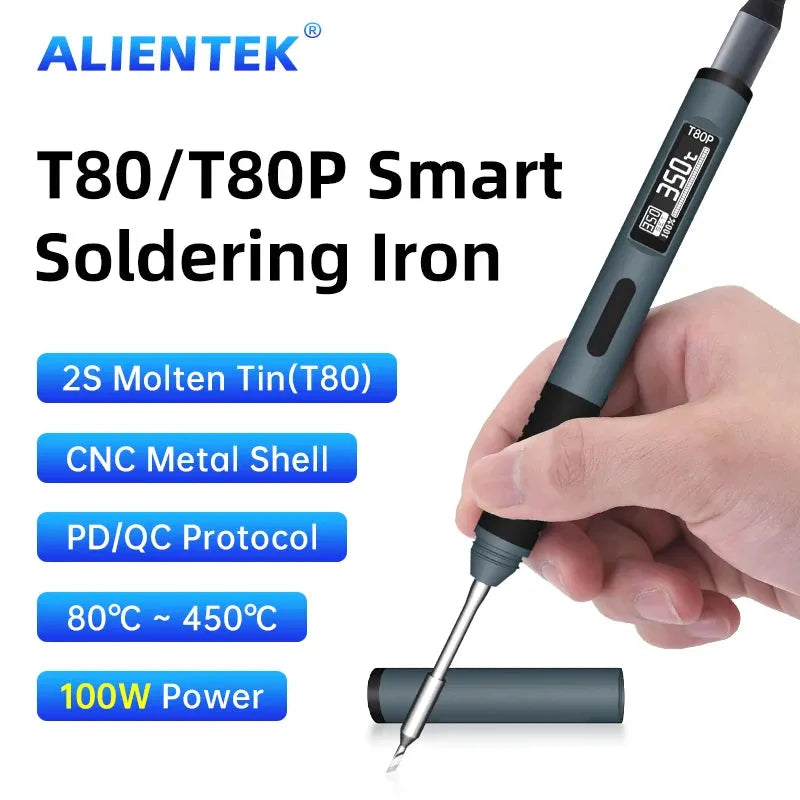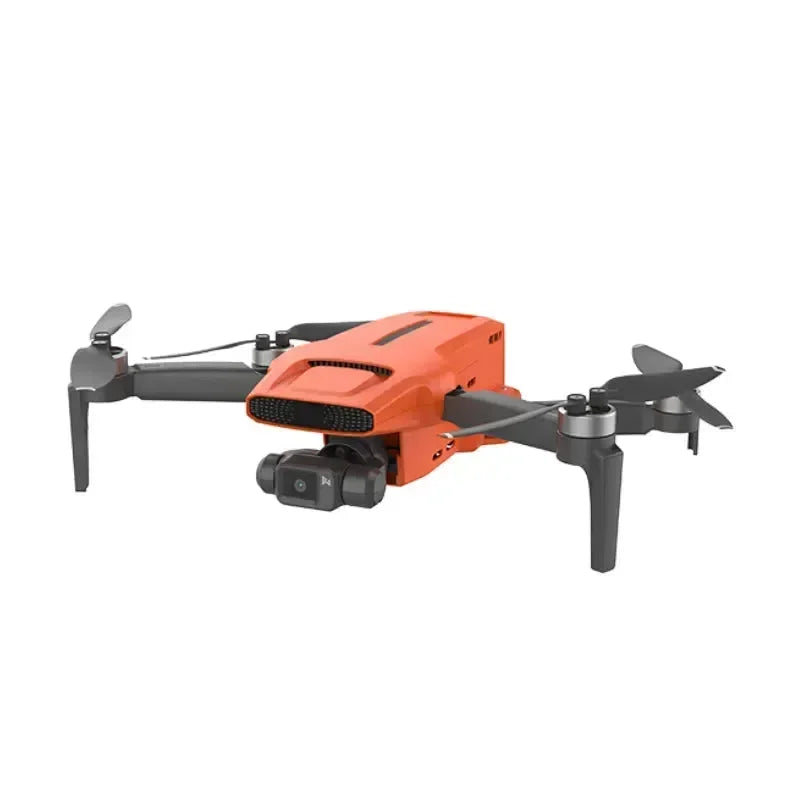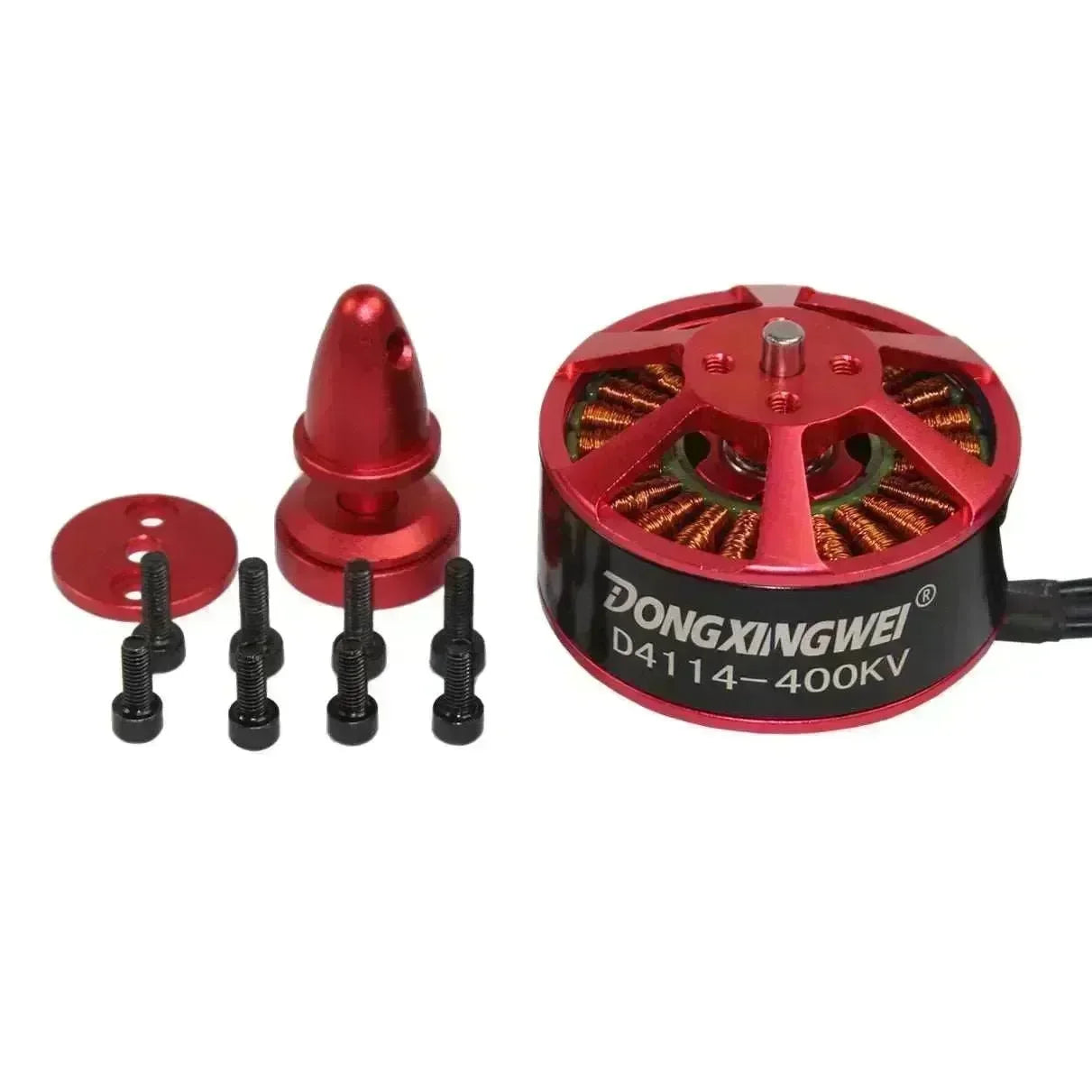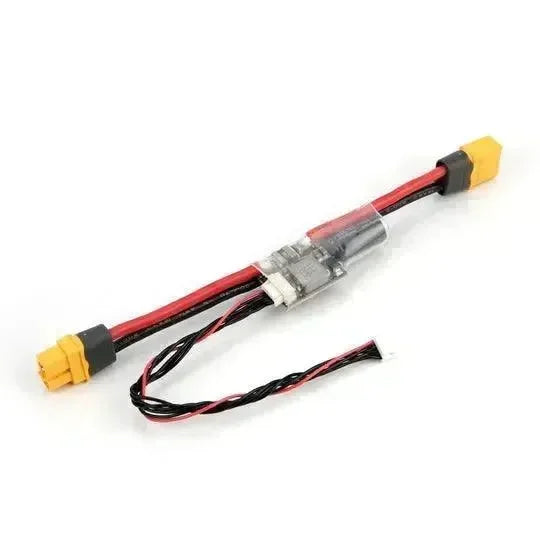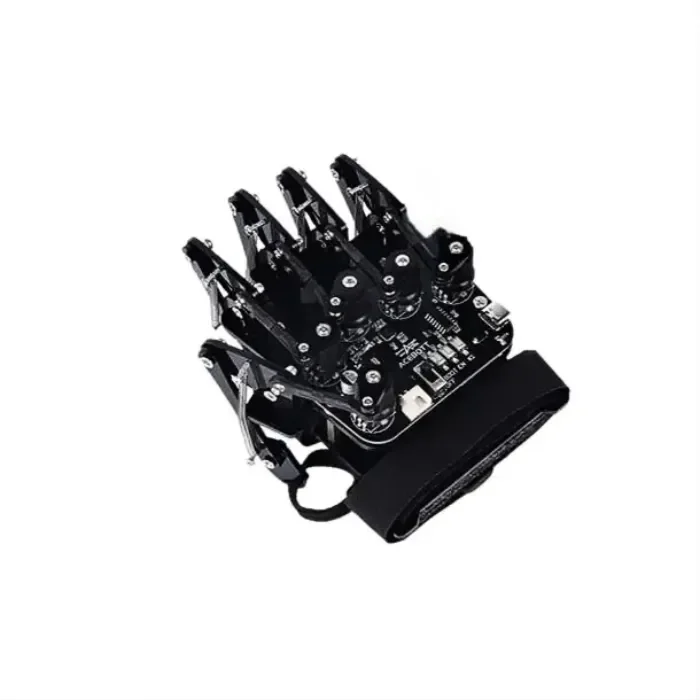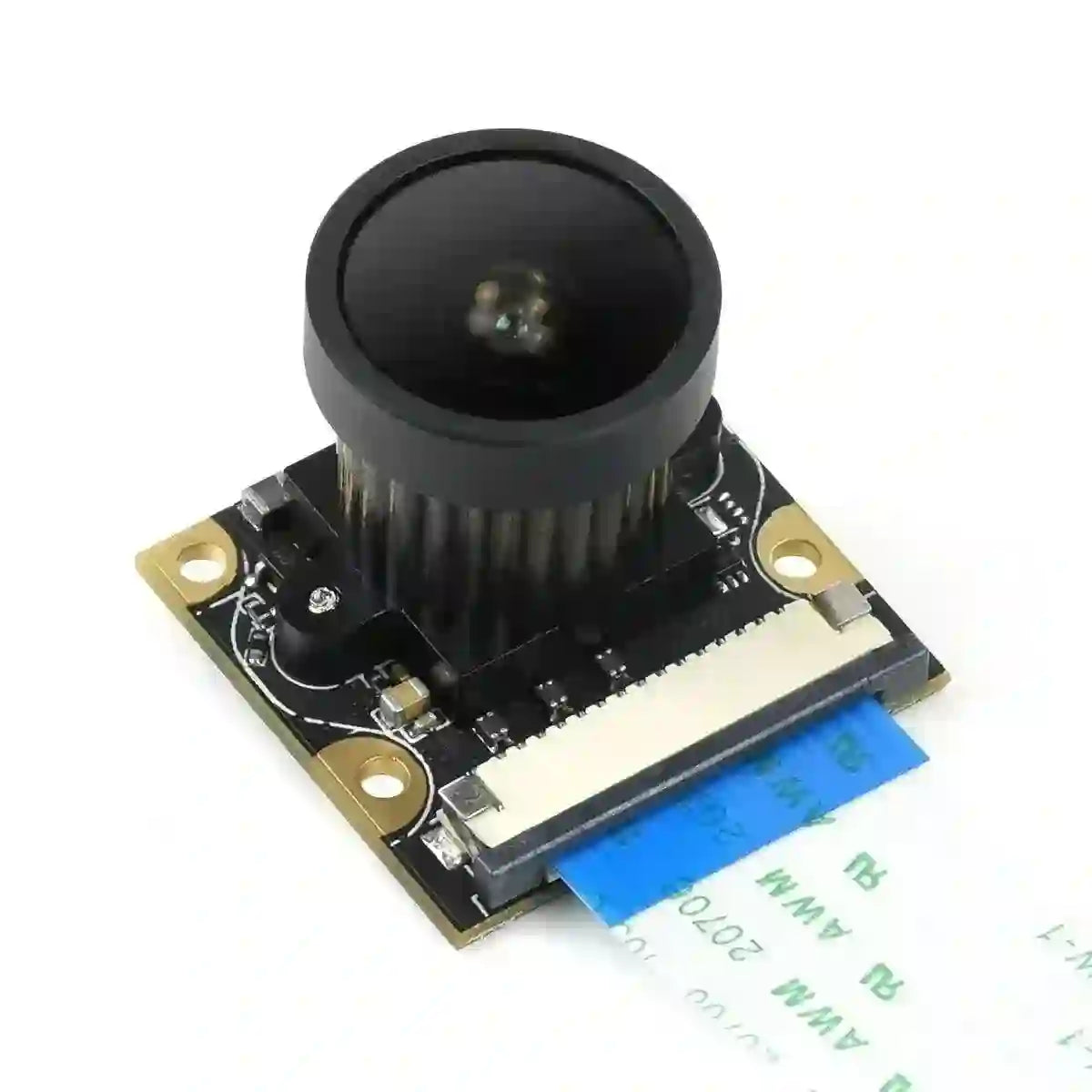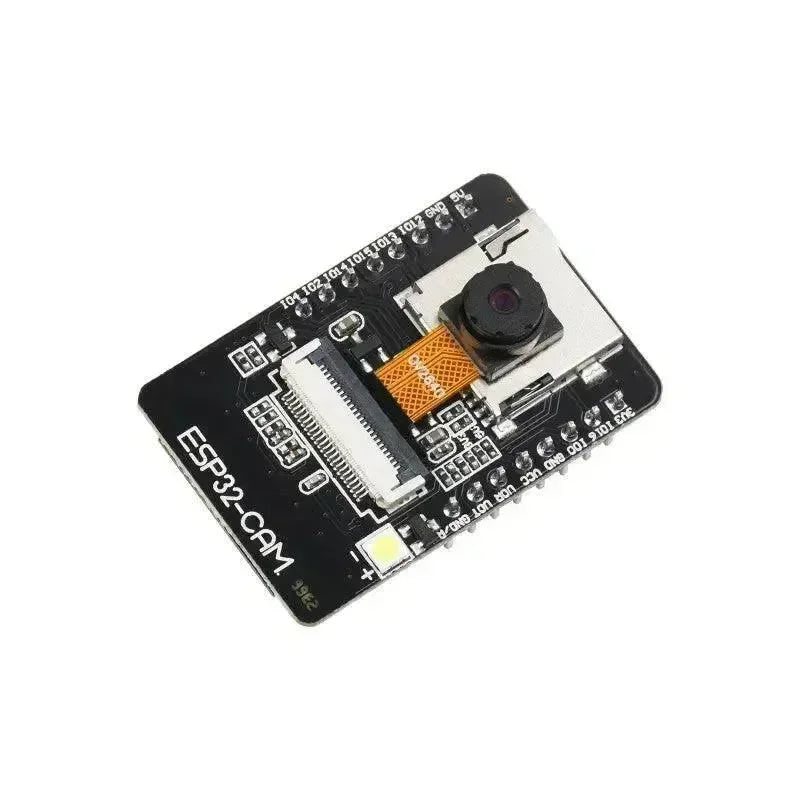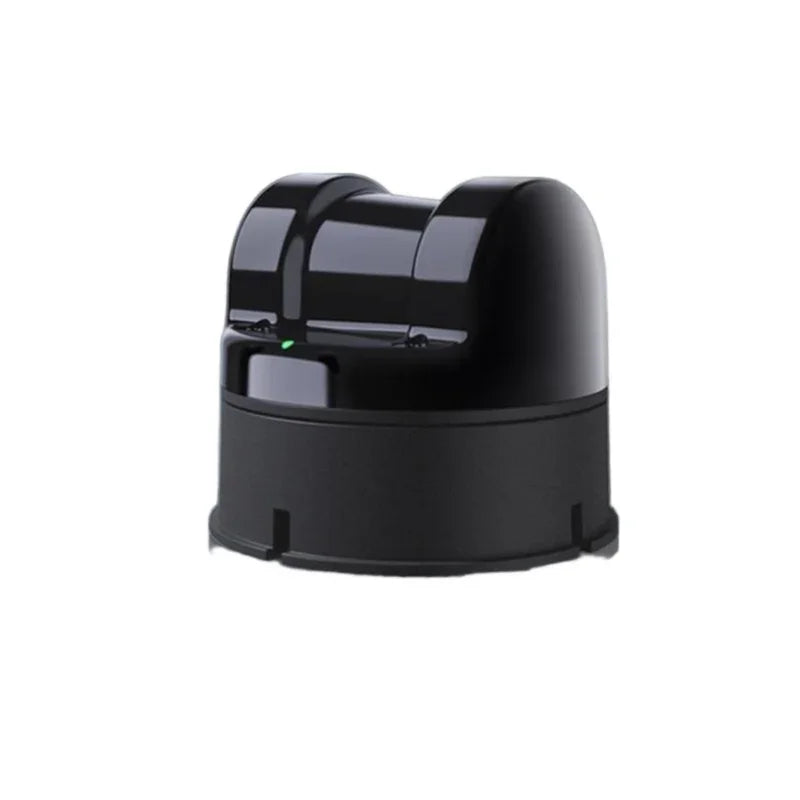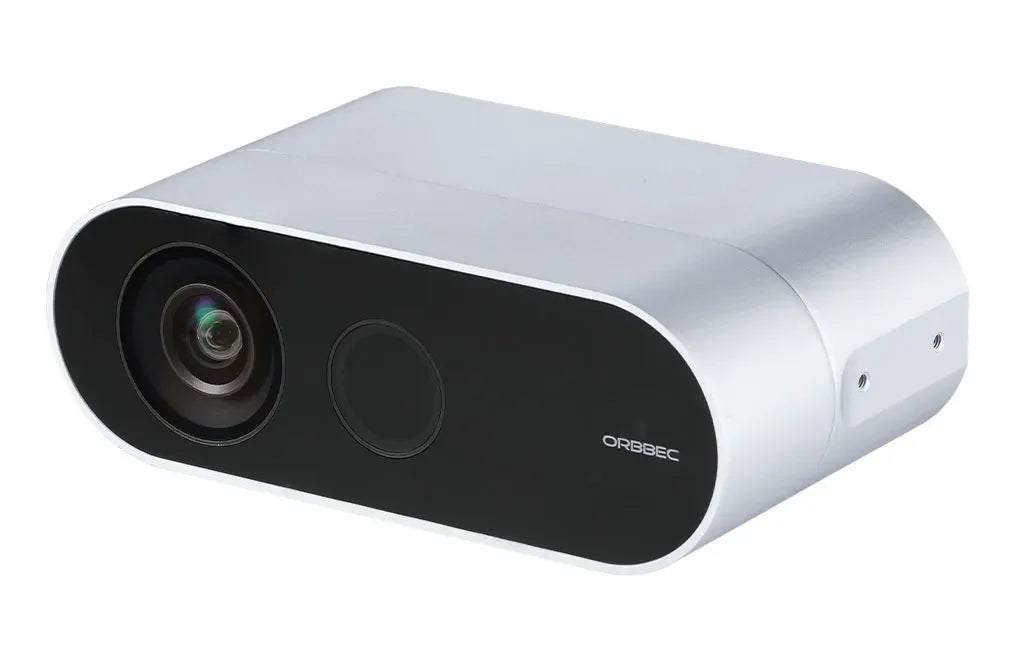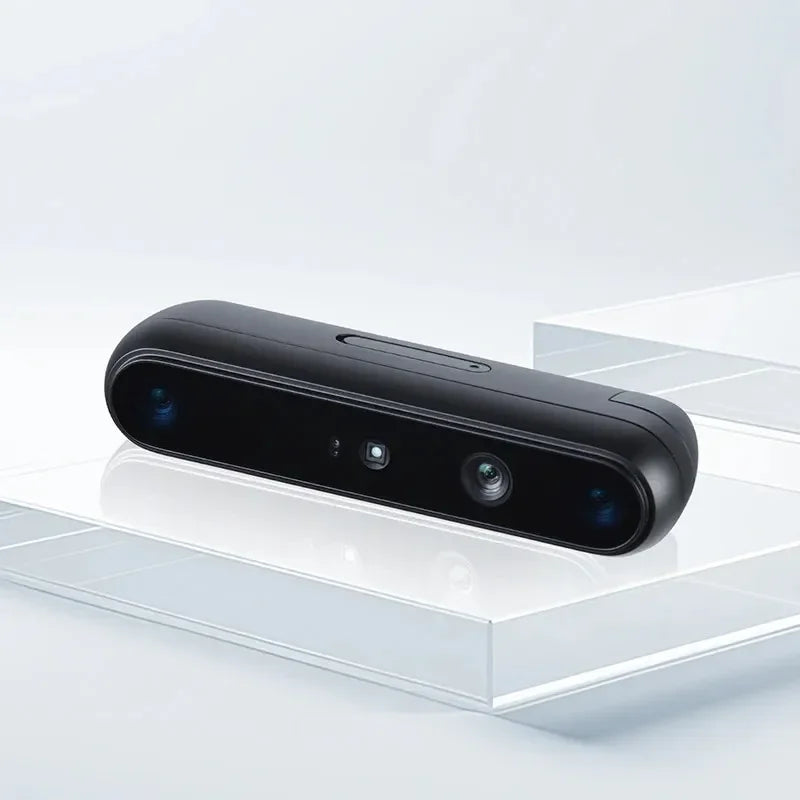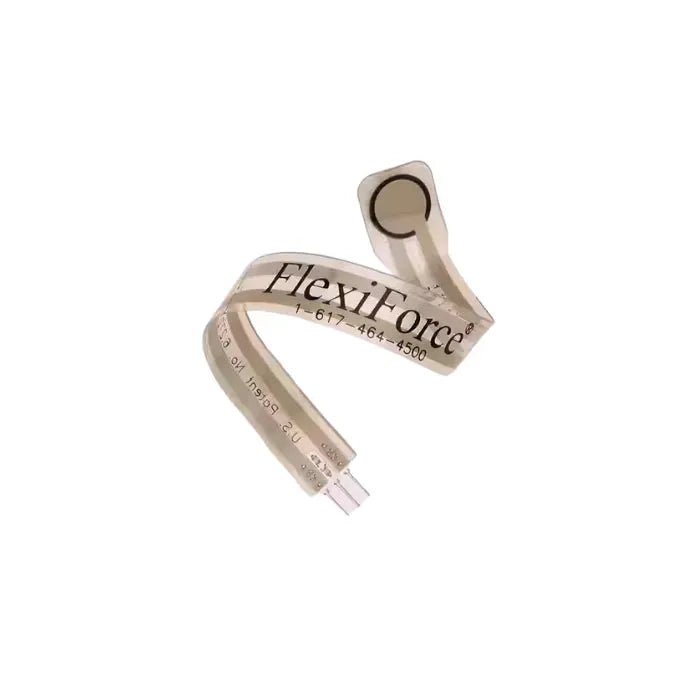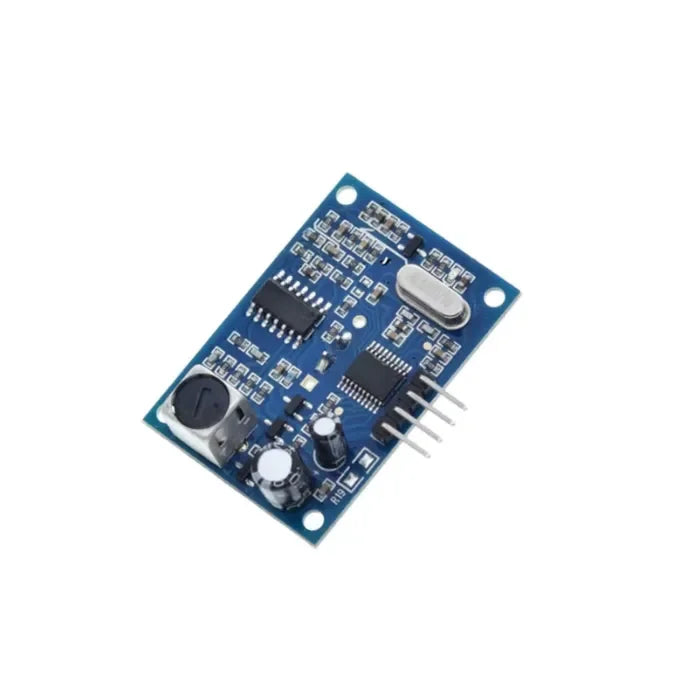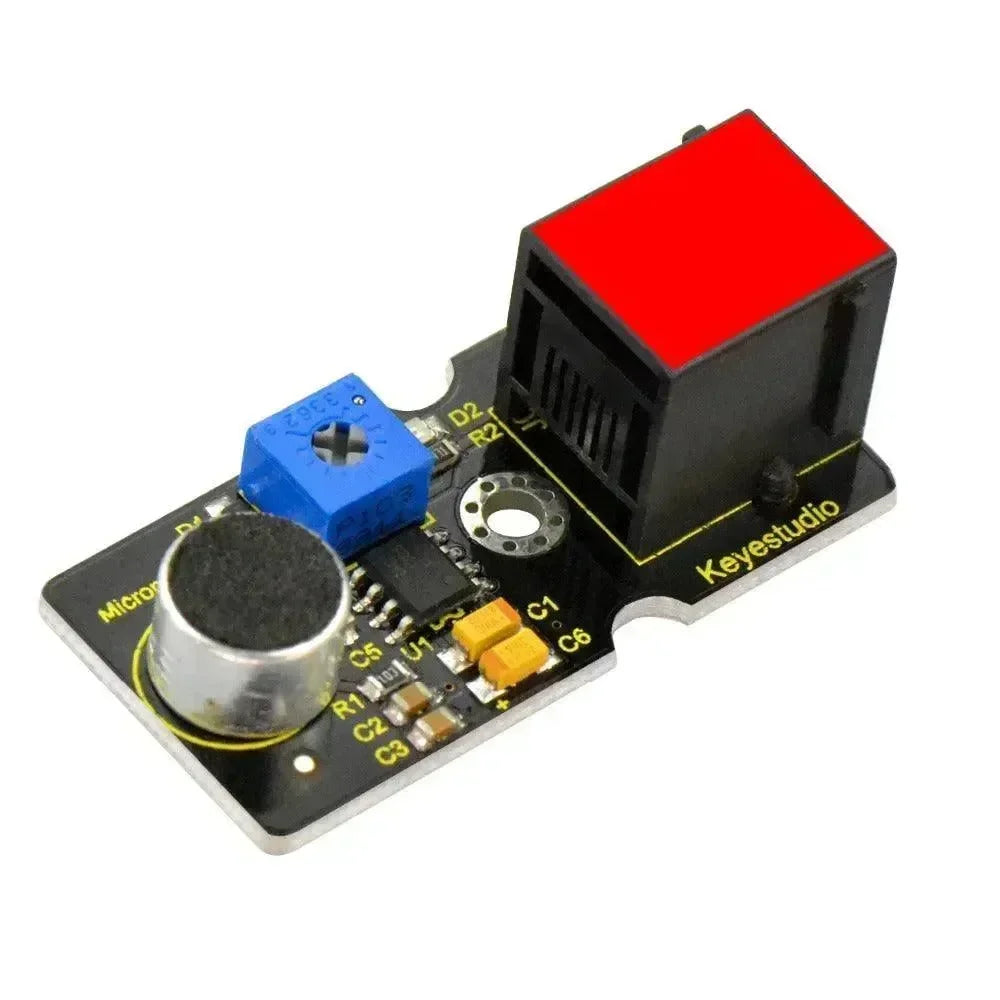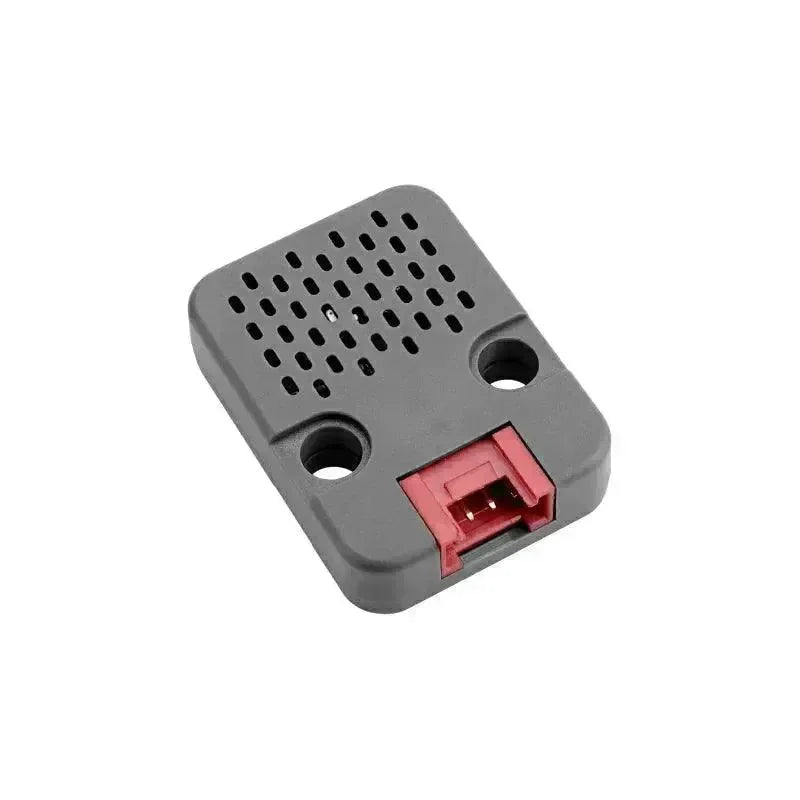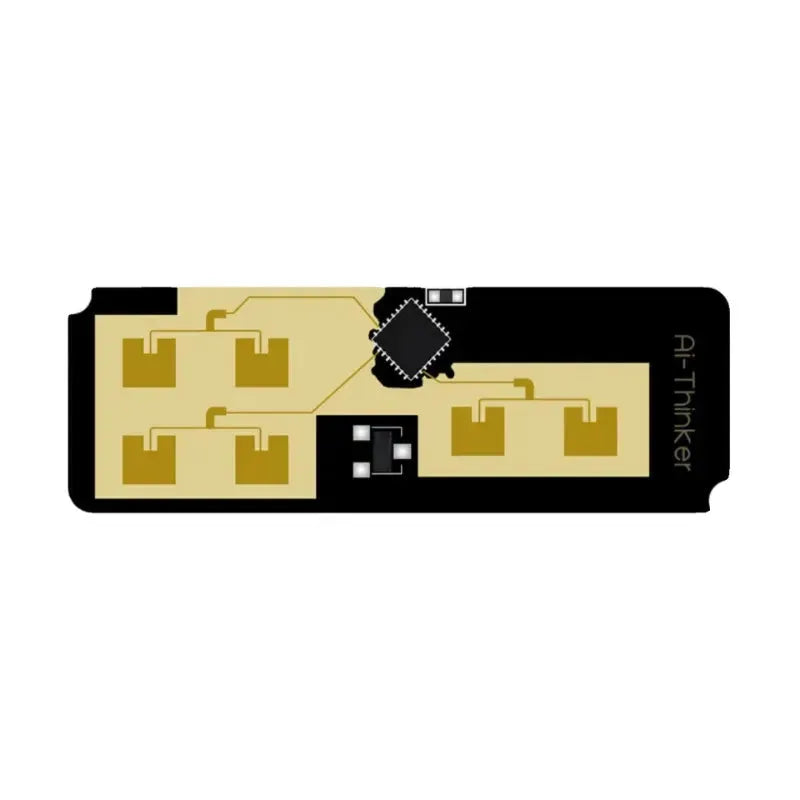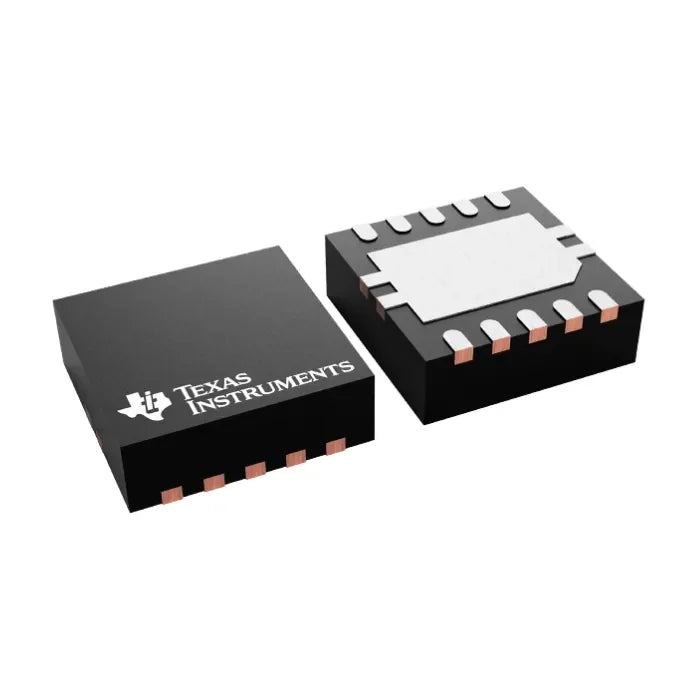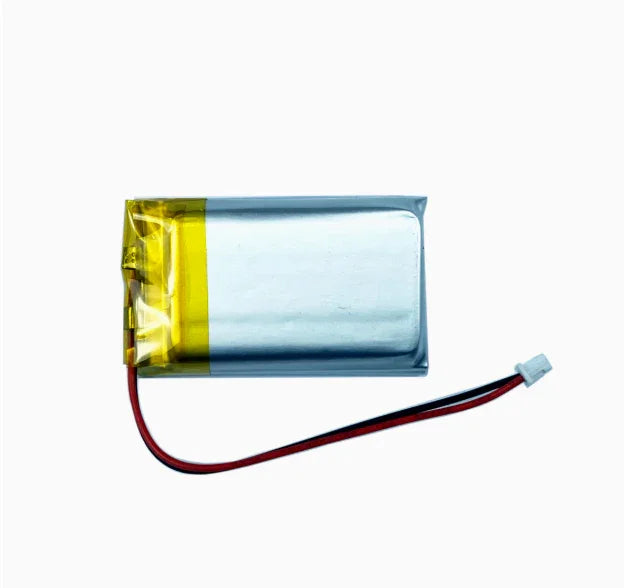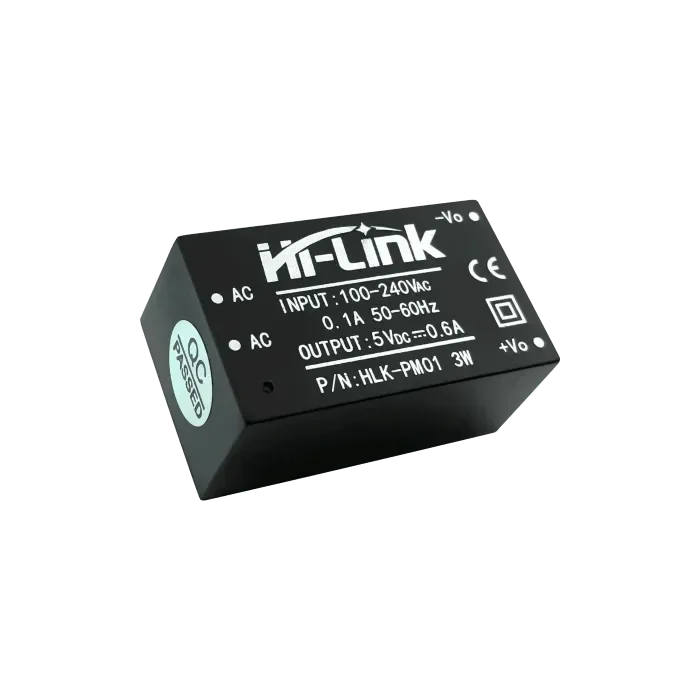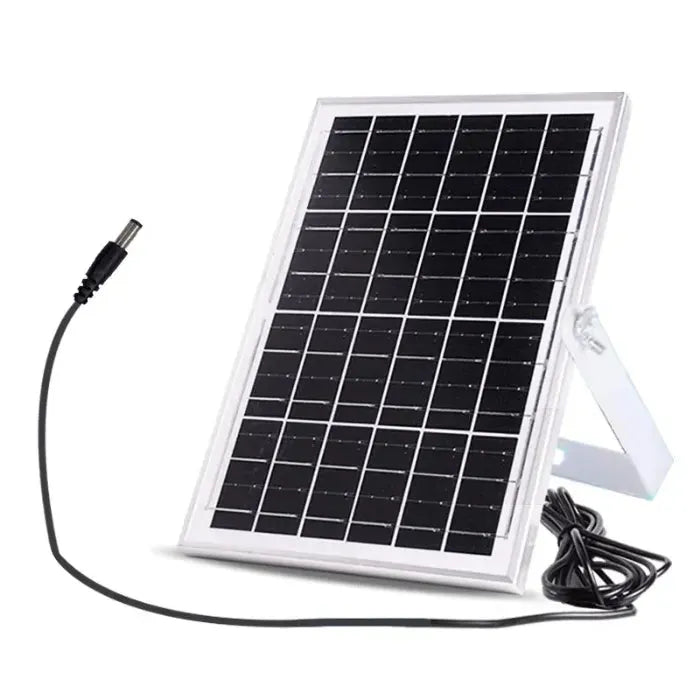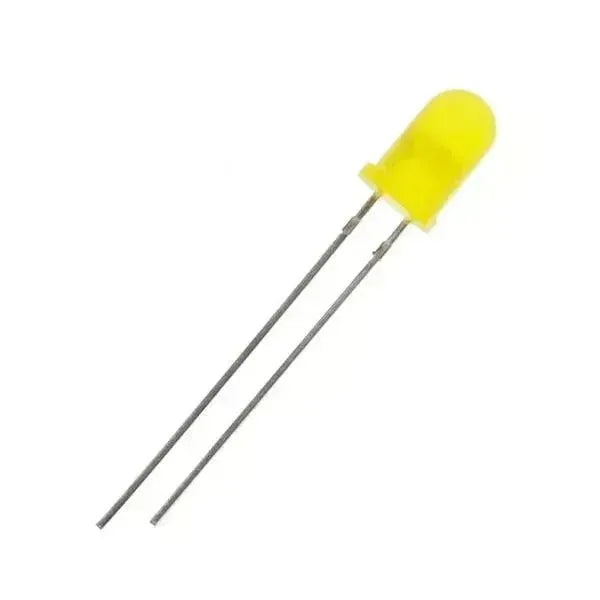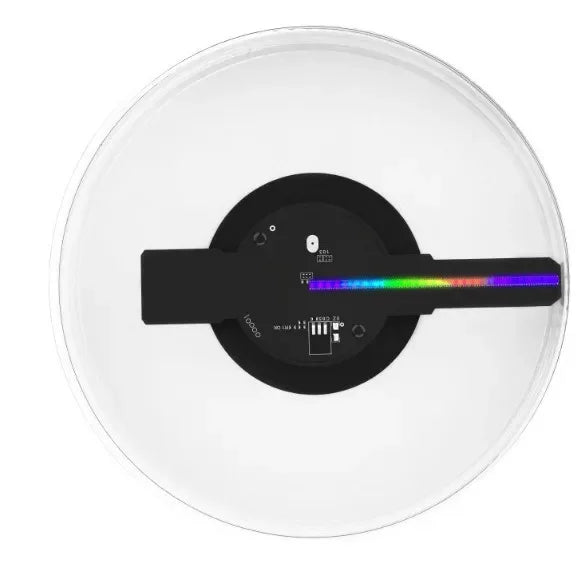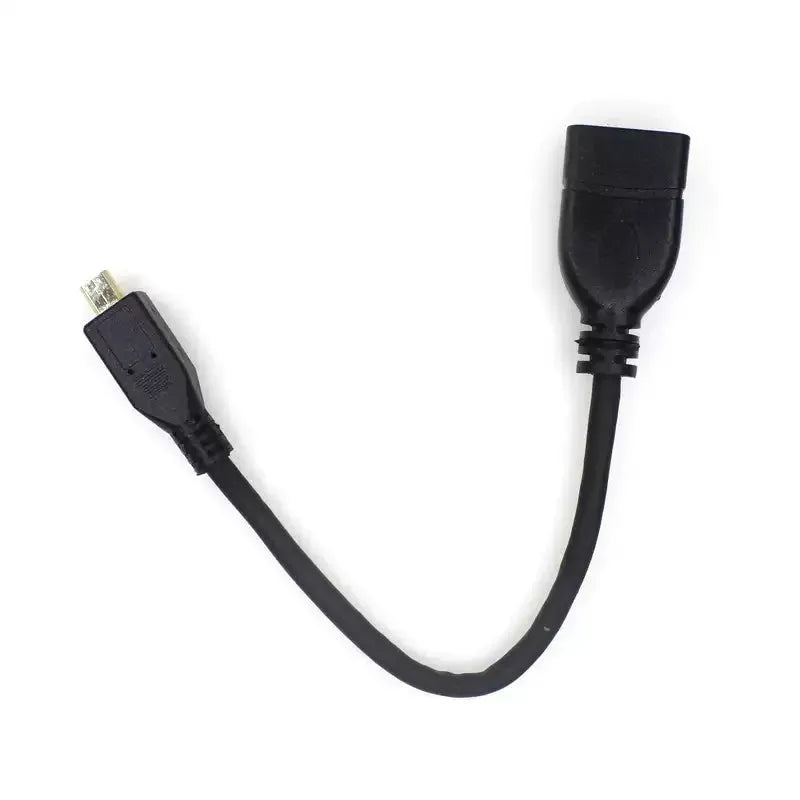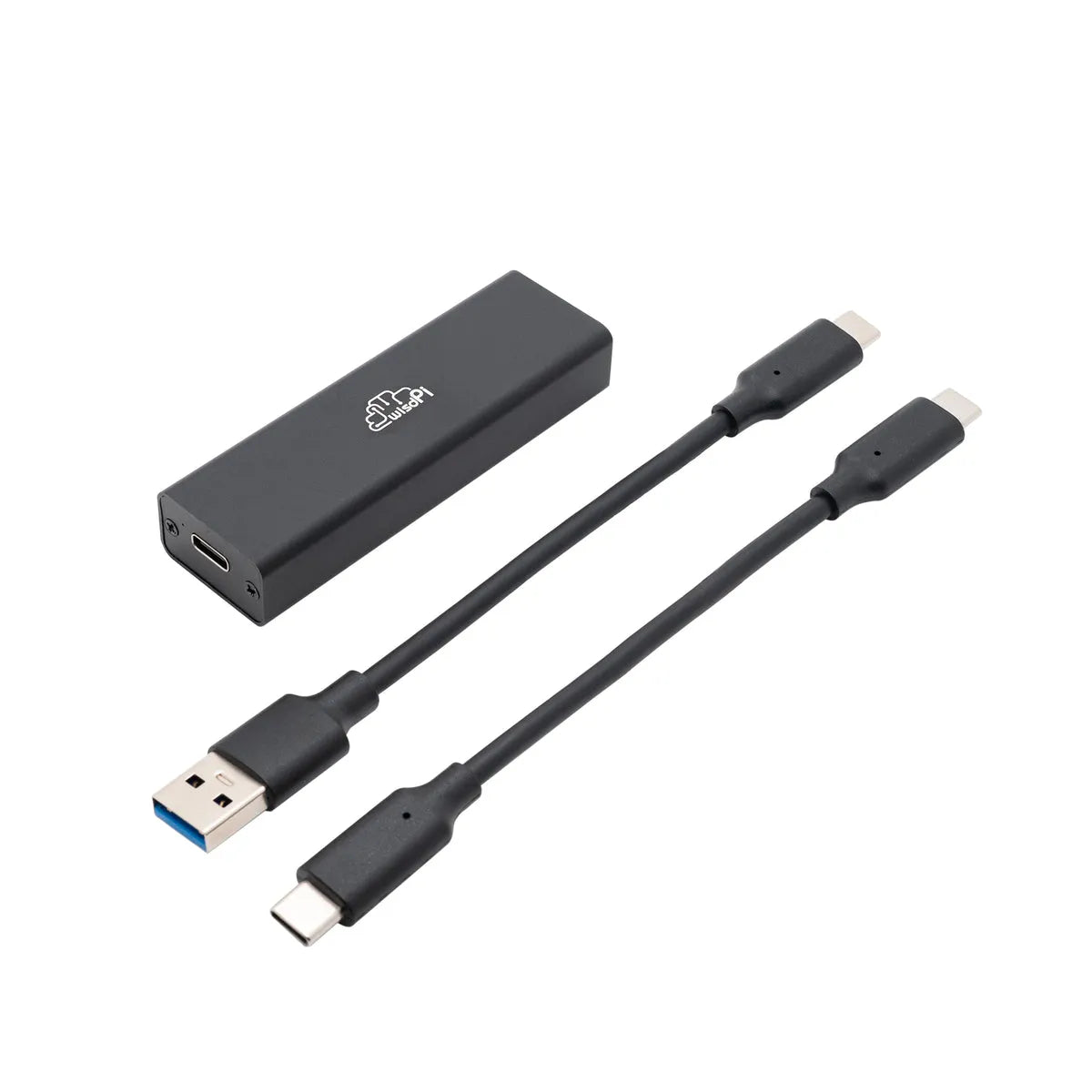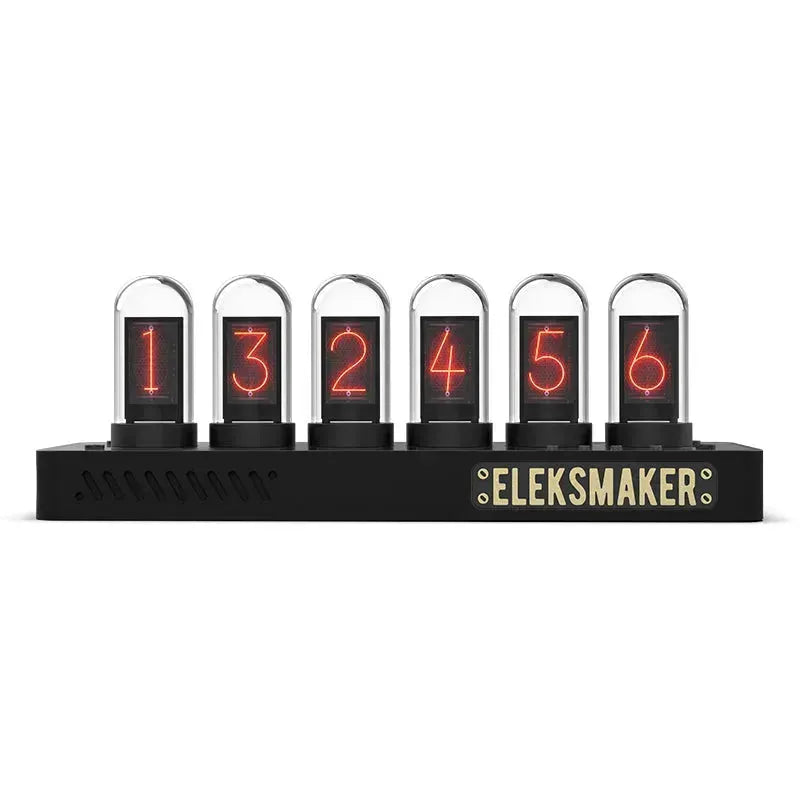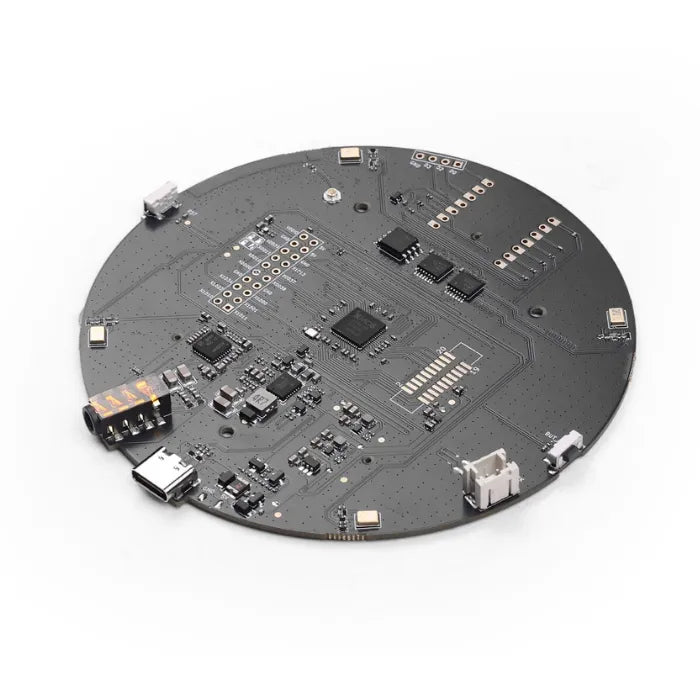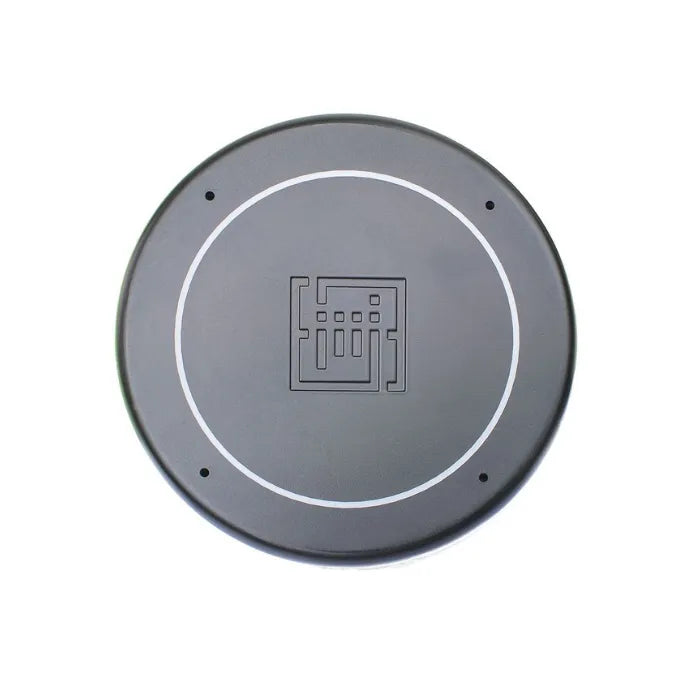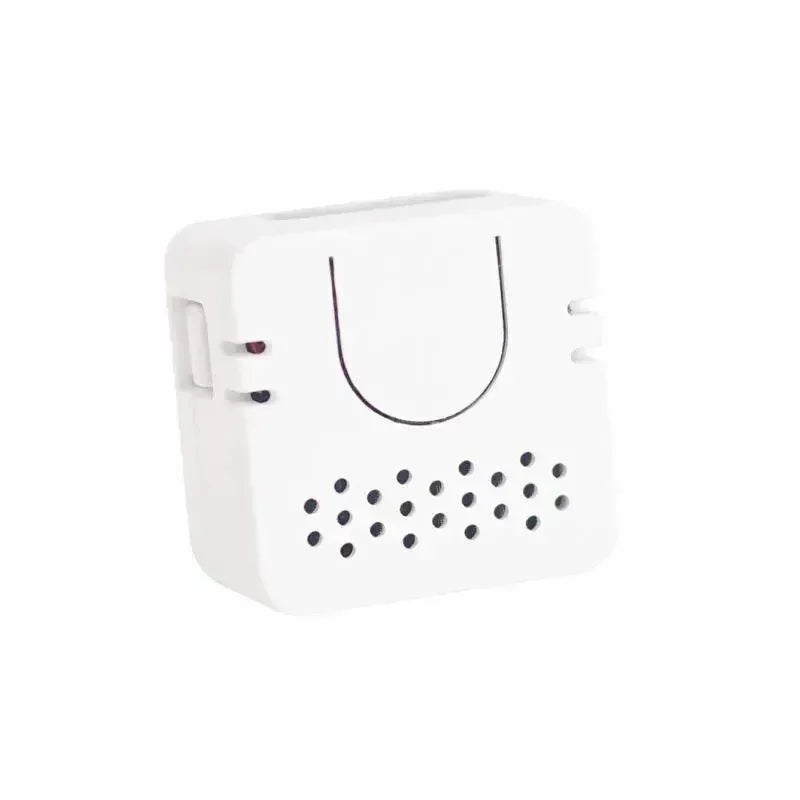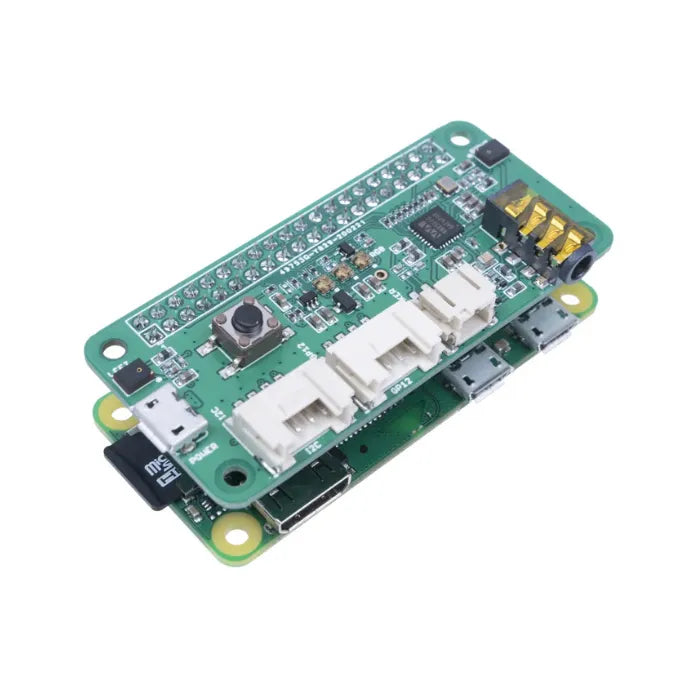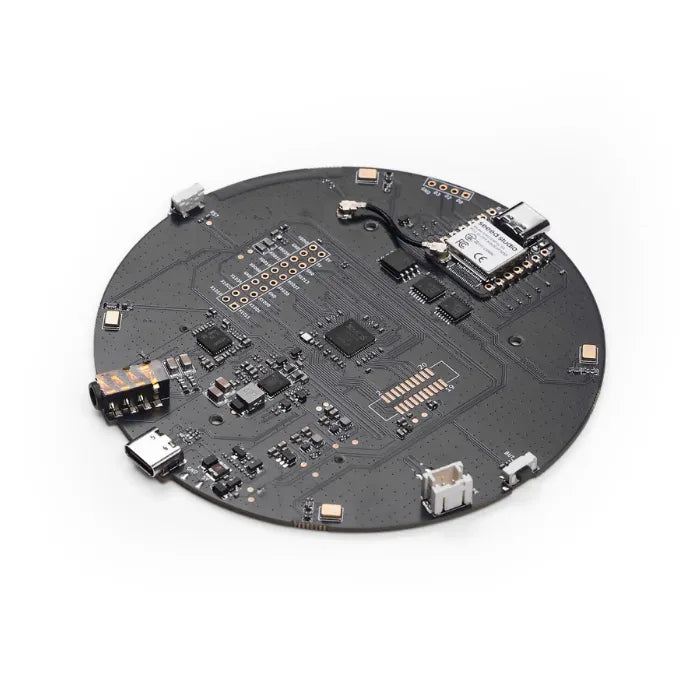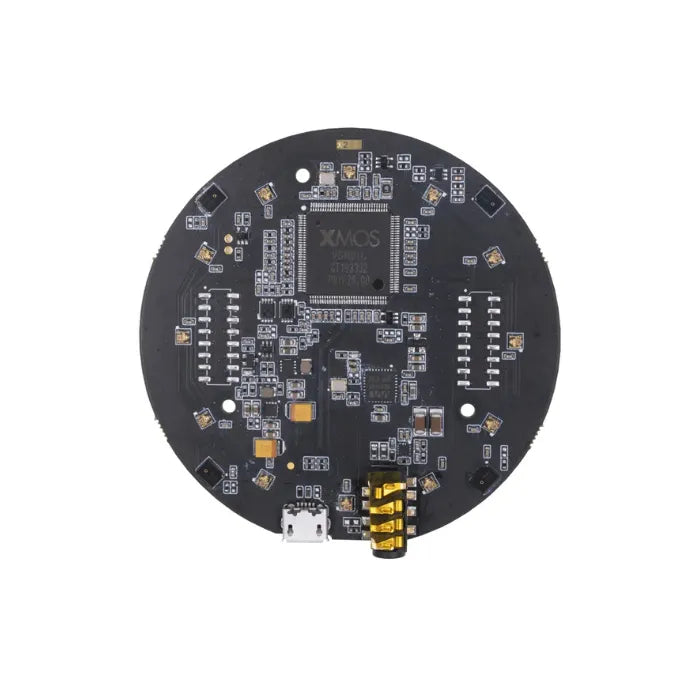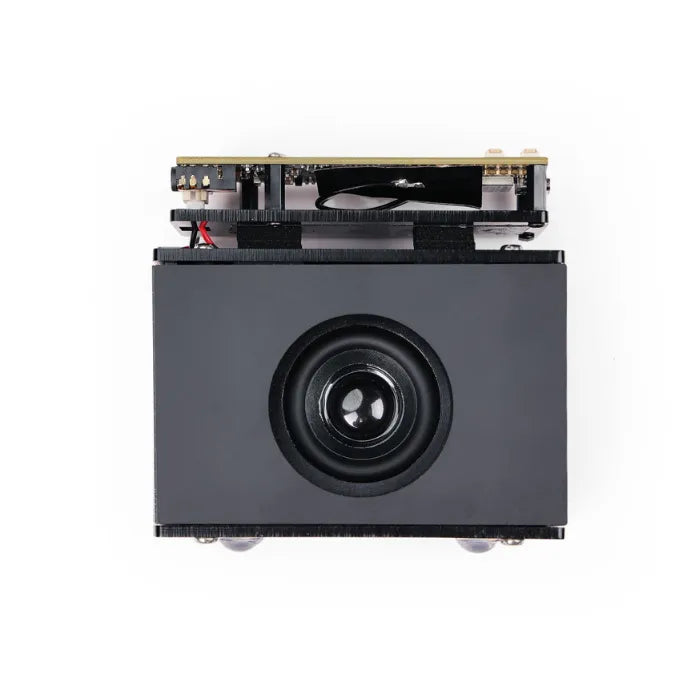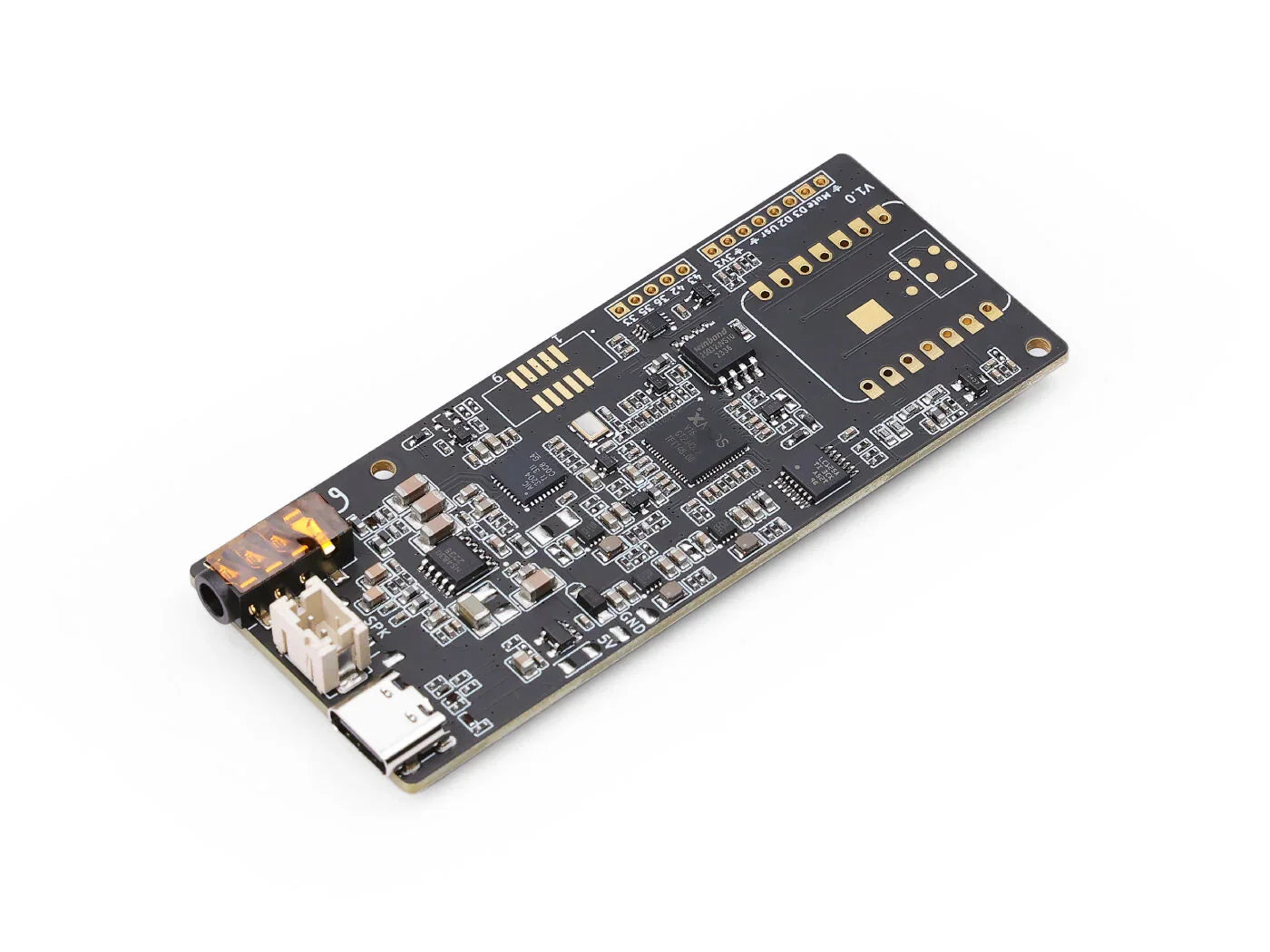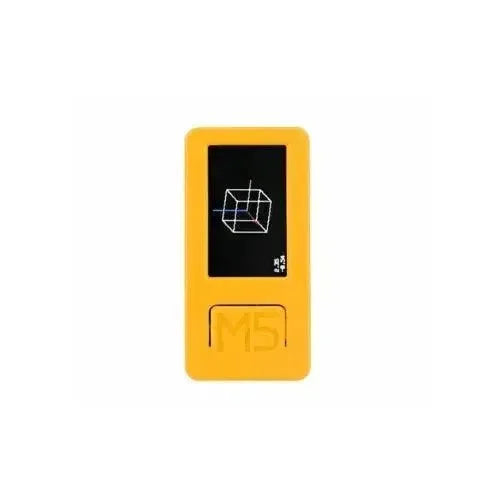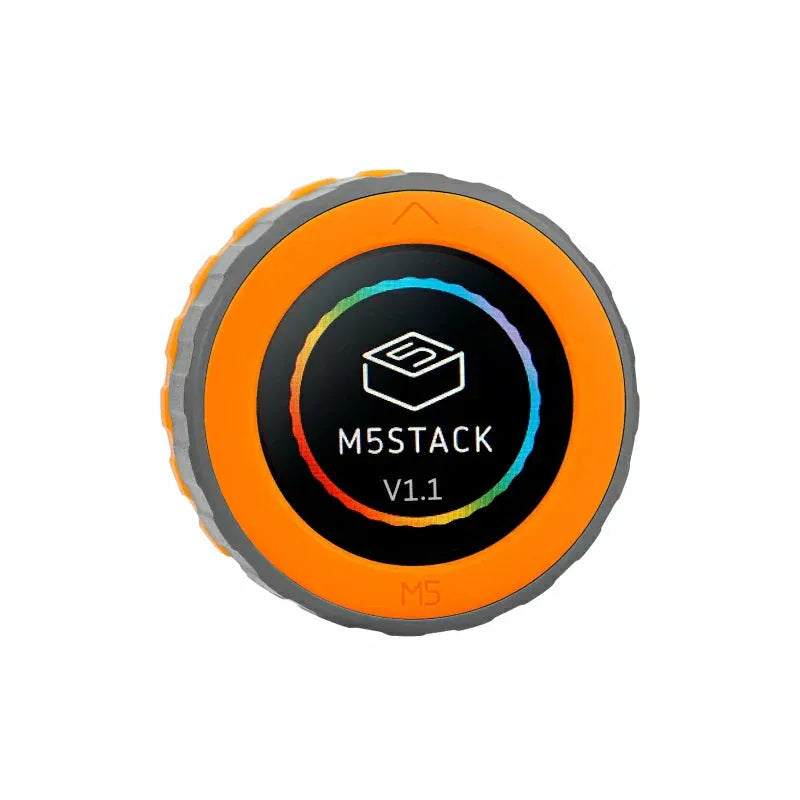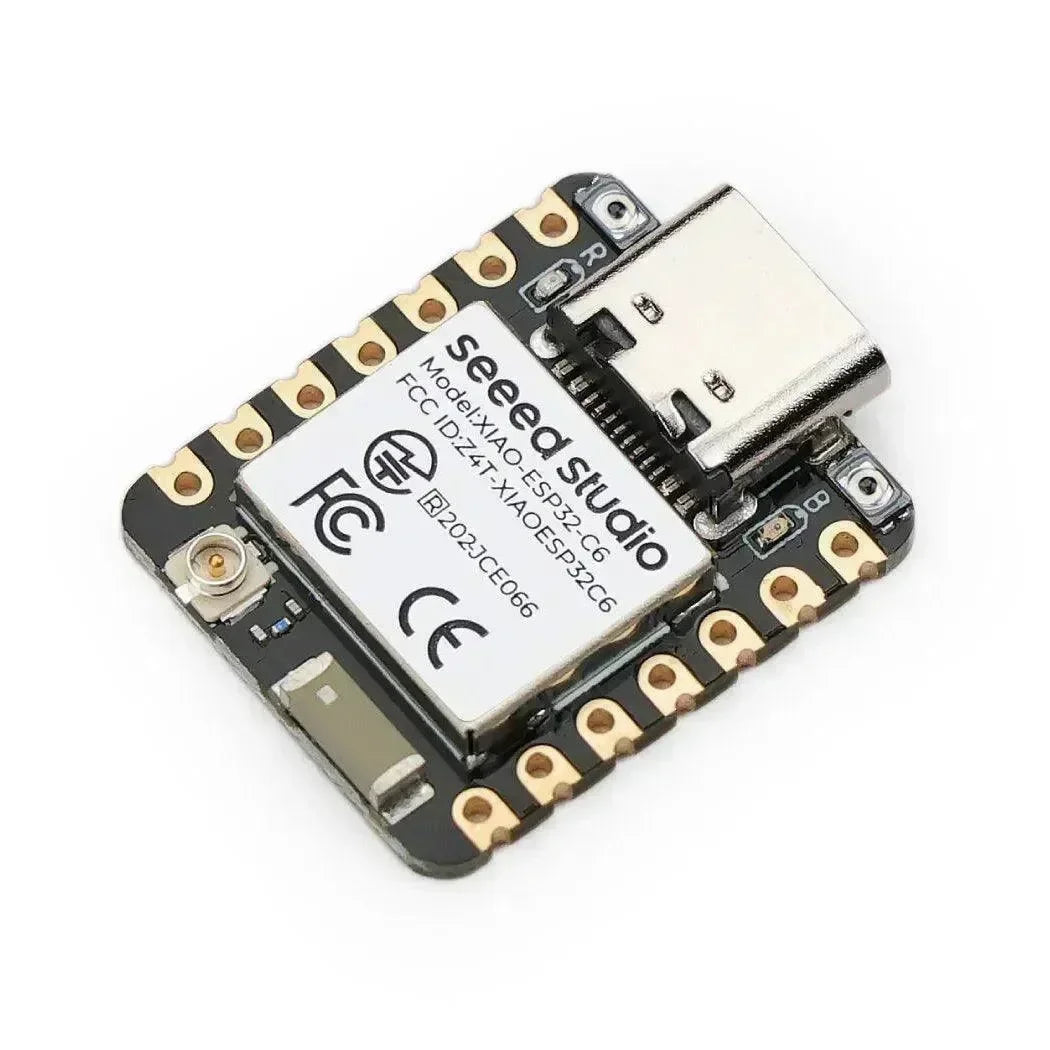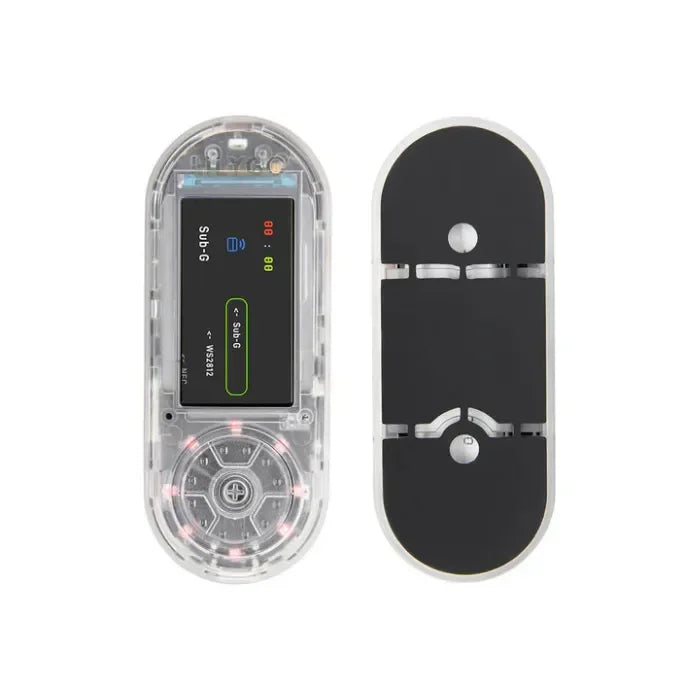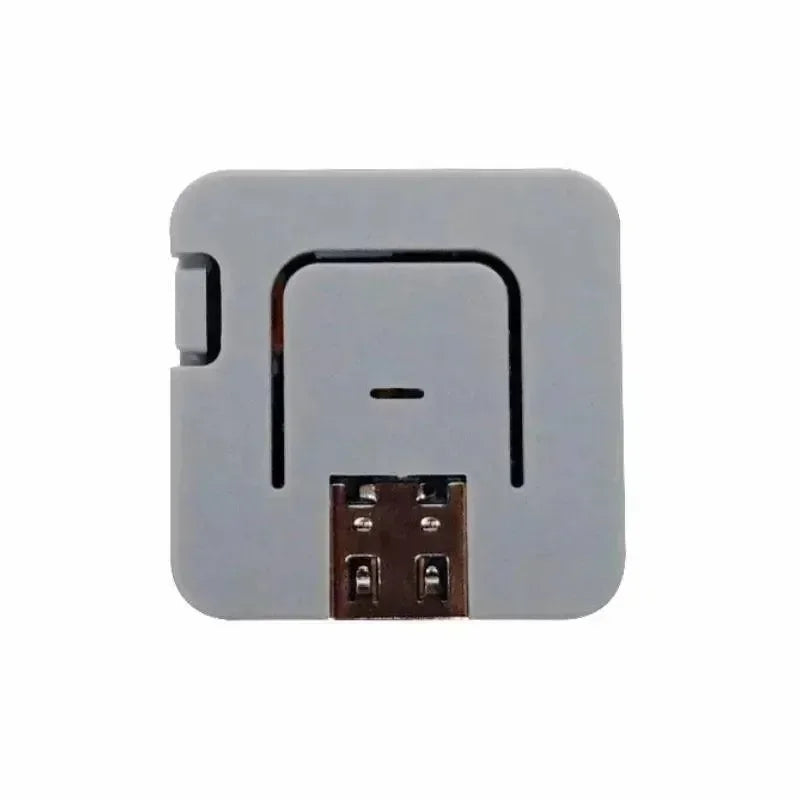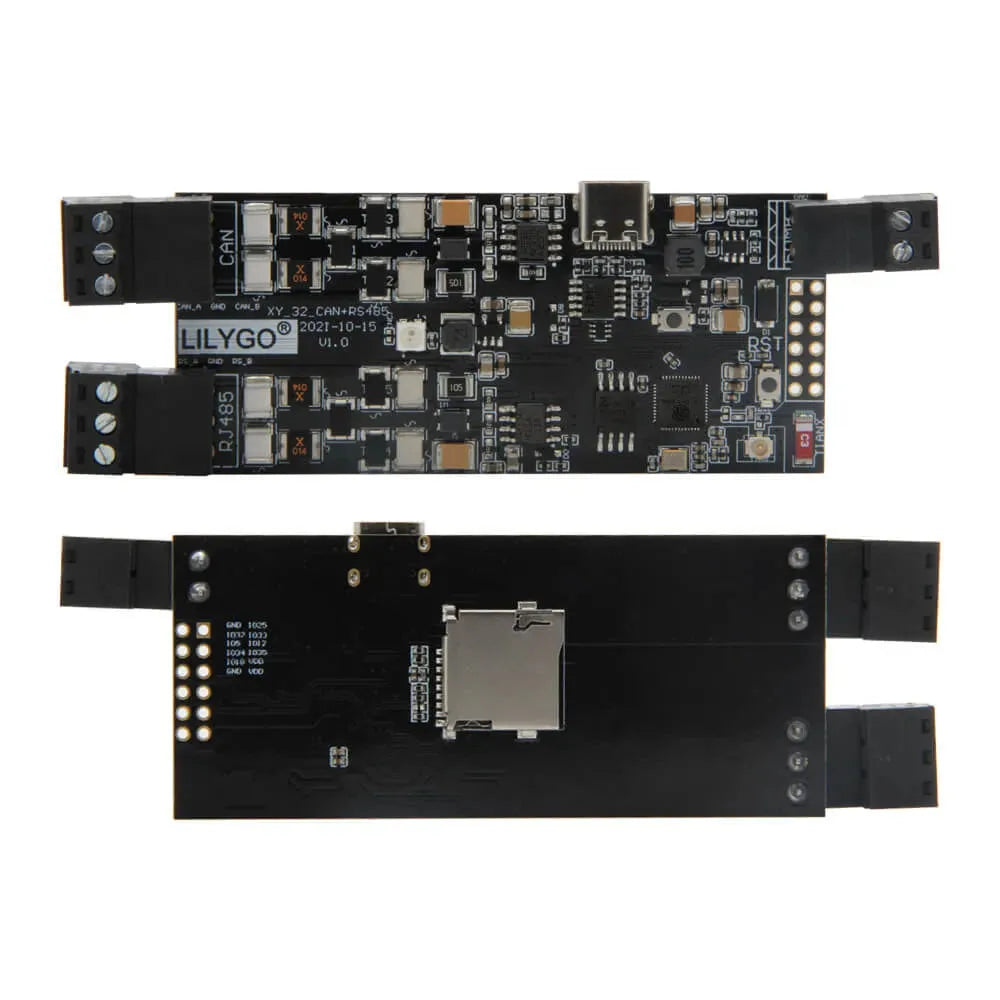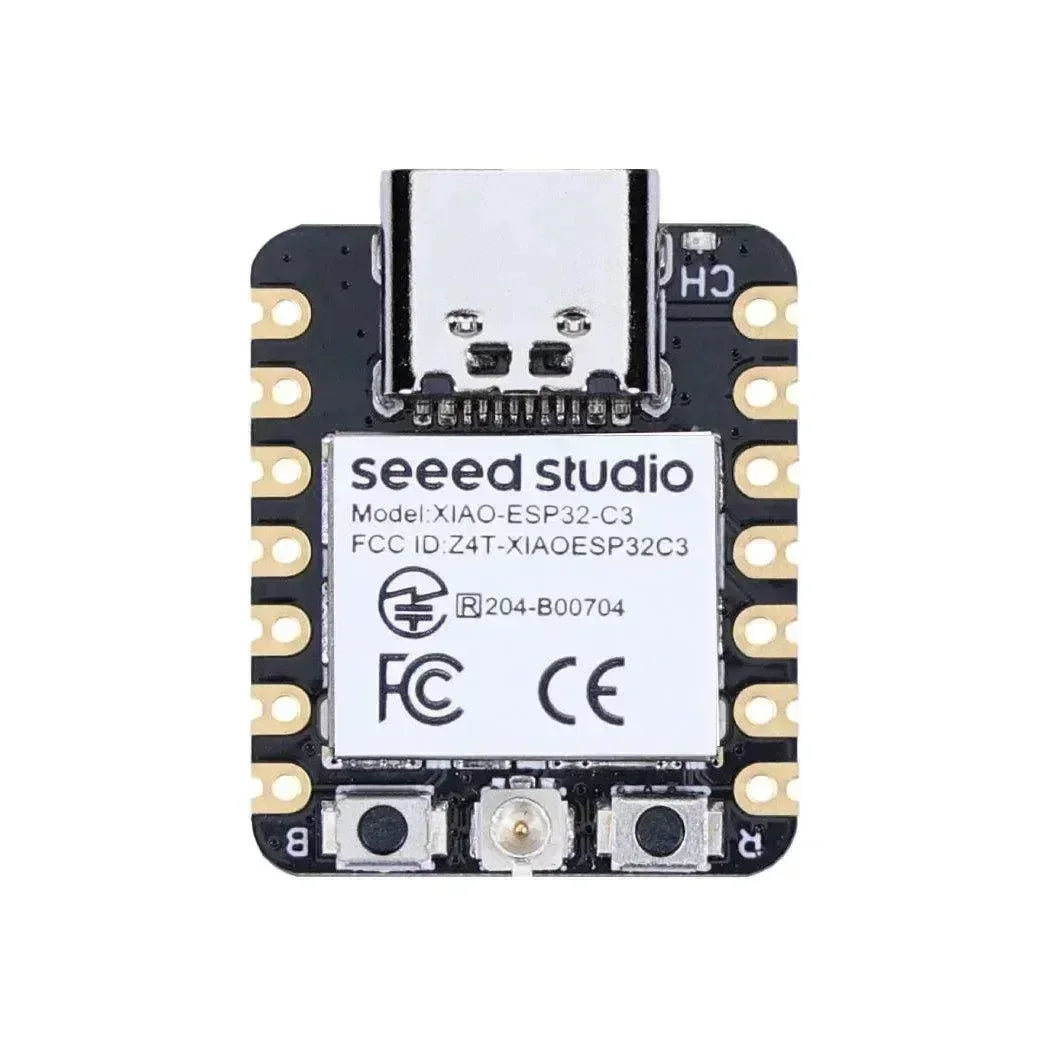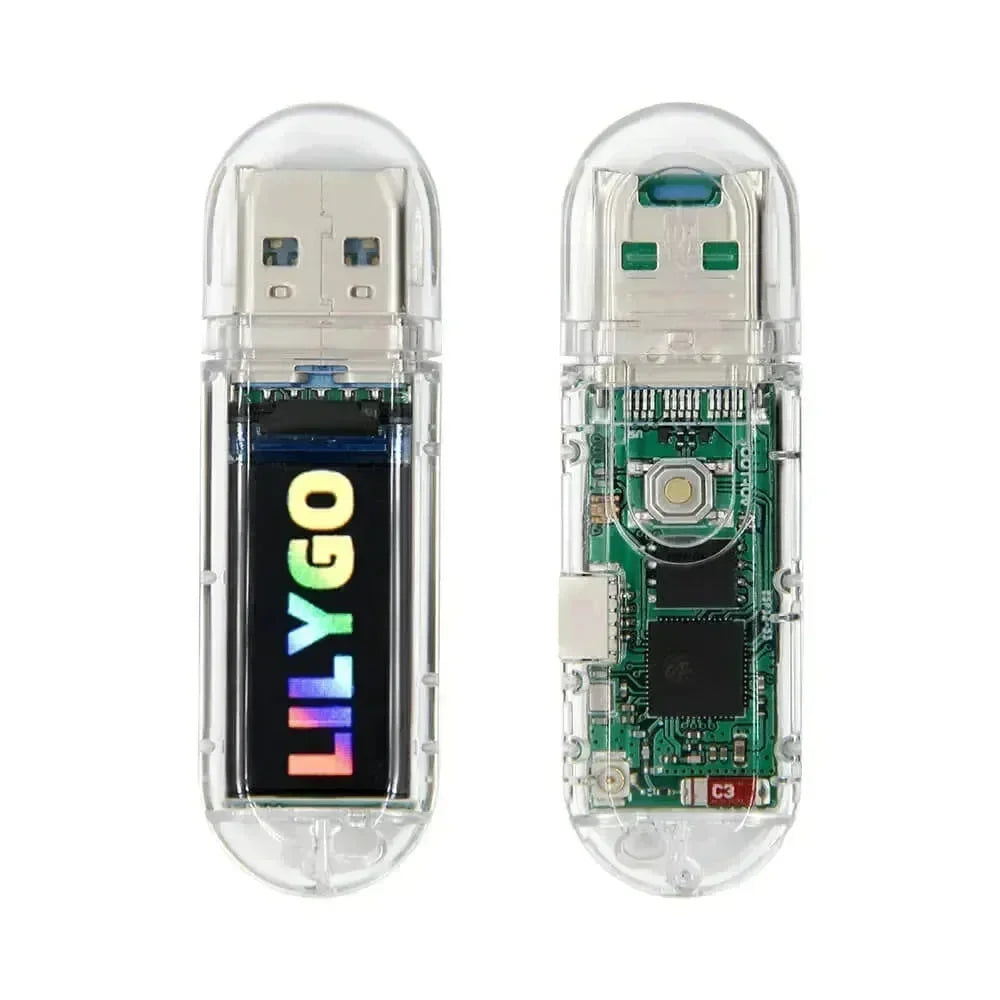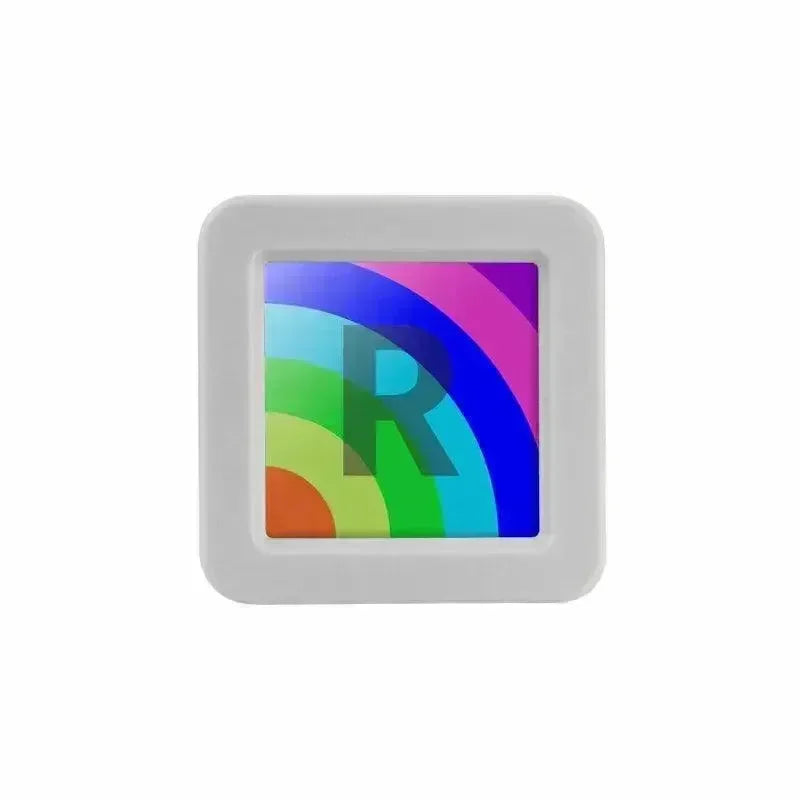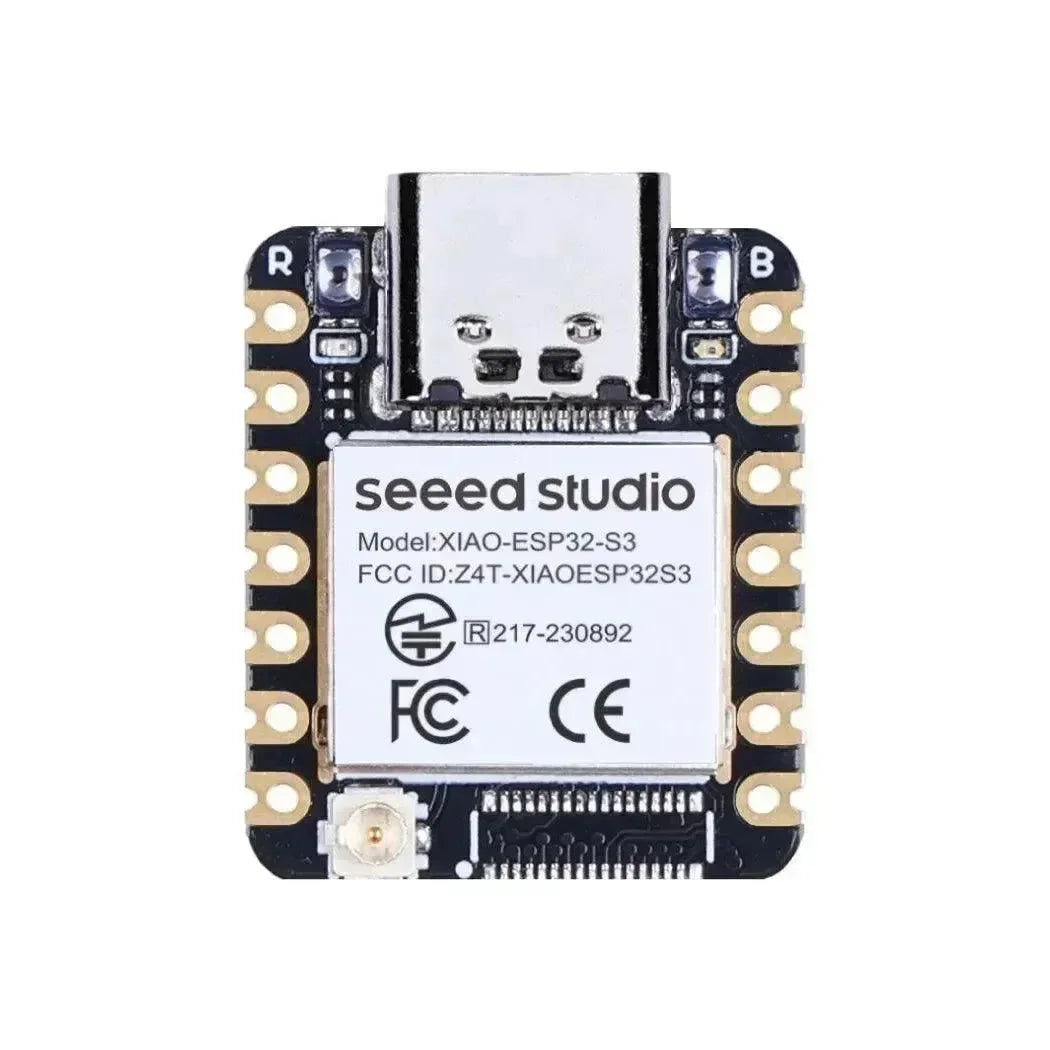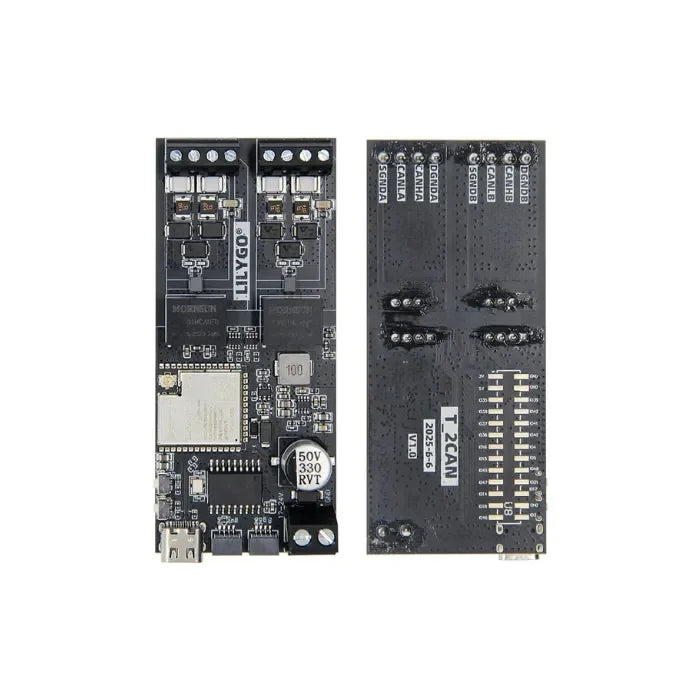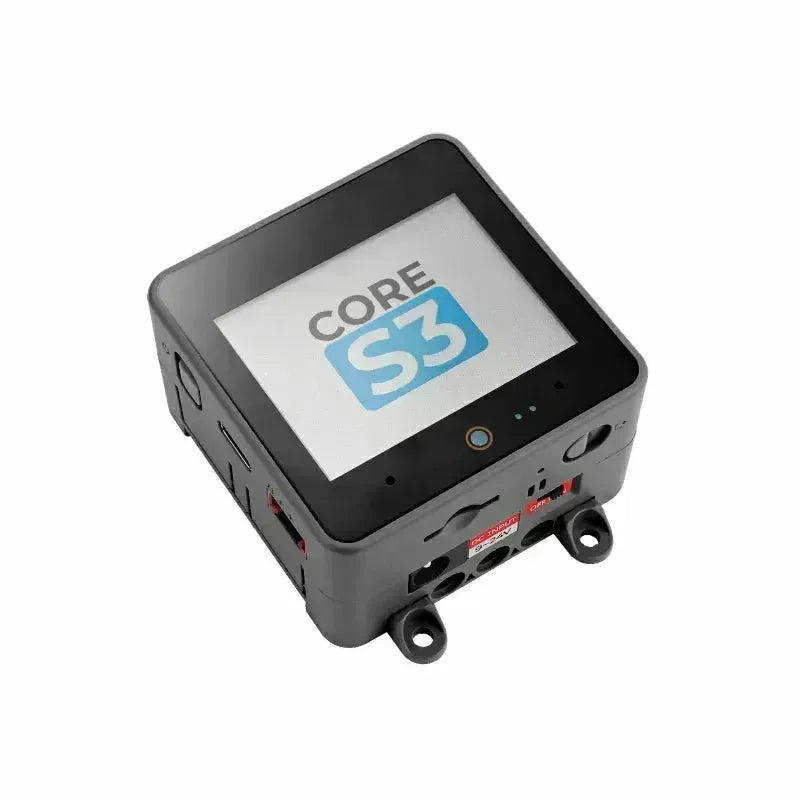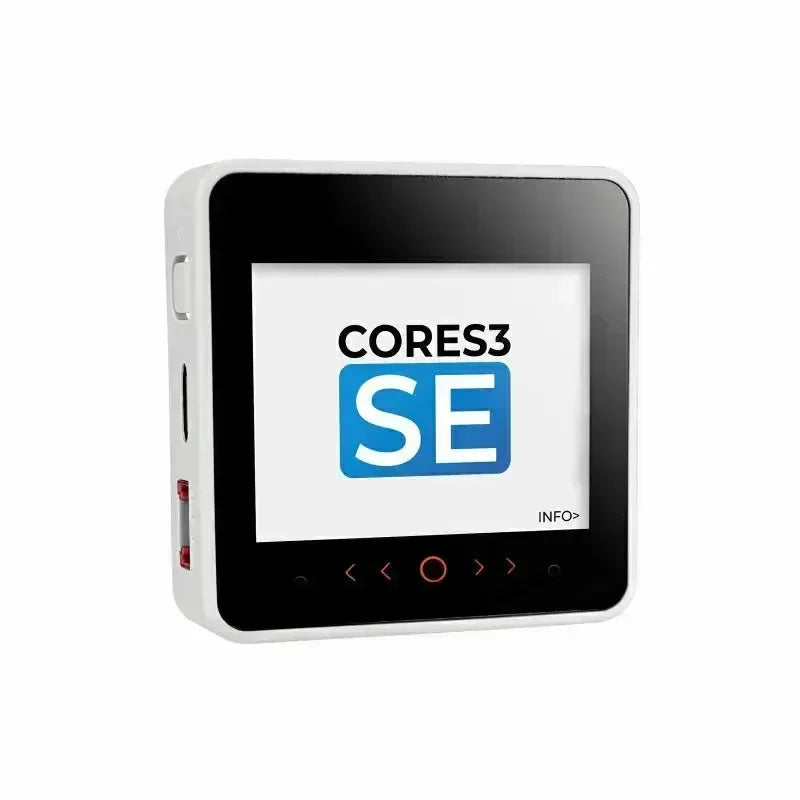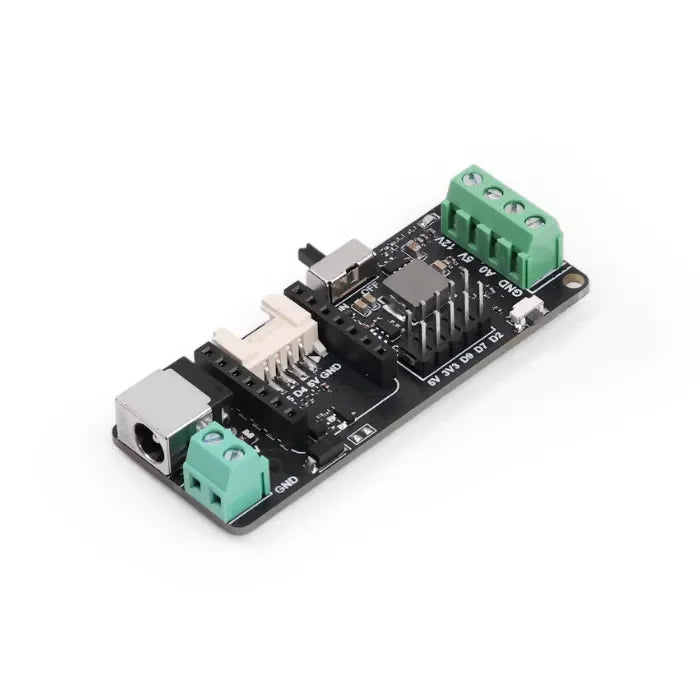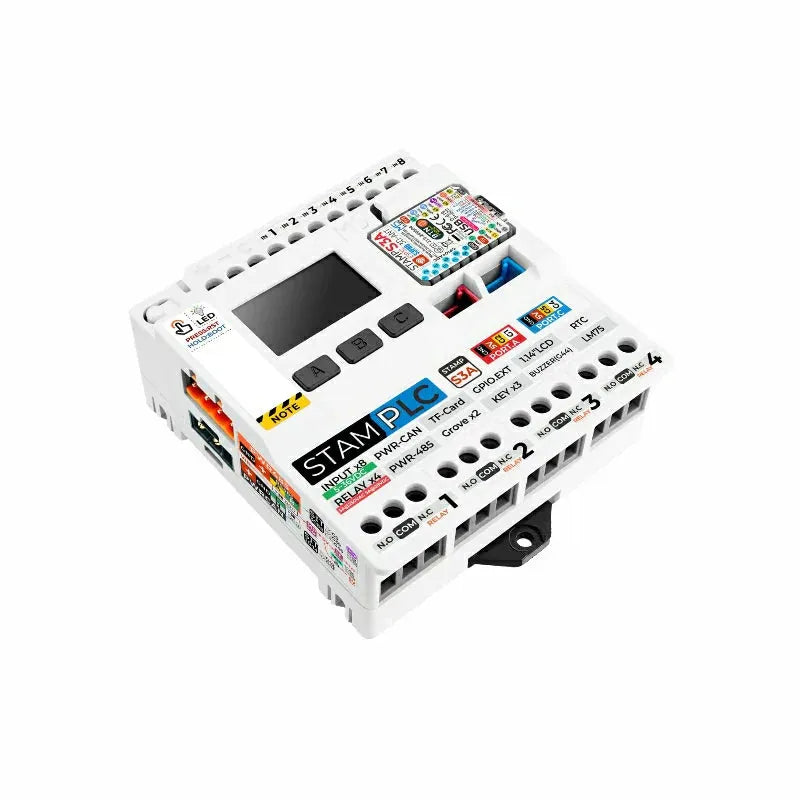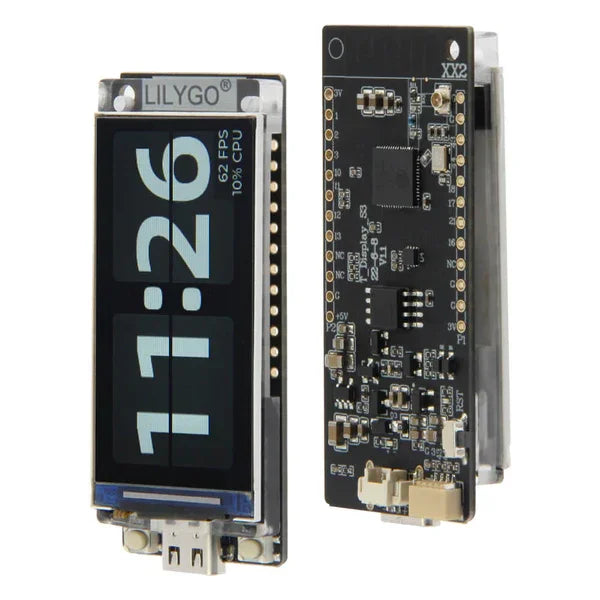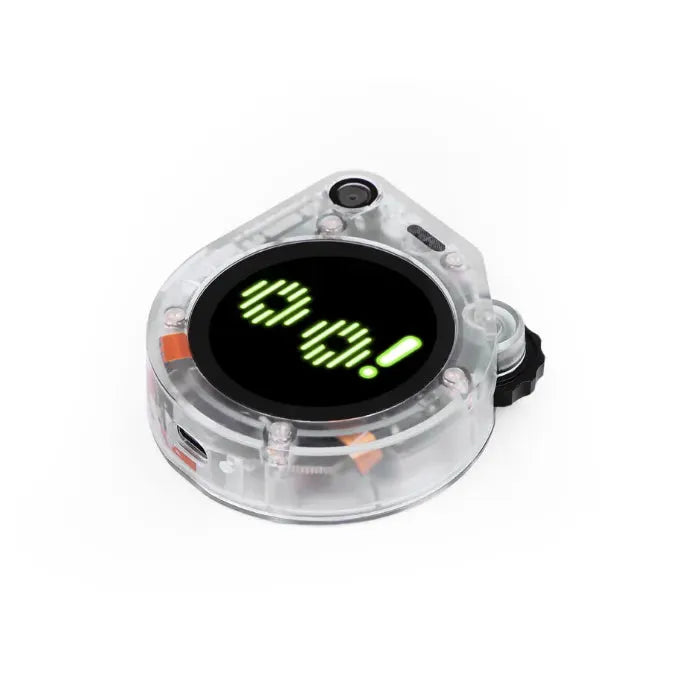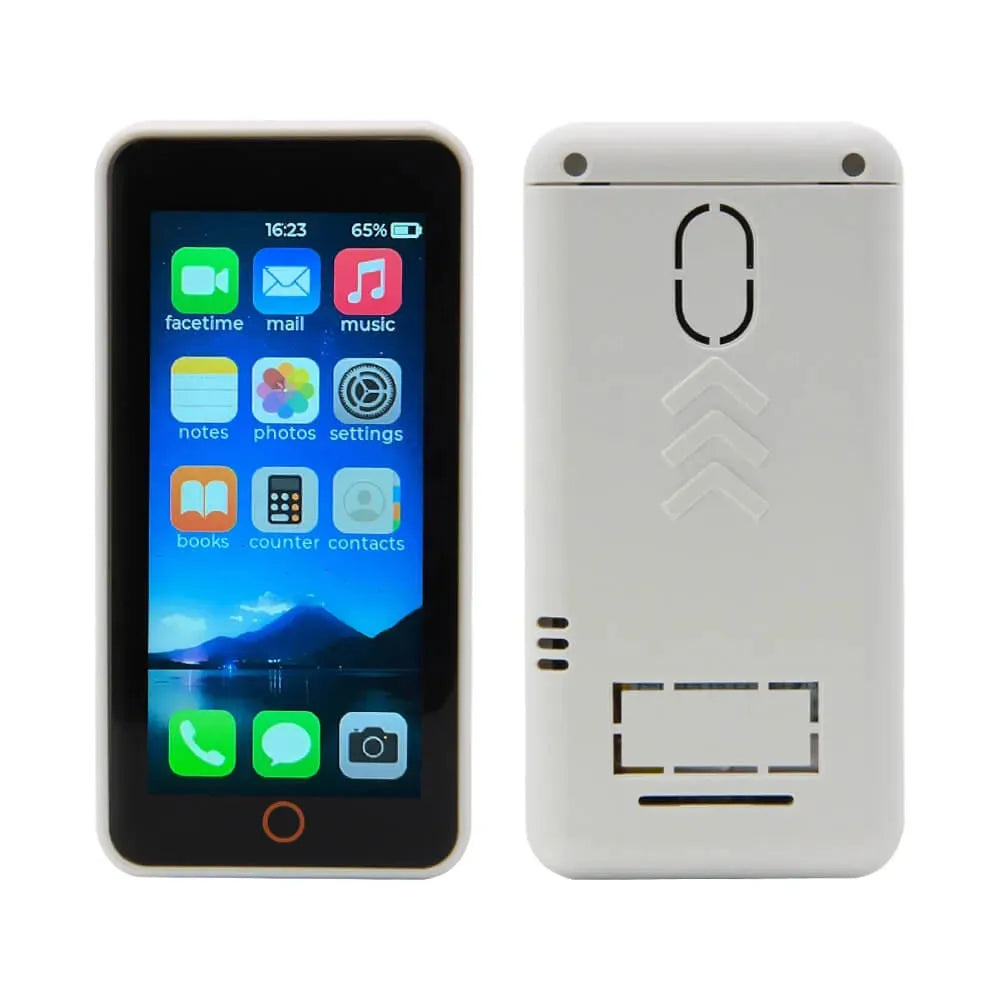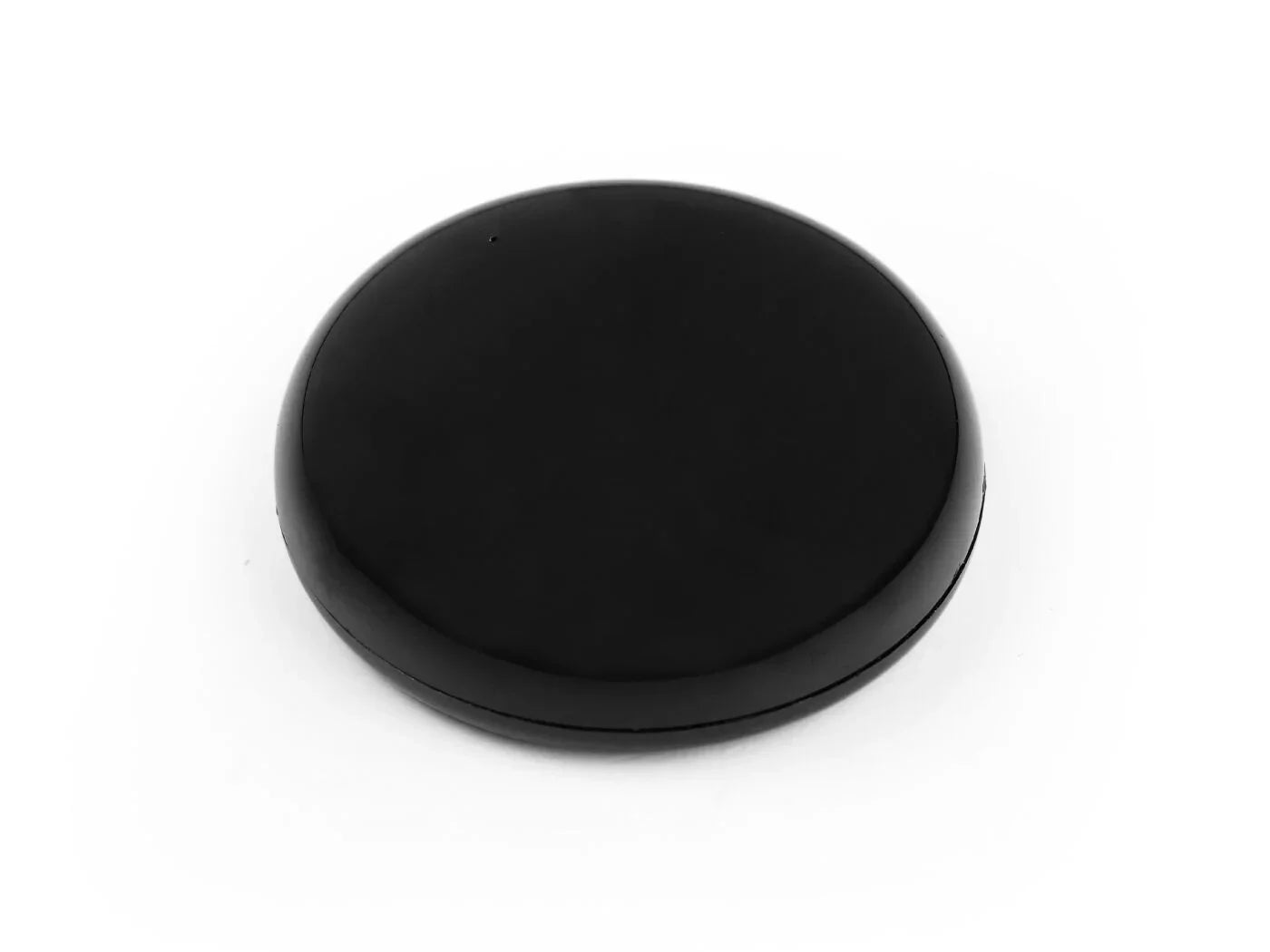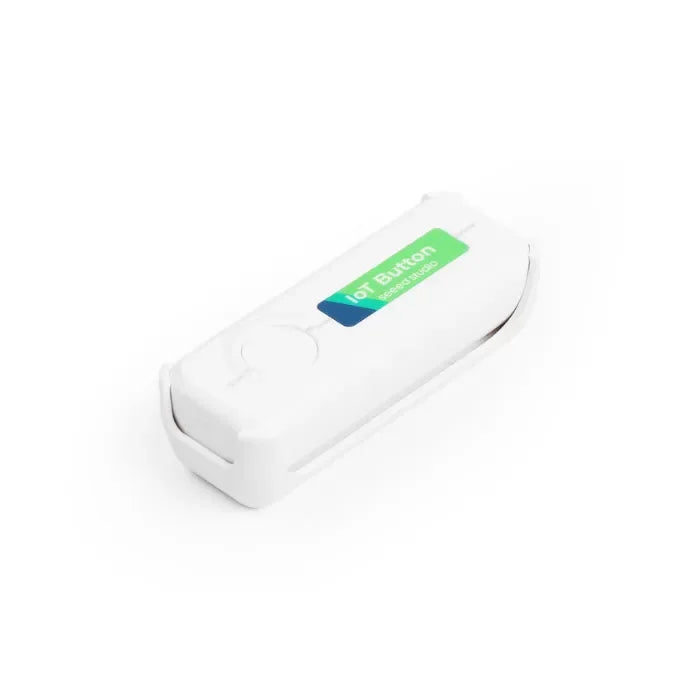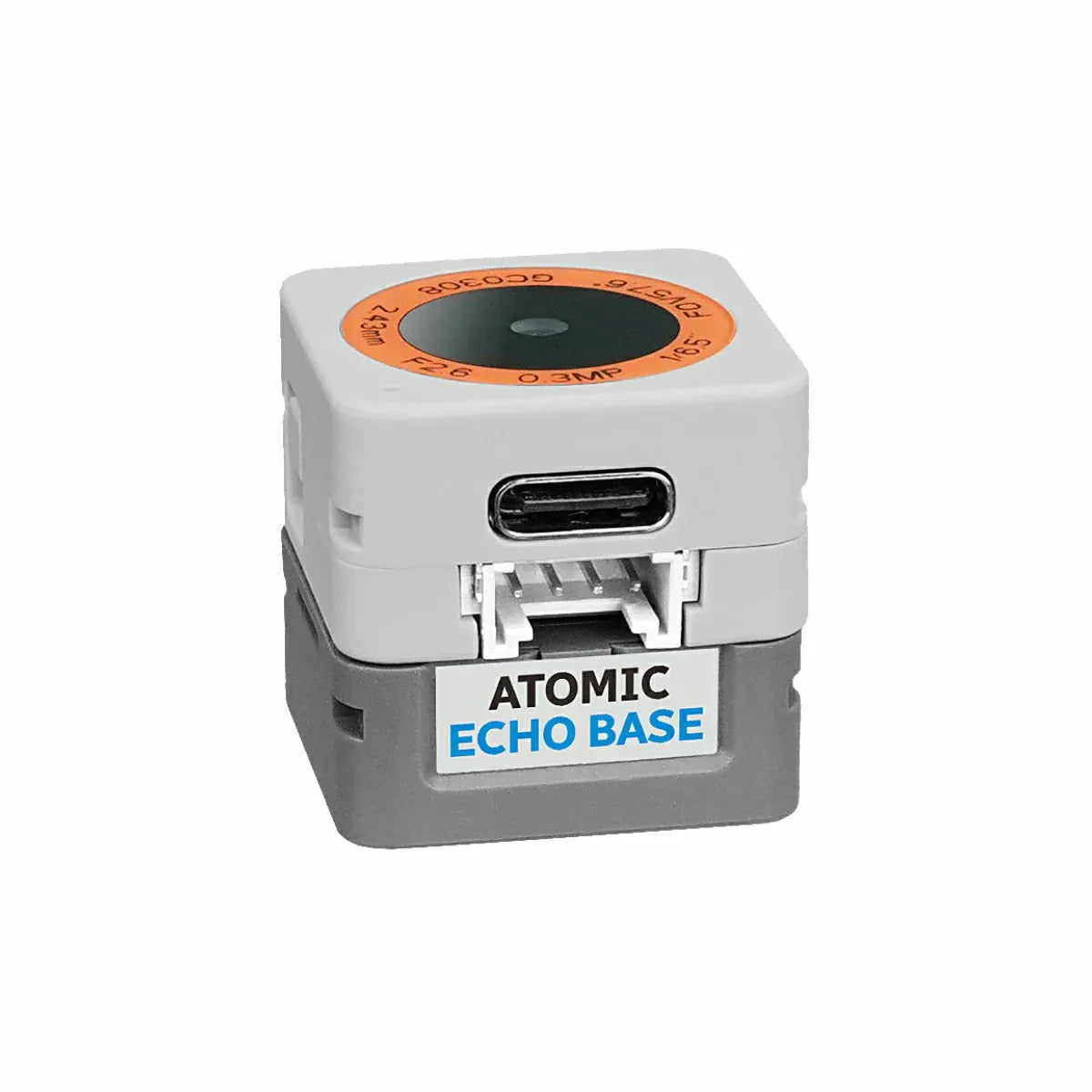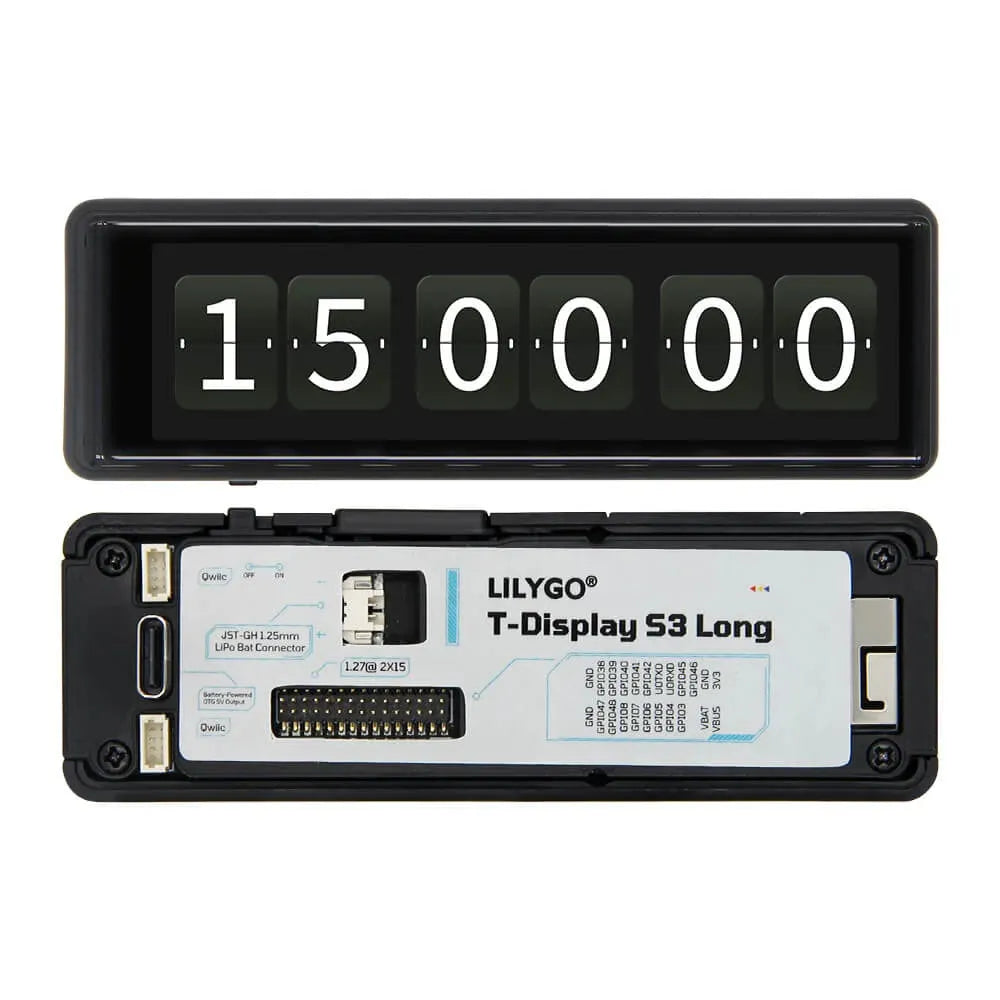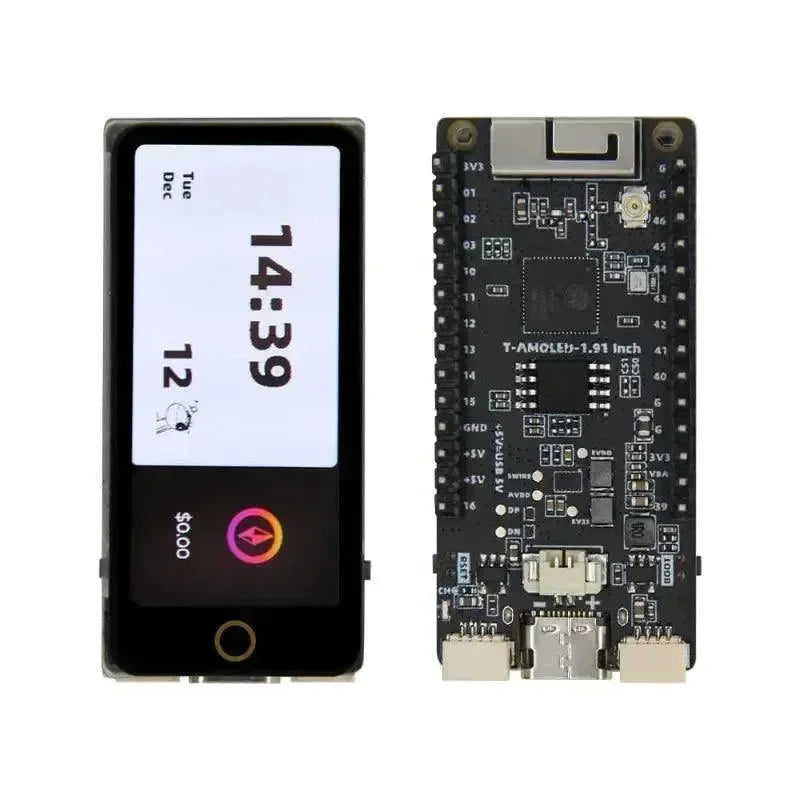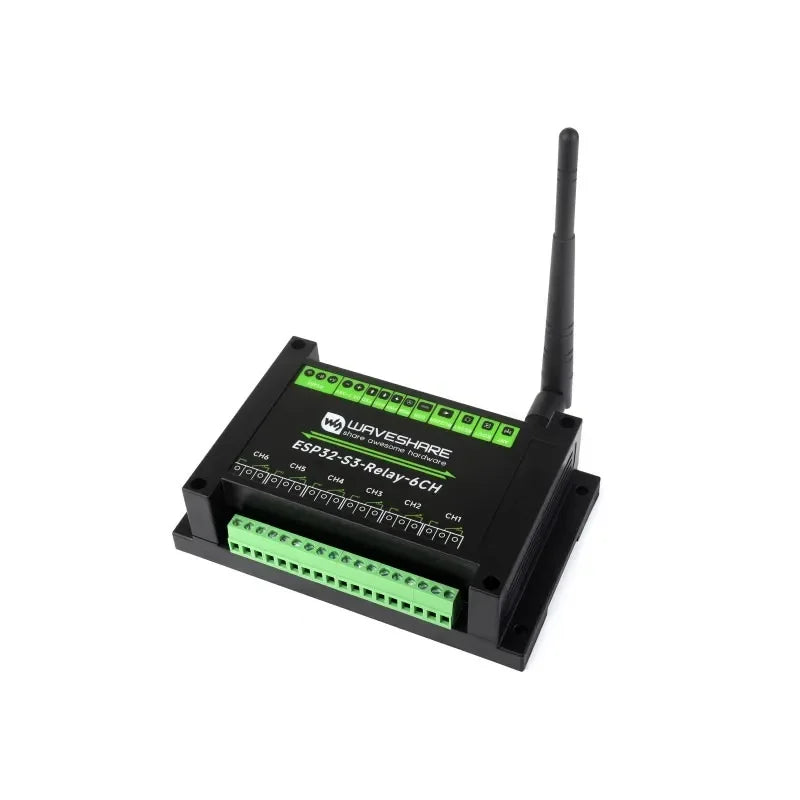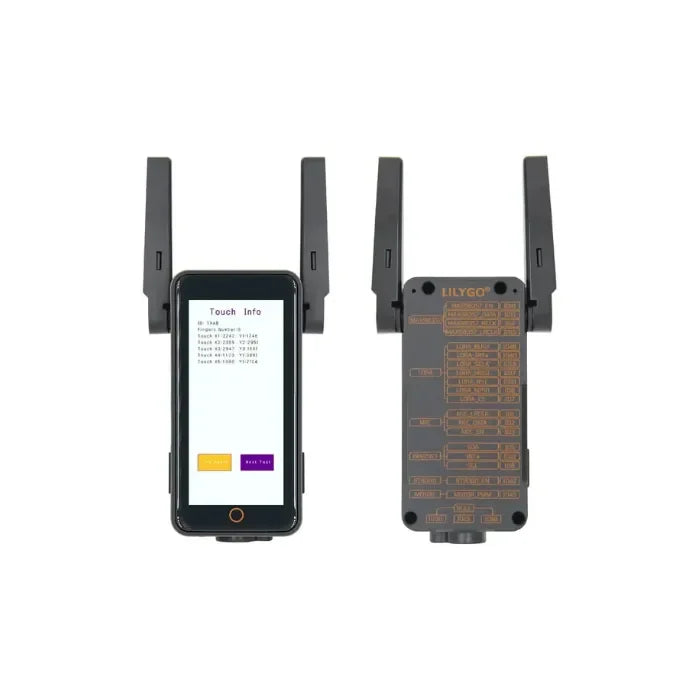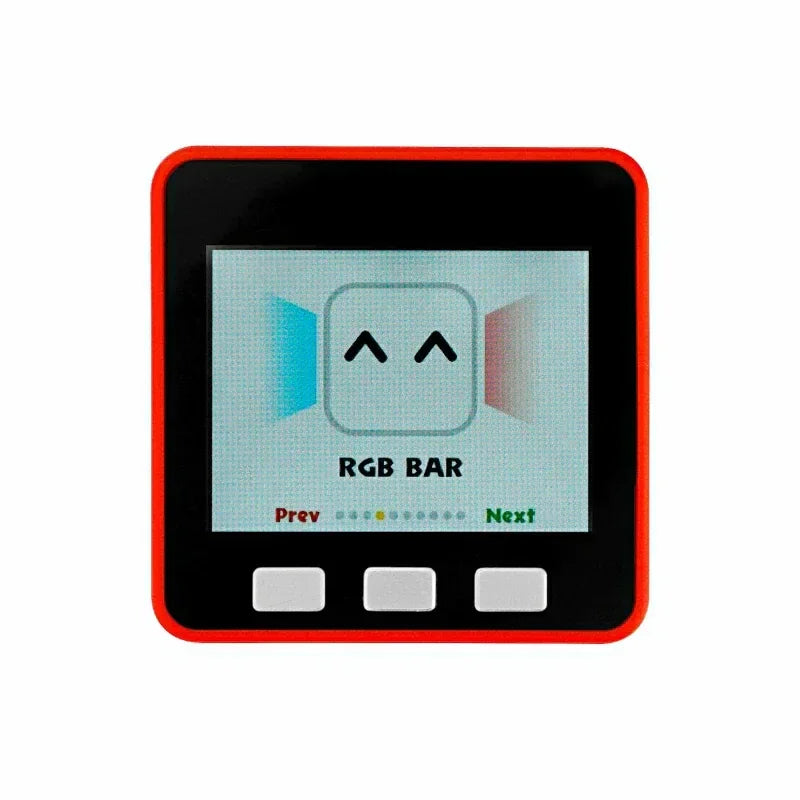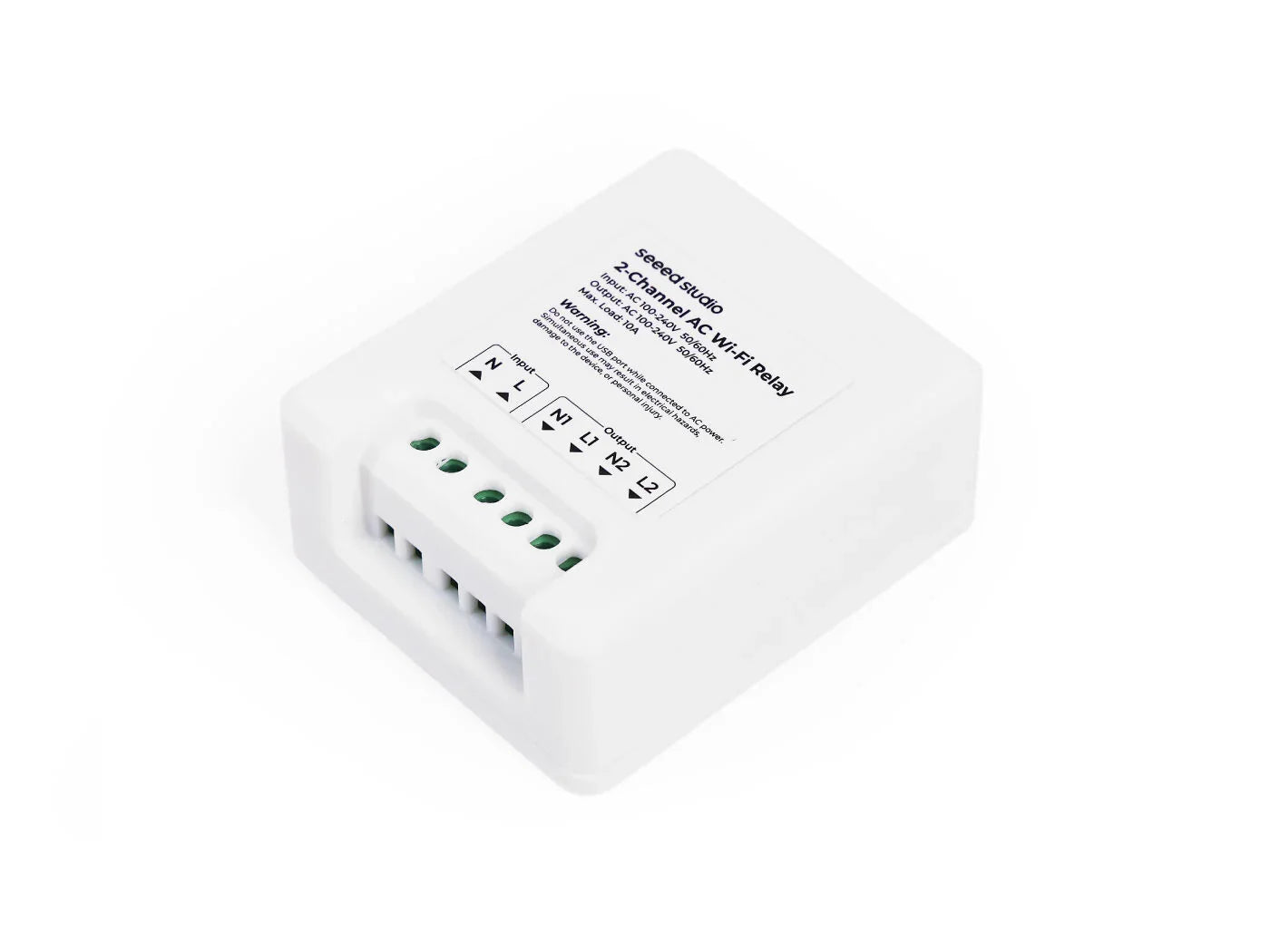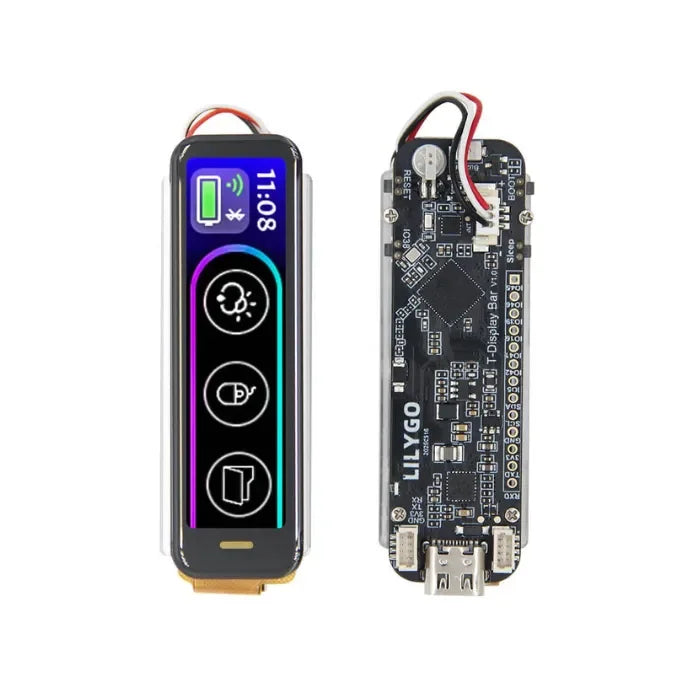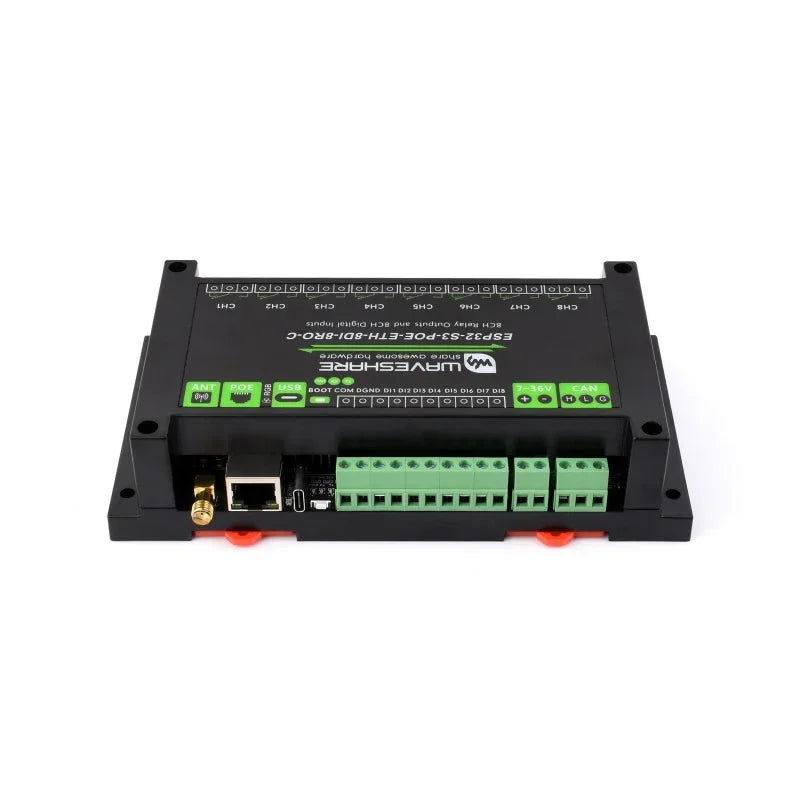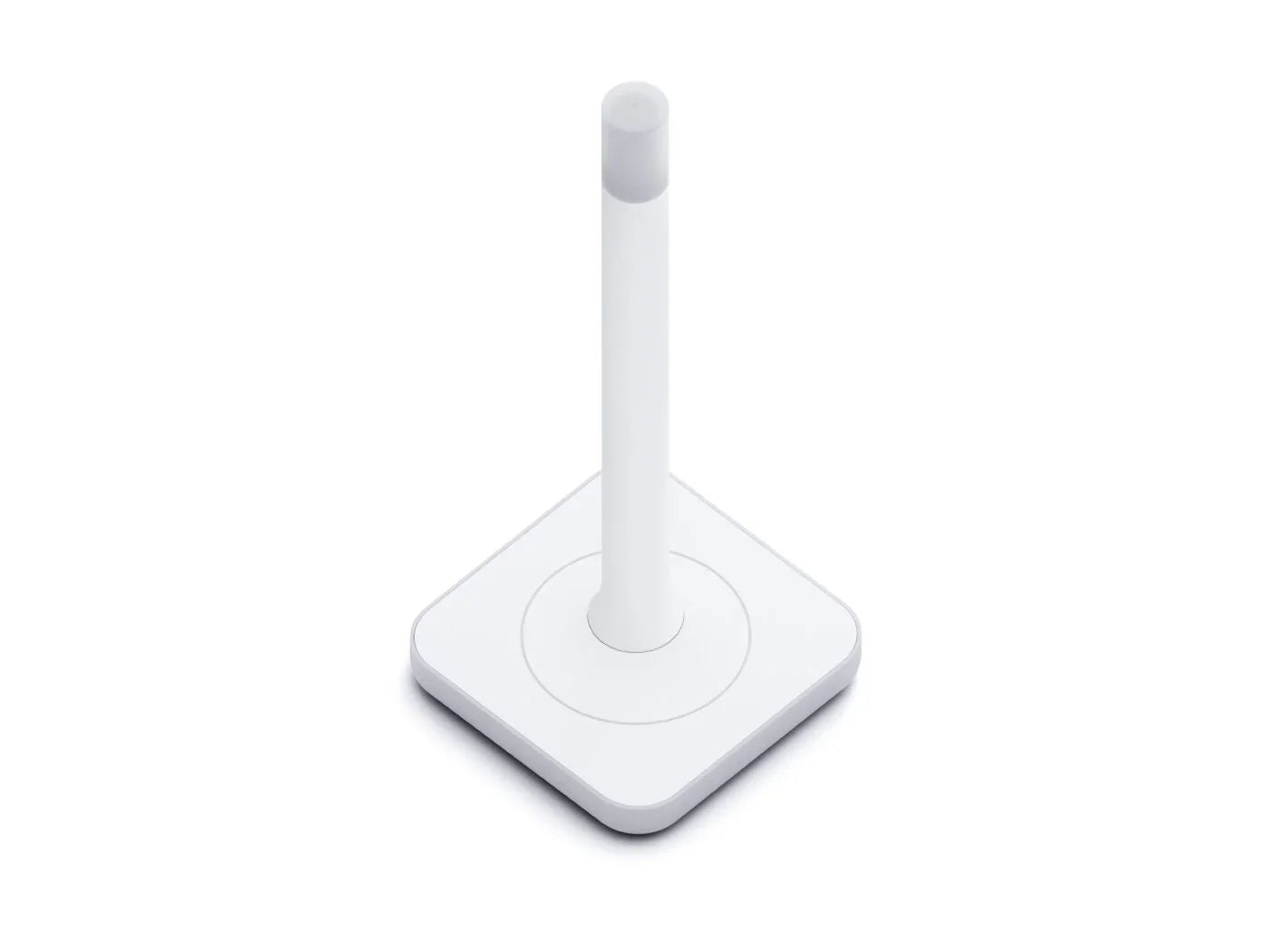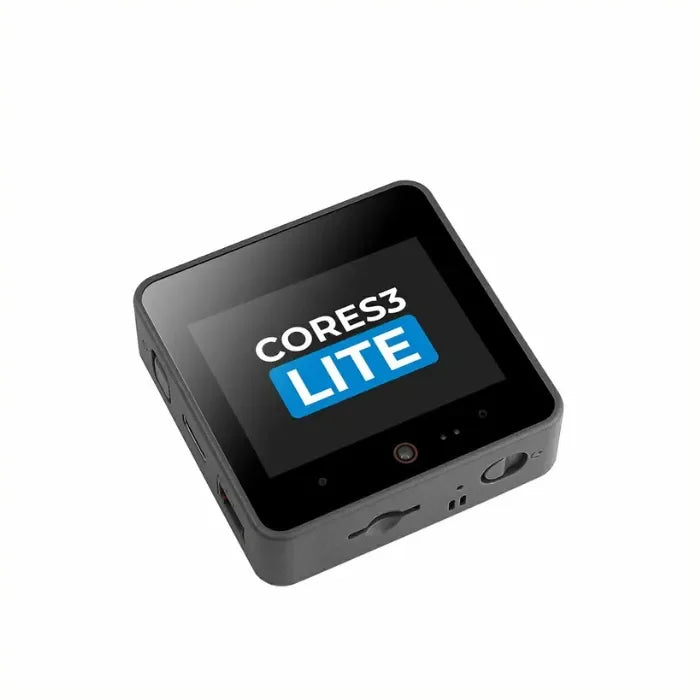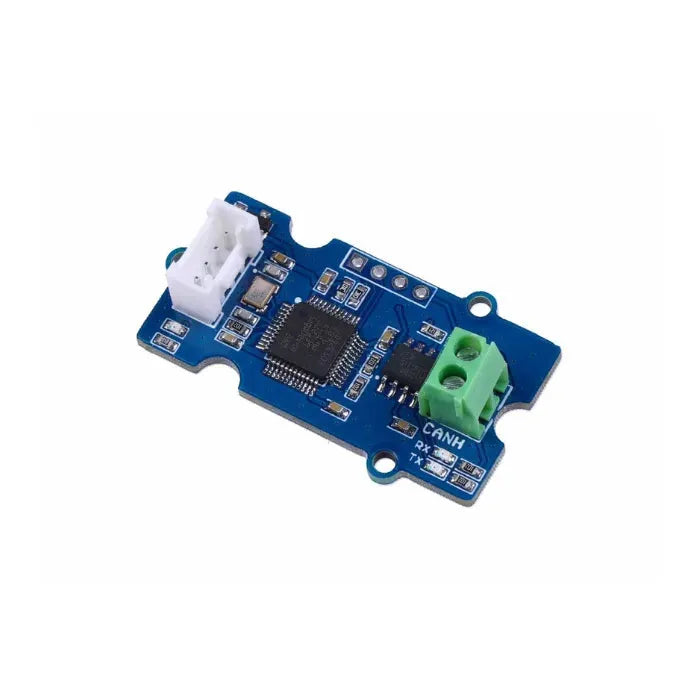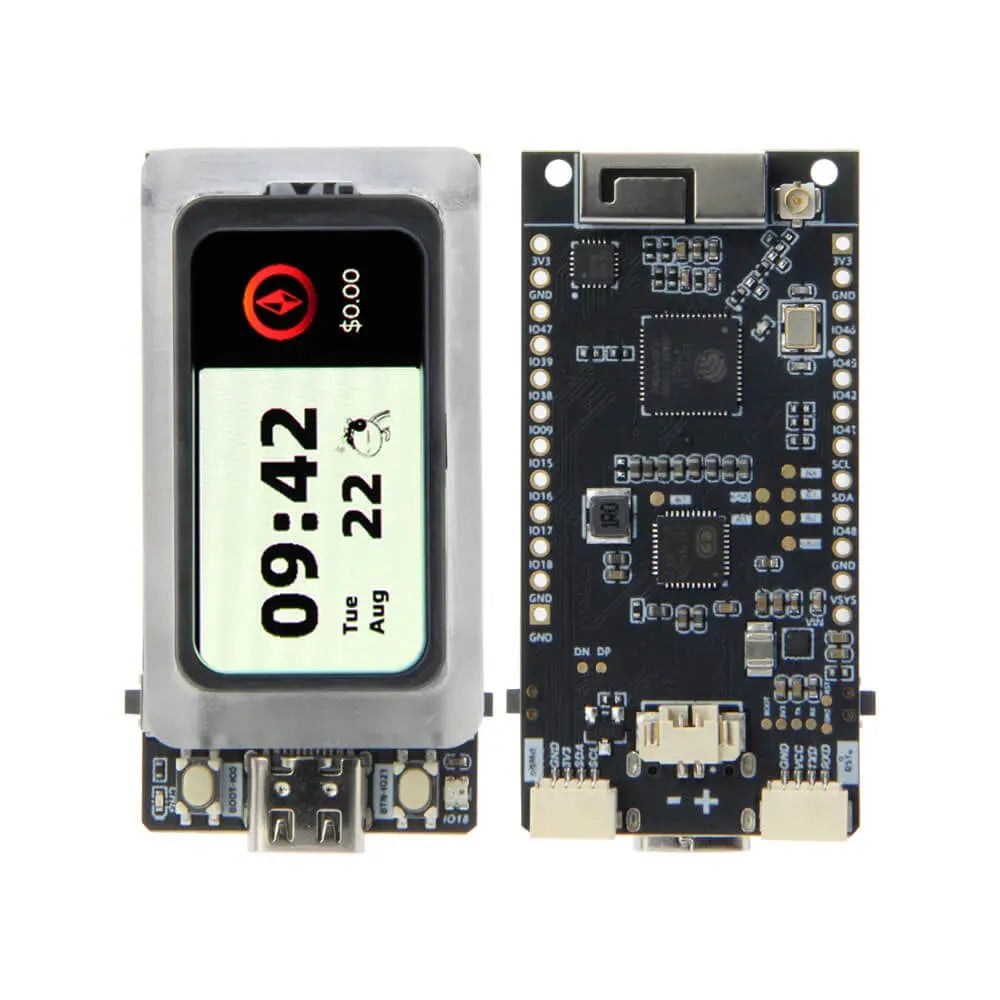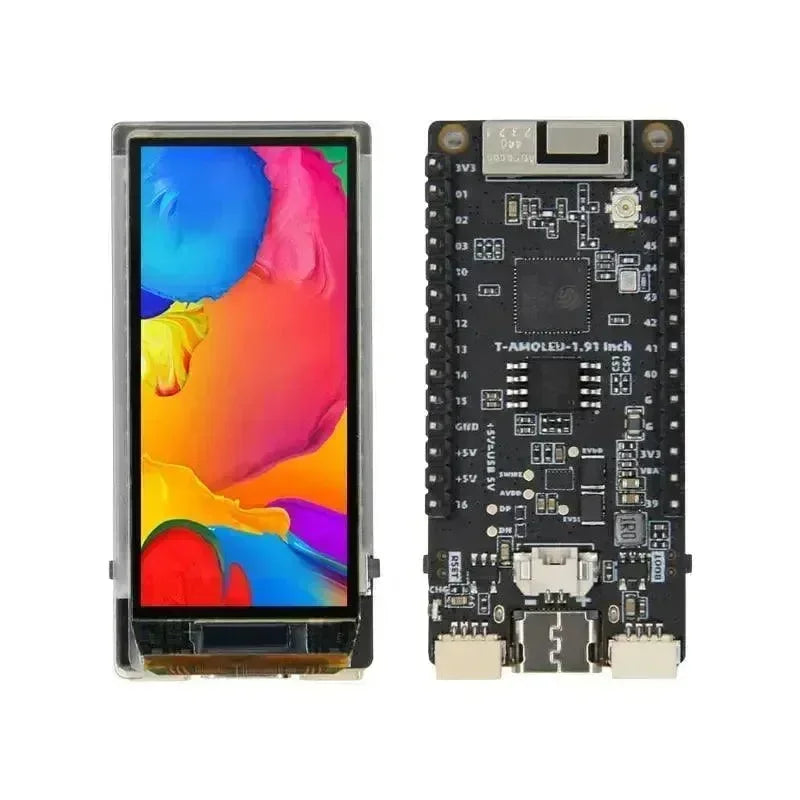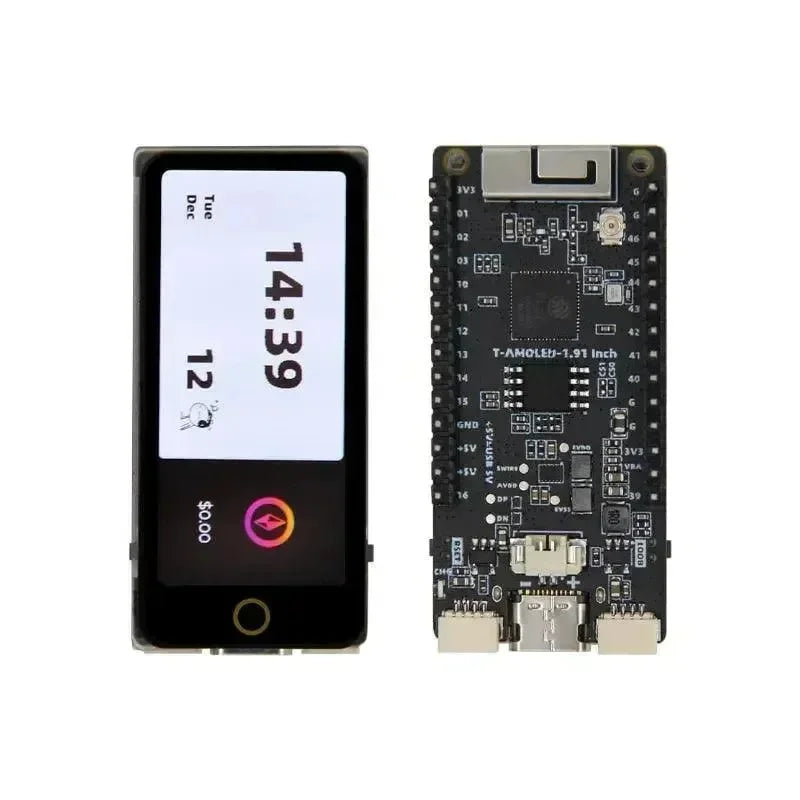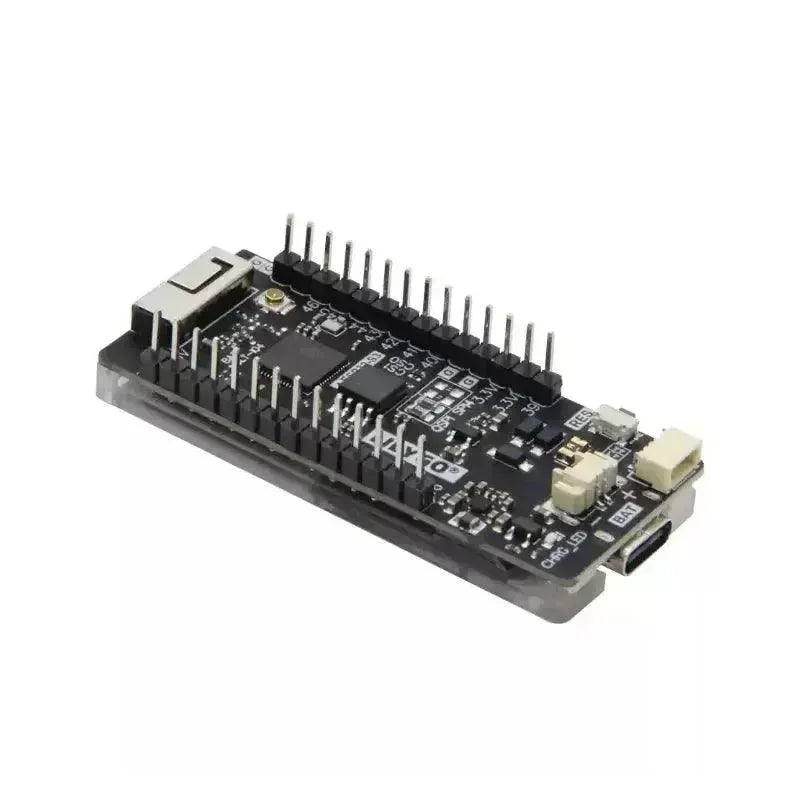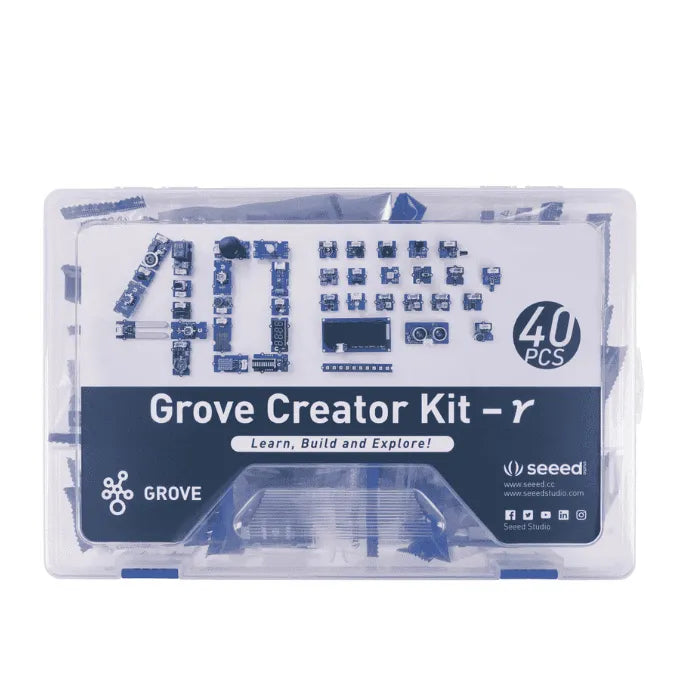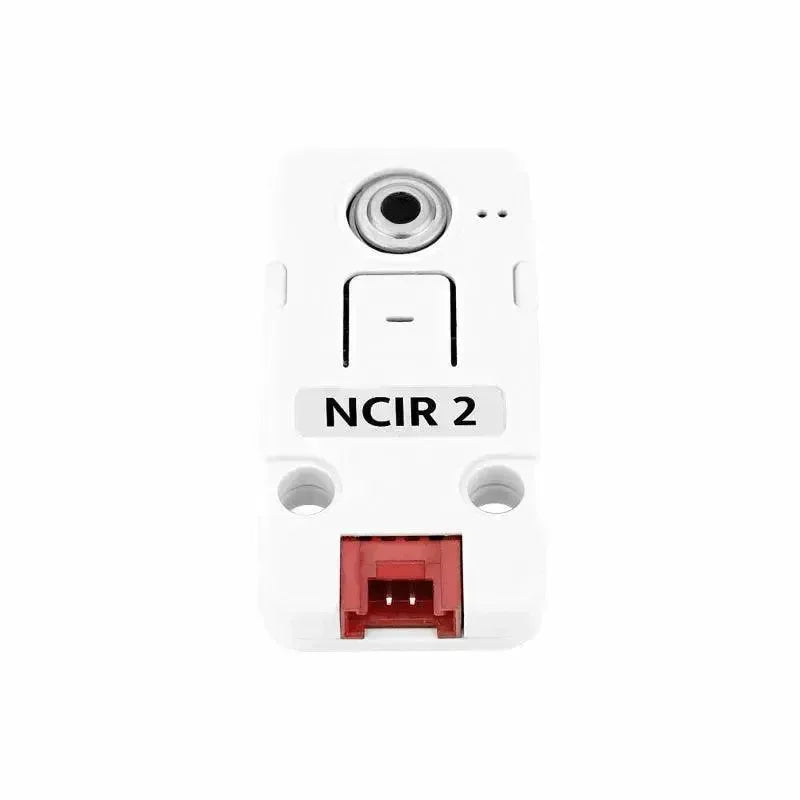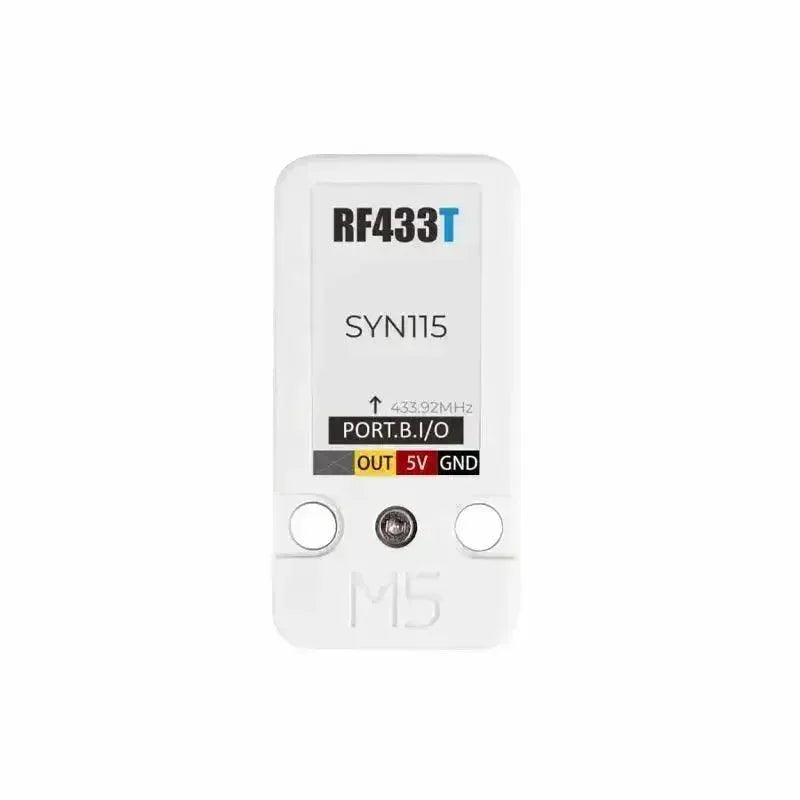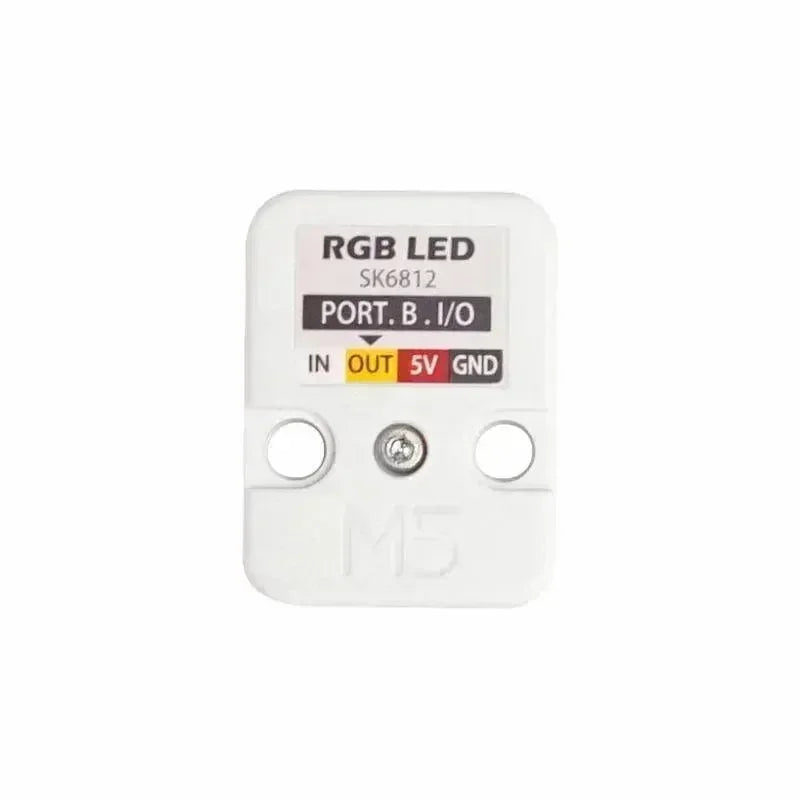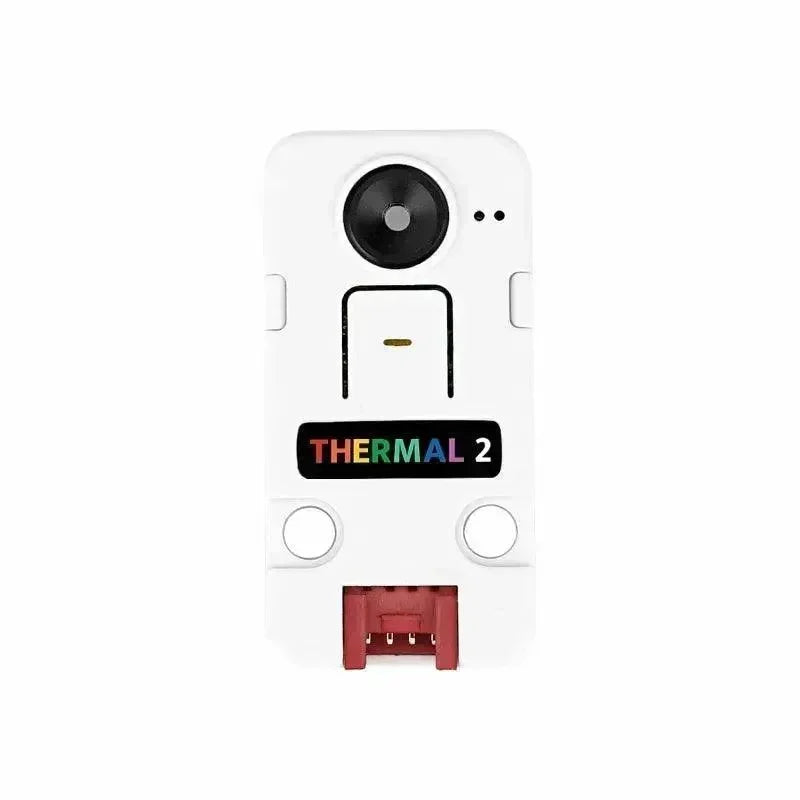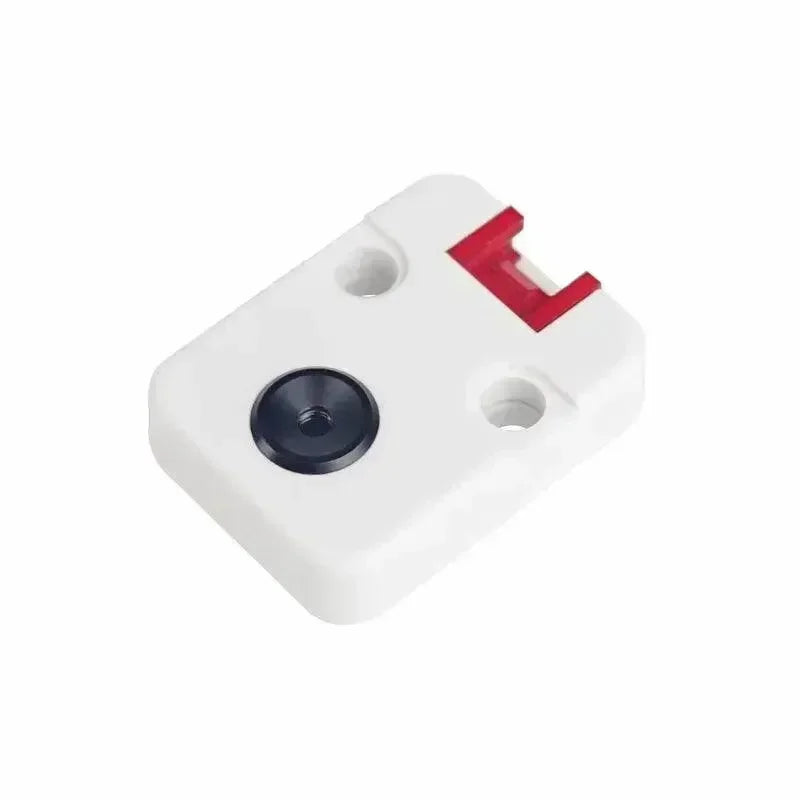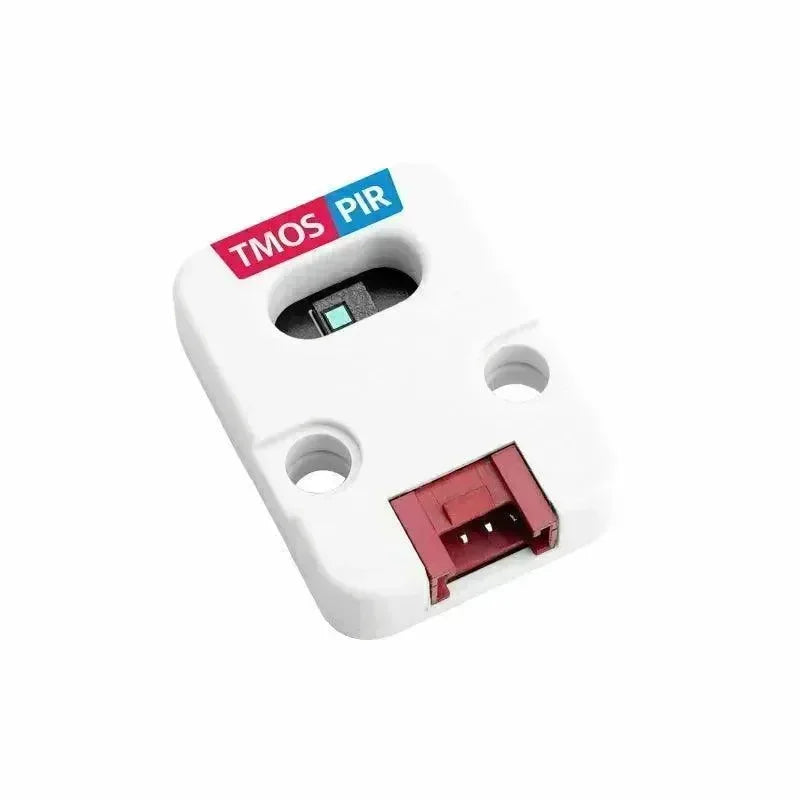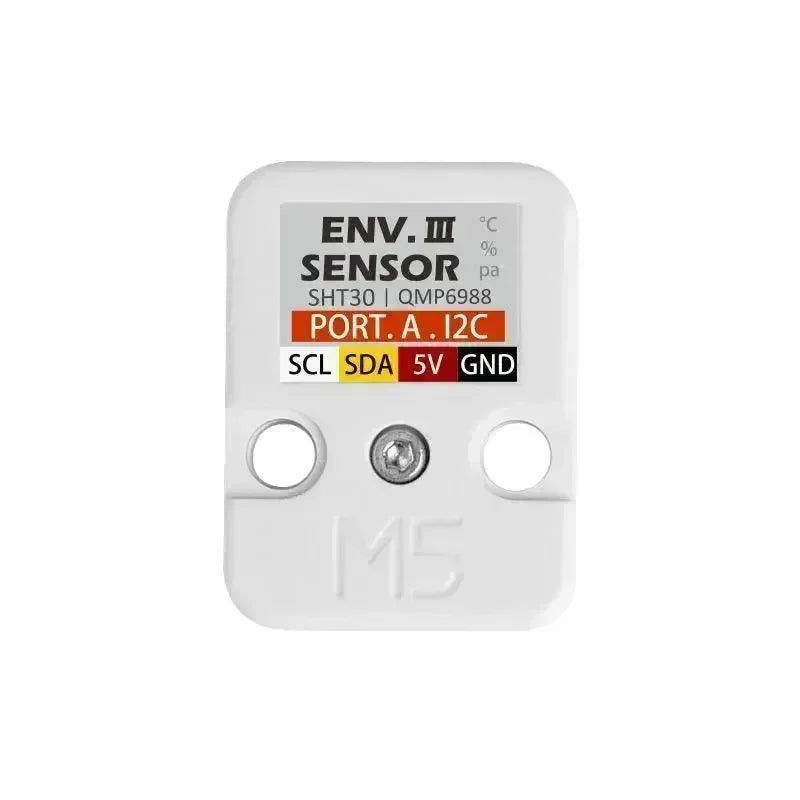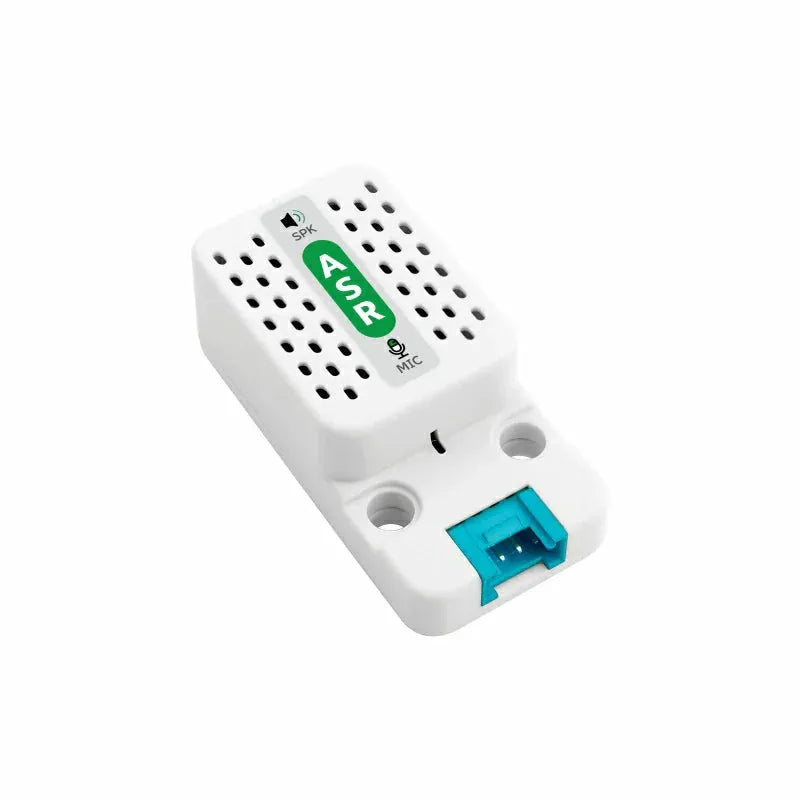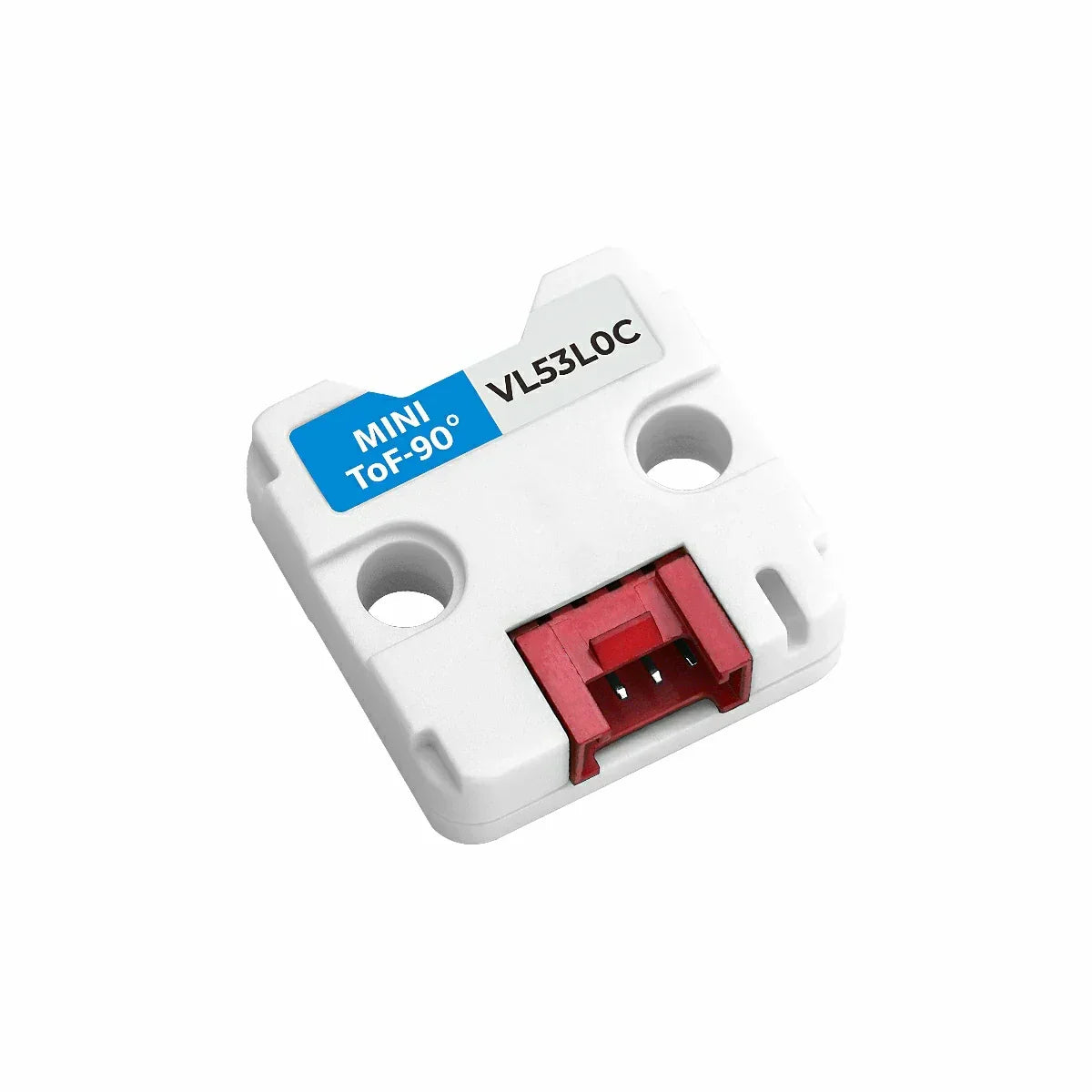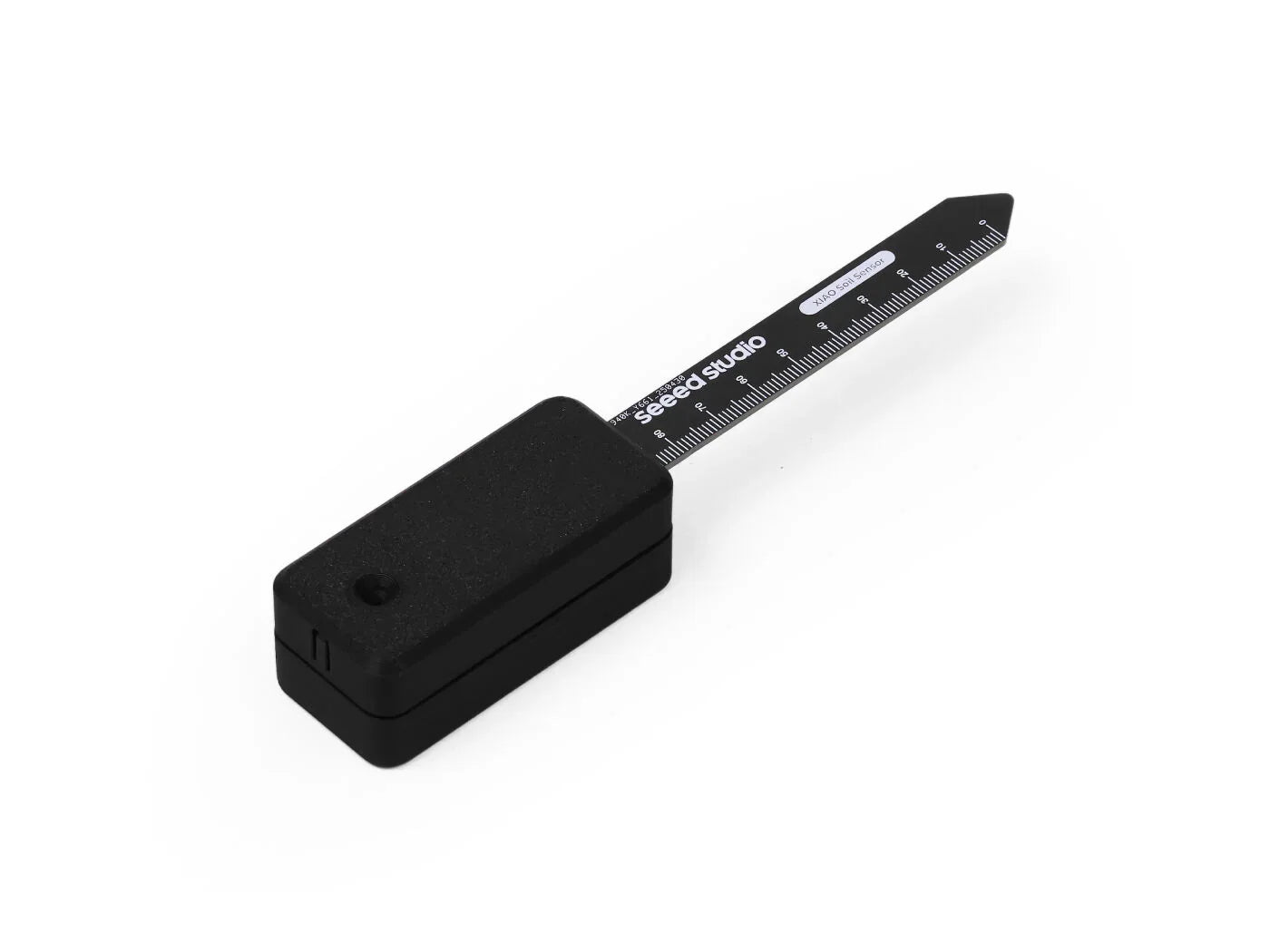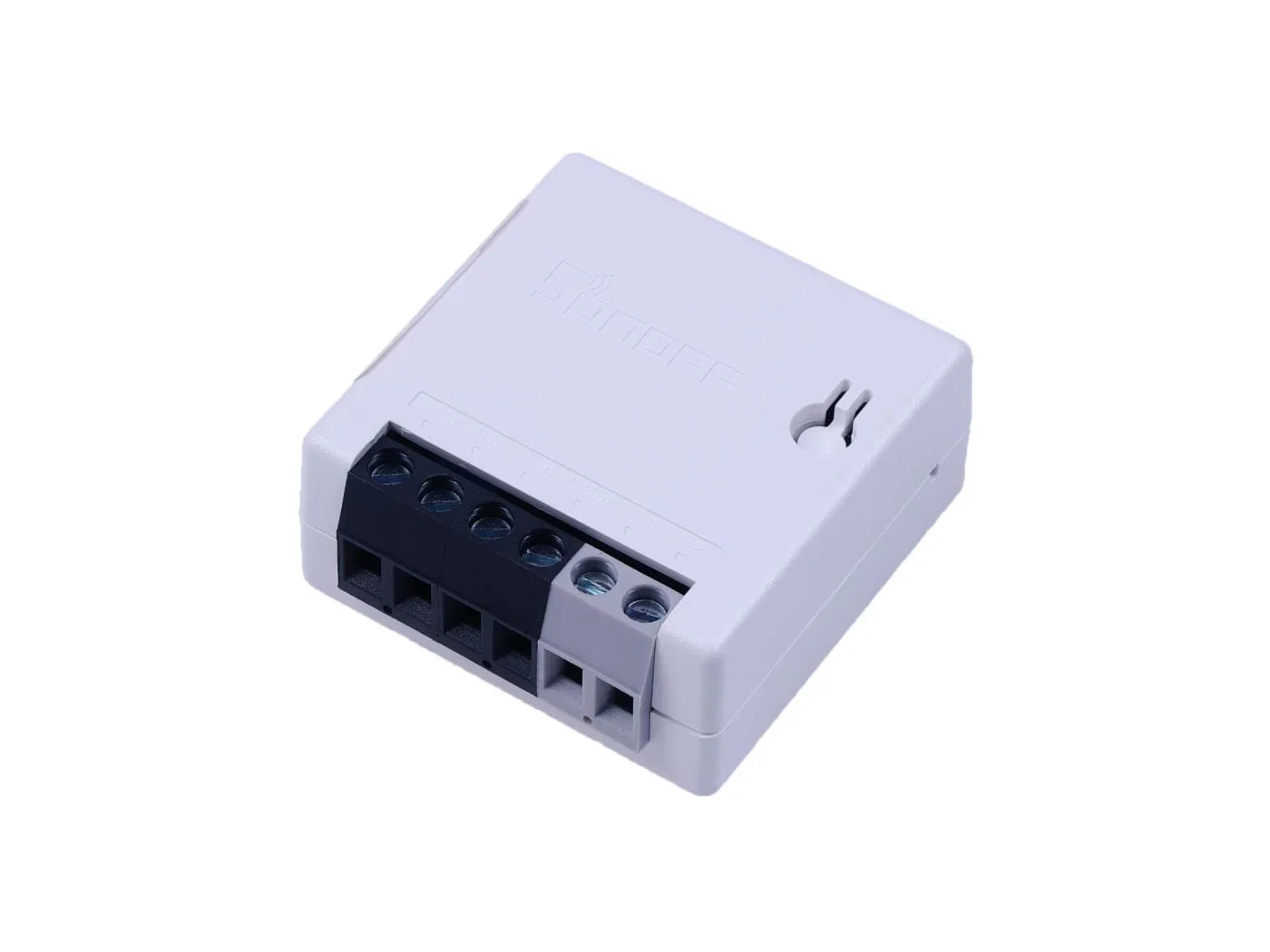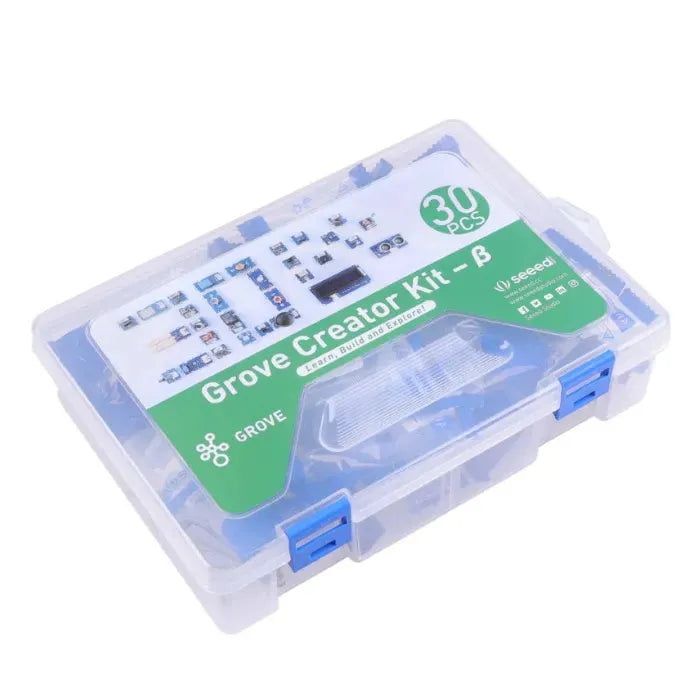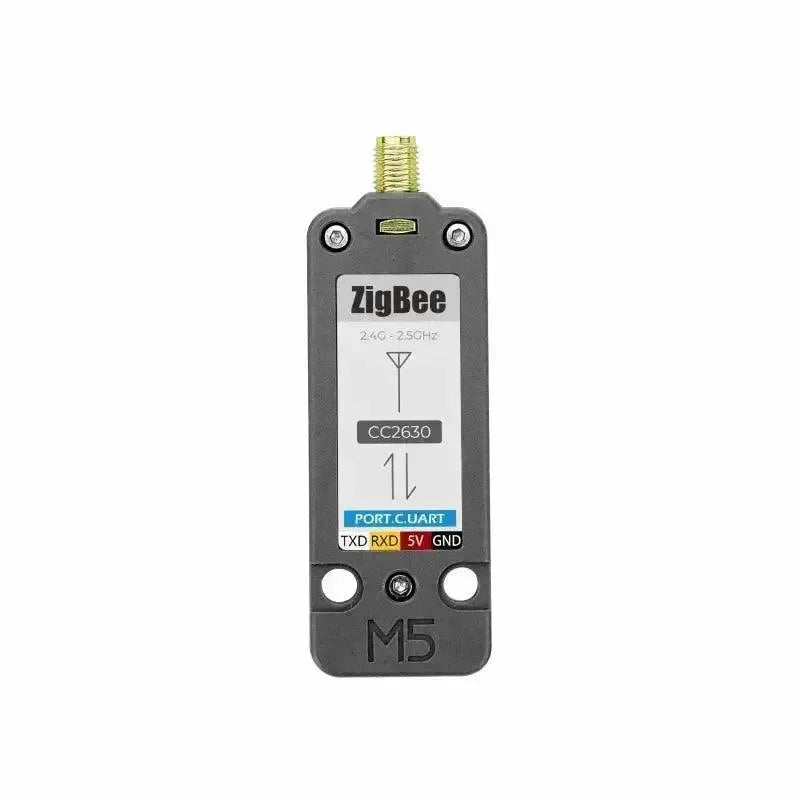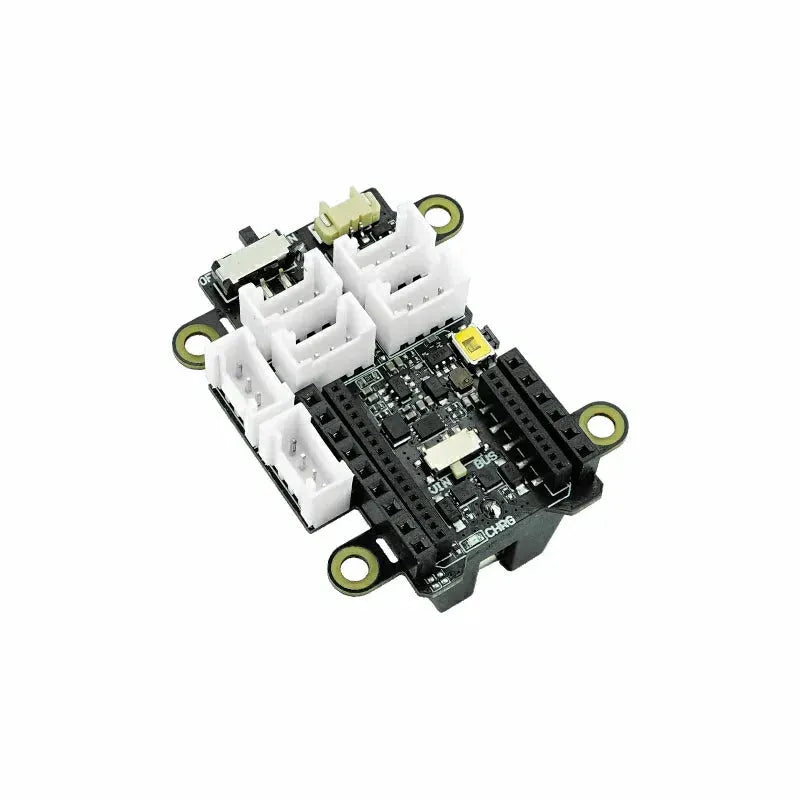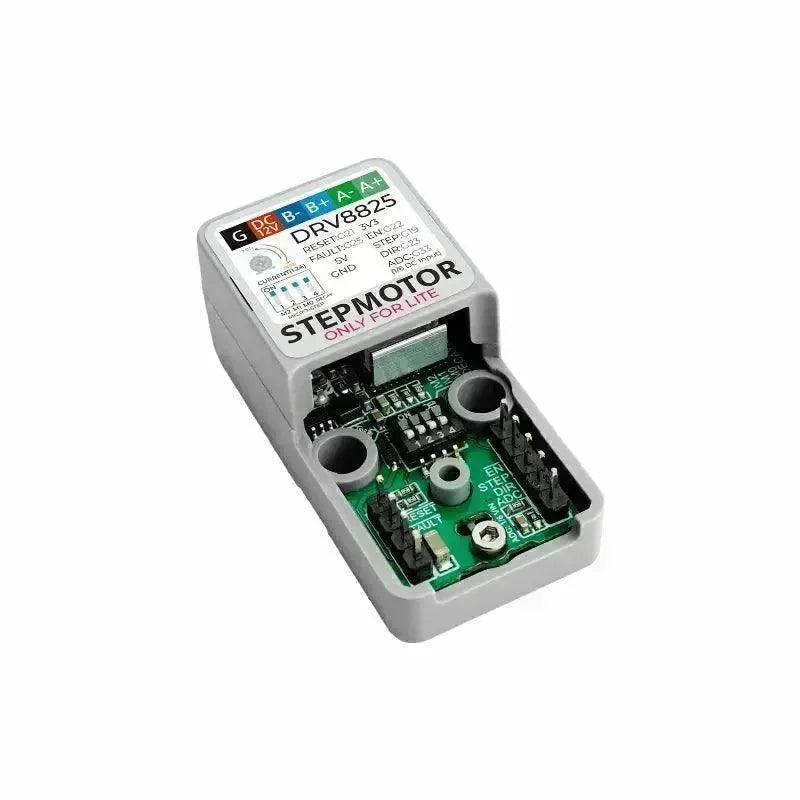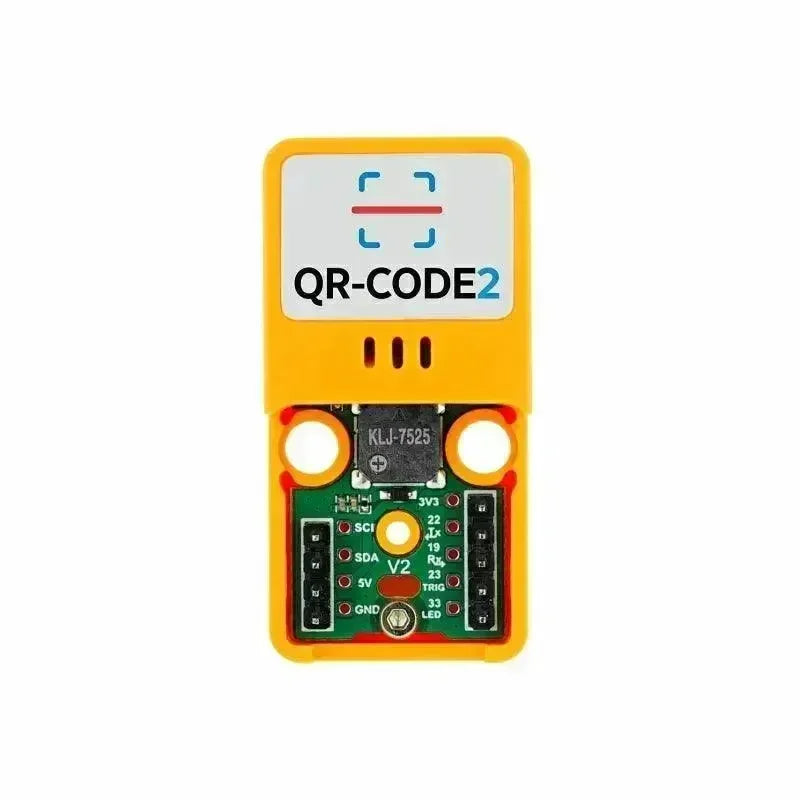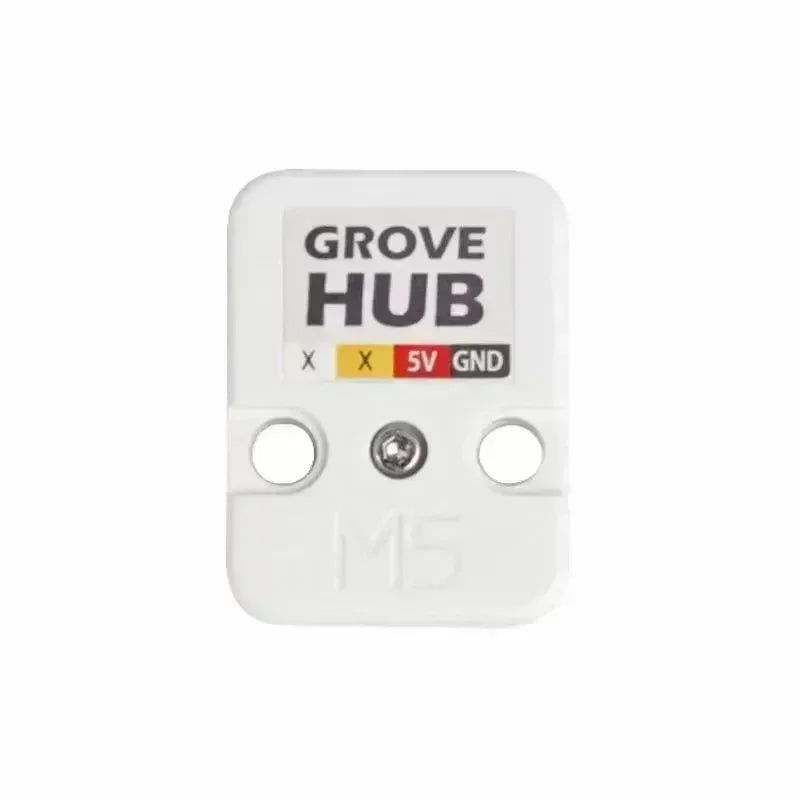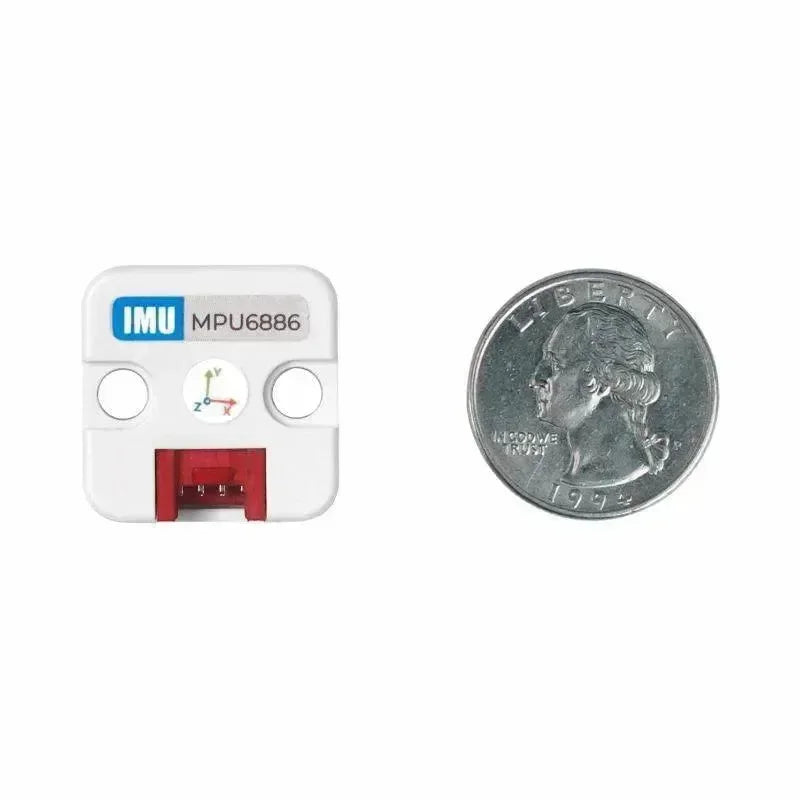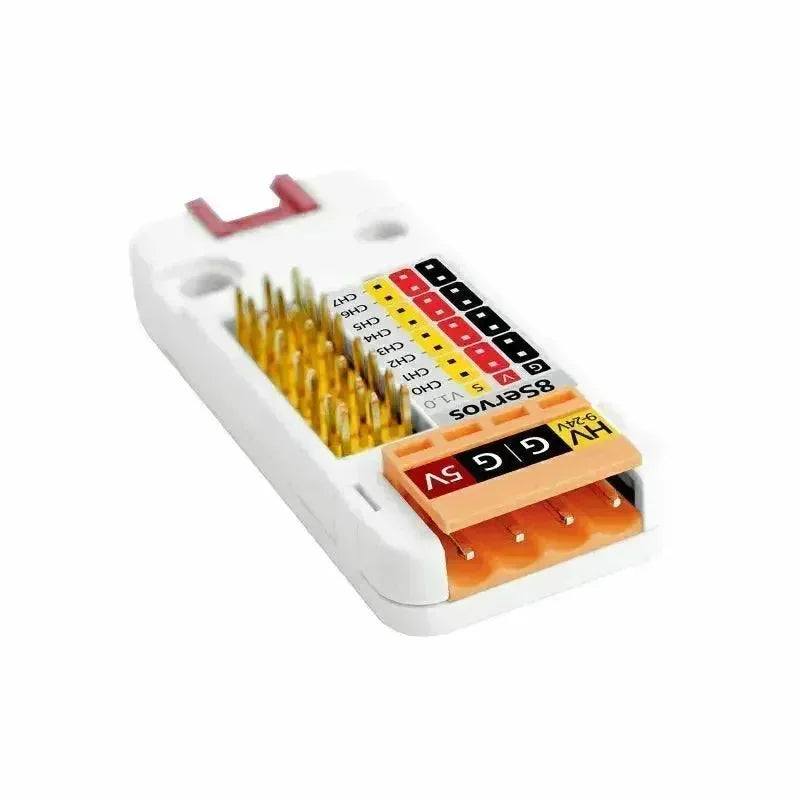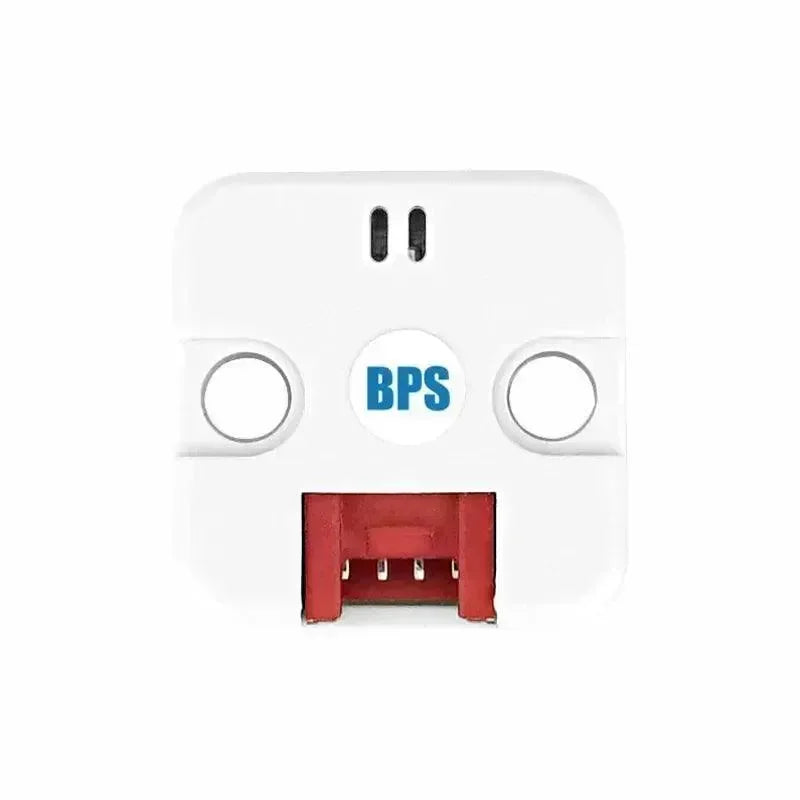
🏠 What is Home Assistant?
Home Assistant is an open-source smart home hub that lets you connect and control devices from different brands and protocols all in one place. Manage lights, climate, security systems, sensors, and more — all through a single platform. Its key advantage is local operation, meaning your data stays in your home for faster performance and greater privacy.
✨ What It Can Do
| Feature | Description |
|---|---|
| 📡 Centralized Device Management | Supports 3,300+ integrations. Control lights, locks, cameras, climate systems, and more from one interface. |
| ⚙️ Powerful Automation | Trigger devices by time, environmental conditions, or actions — like turning on lights and disabling alarms when you arrive home. |
| 🎙️ Voice Control | Works with Alexa and Google Assistant, or use the built-in private voice assistant, Assist. |
| 🔋 Energy Monitoring | Track real-time energy usage, optimize consumption, and reduce your bills. |
| 🎨 Highly Customizable | Tailor dashboards and automation logic to match your lifestyle. |
Step 1 — Choose Your Hardware

Home Assistant Green
Plug‑and‑play smart home hub with Home Assistant OS pre‑installed — perfect for beginners.
Price: €167.94

Raspberry Pi 4
Great budget gateway for light‑to‑medium smart homes. Runs Home Assistant OS smoothly for typical automations and Zigbee/Matter bridges.
Price: €76.74

Raspberry Pi 5 Starter Kit
Install Home Assistant on Raspberry Pi — a low‑cost DIY route to get started and gain hands‑on experience.
Price: €179.94
Step 2 – Install ESPHome
⚡ ESPHome is an open‑source firmware framework that simplifies turning ESP32, ESP8266, or RP2040 boards into powerful, locally‑controlled smart home devices.
Using simple 📝 YAML configuration files instead of complex C++ code, you can:
• 🛠️ Create custom smart home devices tailored to your needs
• 🔗 Integrate seamlessly with Home Assistant for a unified experience
• 🌐 Control and monitor devices via web, API, or MQTT
• 🤖 Automate with powerful on‑device logic
• 📡 Update firmware wirelessly with Over‑The‑Air (OTA) updates
With support for 📊 hundreds of sensors, displays, and components — and ☁️❌ no cloud dependency — ESPHome lets you focus on building your smart home exactly how you want it.
How to Install ESPHome
Step 3 — Choose Your Voice Controller
Step 4 — Choose Your Controller (Control‑side Devices)
Step 5 — Choose Your Sensors (Sensing‑side Devices)
Products for Home Assistant

Compatto ma potente, l'XIAO ESP32‑C6 combina Wi‑Fi 6, Bluetooth 5, Thread e Zigbee in una scheda RISC‑V dual‑core grande quanto un pollice — perfetta per integrazioni embedded. Con supporto nativo per Matter ed ESPHome, si integra perfettamente nel tuo ecosistema Home Assistant per aggiungere sensori, trigger o endpoint di automazione con una configurazione minima.
Usi tipici in Home Assistant:
- Sensori ambientali e di occupazione
- Pulsanti wireless o pannelli di controllo
- Bridge Thread/Zigbee per dispositivi esistenti
- Nodi remoti a basso consumo per la raccolta dati

Alimentato da un processore dual‑core ESP32 con Wi‑Fi e Bluetooth integrati, il M5Stack Core2 dispone di un display capacitivo da 2,0 pollici, pulsanti virtuali, feedback aptico, altoparlante, RTC, sensore IMU a 6 assi e microfono.
Con ESPHome o MQTT, si collega a Home Assistant in pochi minuti, consentendo un controllo smart home veloce, locale e affidabile.
Perché è ottimo per Home Assistant
- 📱 Interazione touch — visualizza dashboard personalizzate, interruttori, scene o dati in tempo reale direttamente sullo schermo
- 🎛 Molteplici metodi di input — pulsanti virtuali, gesti e zone touch per attivare automazioni
- 🔊 Audio e feedback aptico — altoparlante integrato e motore di vibrazione per avvisi, campanelli e notifiche
- 🔌 Espandibile — porta Grove, slot per scheda TF, audio I2S per sensori e periferiche
- 🔋 Posizionamento flessibile — batteria ricaricabile integrata per uso wireless ovunque in casa

Il M5Stack Dial v1.1 è un dispositivo di controllo compatto e ricco di funzionalità costruito attorno al ESP32‑S3. Con il suo display touch TFT rotondo da 1,28″, l'encoder rotativo ad alta precisione e il modulo RFID, offre sia un feedback visivo che un controllo tattile per il tuo setup Home Assistant.
Perfetto per Home Assistant perché offre:
- Integrazione rapida tramite ESPHome, MQTT o firmware personalizzato
- Controllo multi-input: gesti touch, manopola rotativa e pulsanti sotto lo schermo
- Dashboard visive e dati in tempo reale direttamente sul display rotondo
- Trigger del dispositivo usando il lettore RFID integrato per azioni sicure e senza contatto
- Posizionamento flessibile con ingresso DC 6–36 V o alimentazione opzionale a batteria
- Espansione facile tramite porte Grove per sensori, relè o altre periferiche

